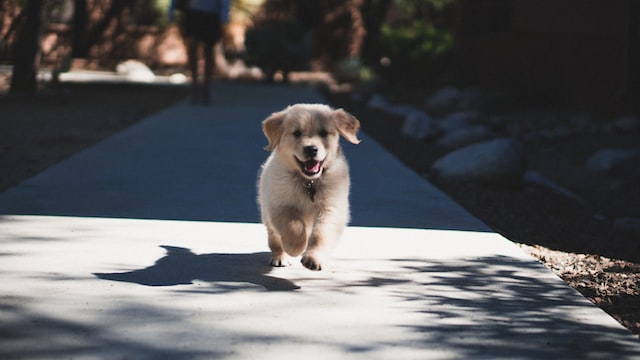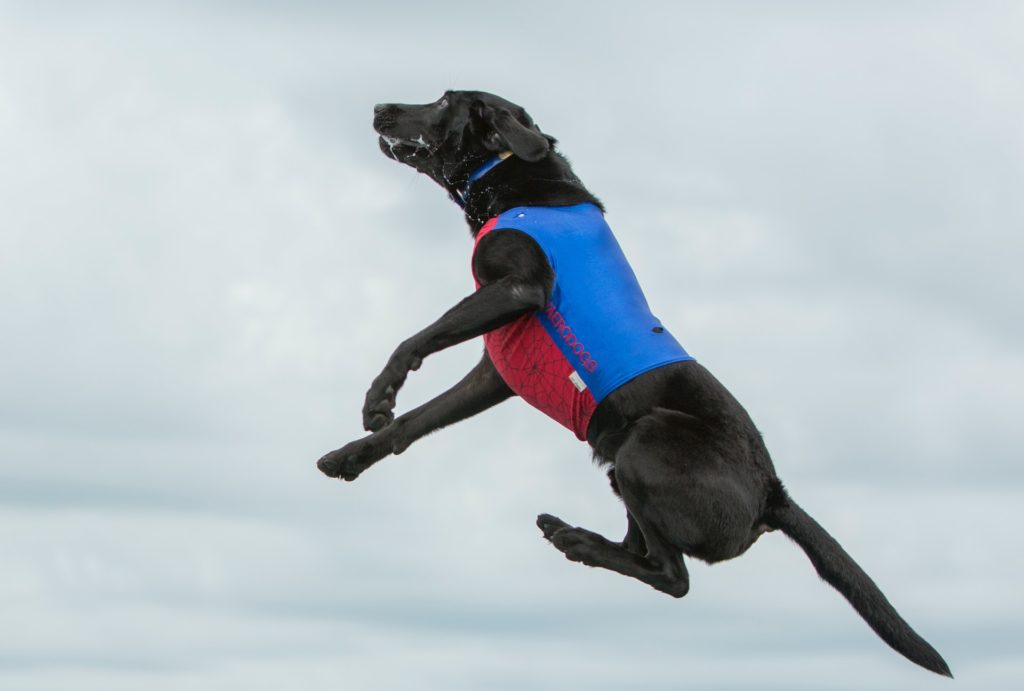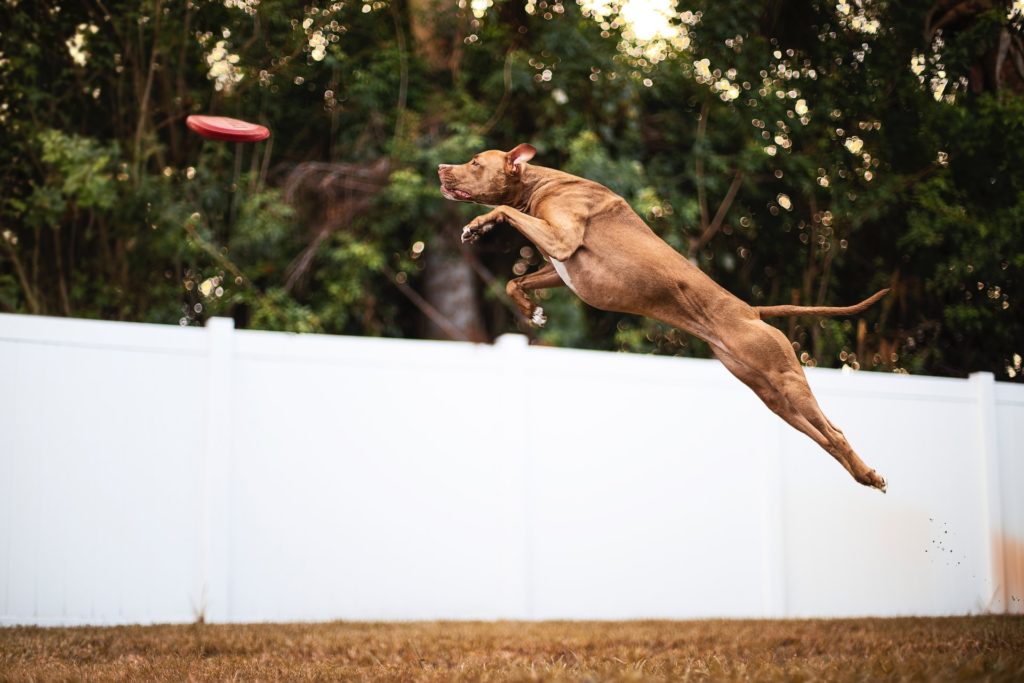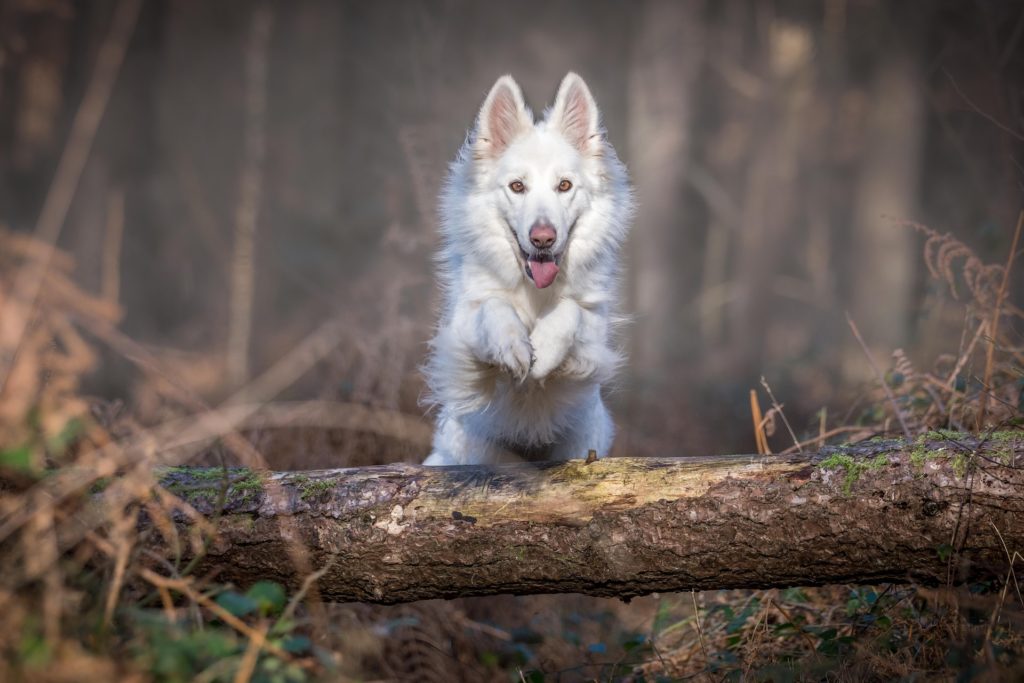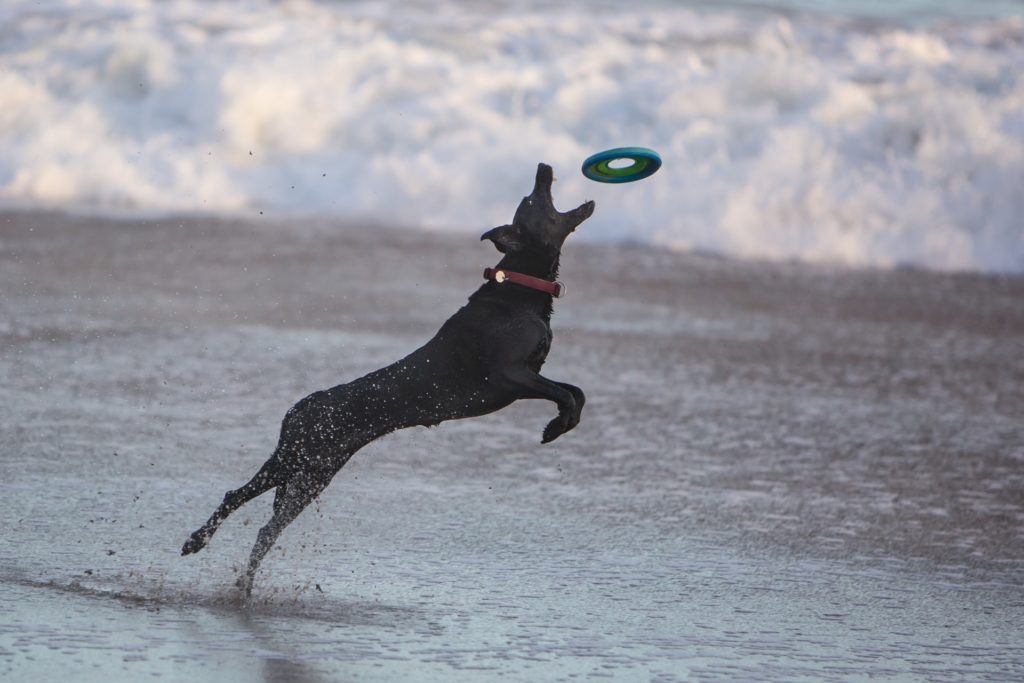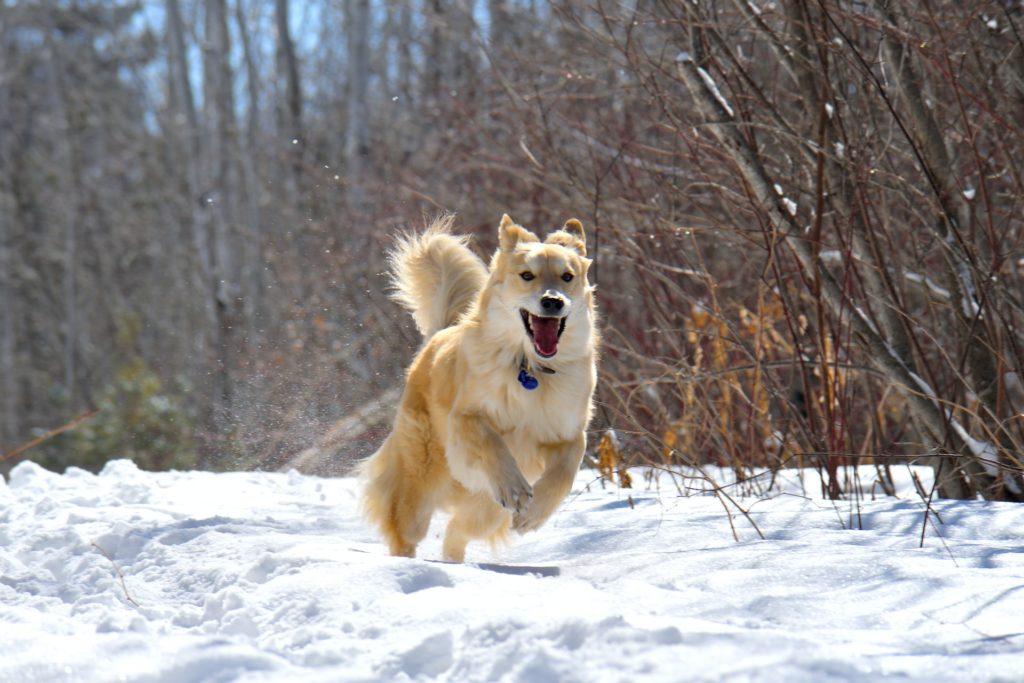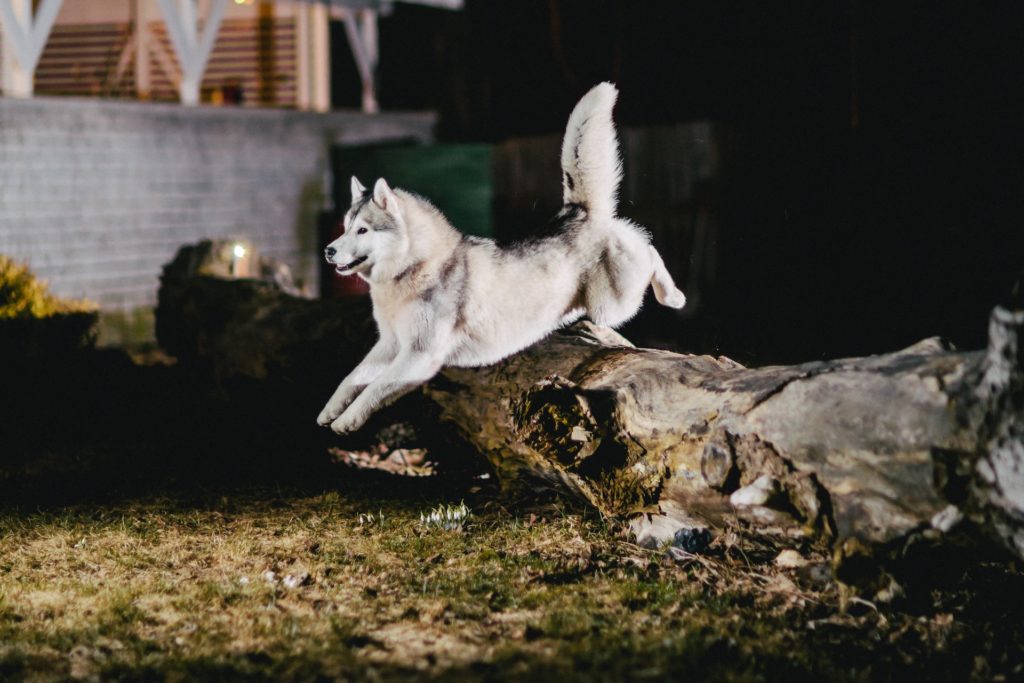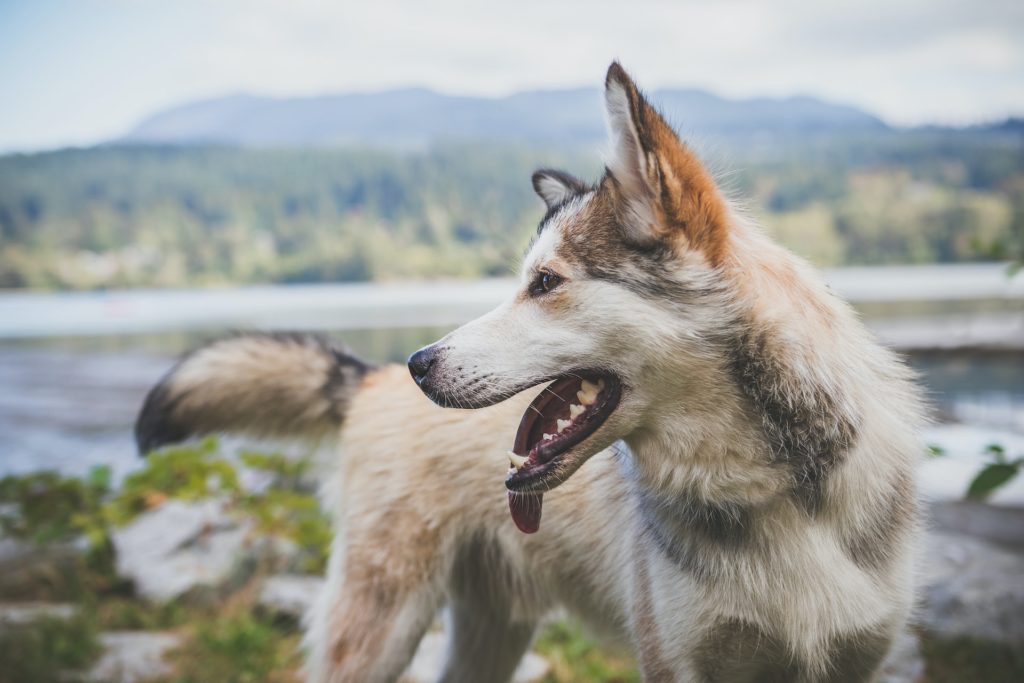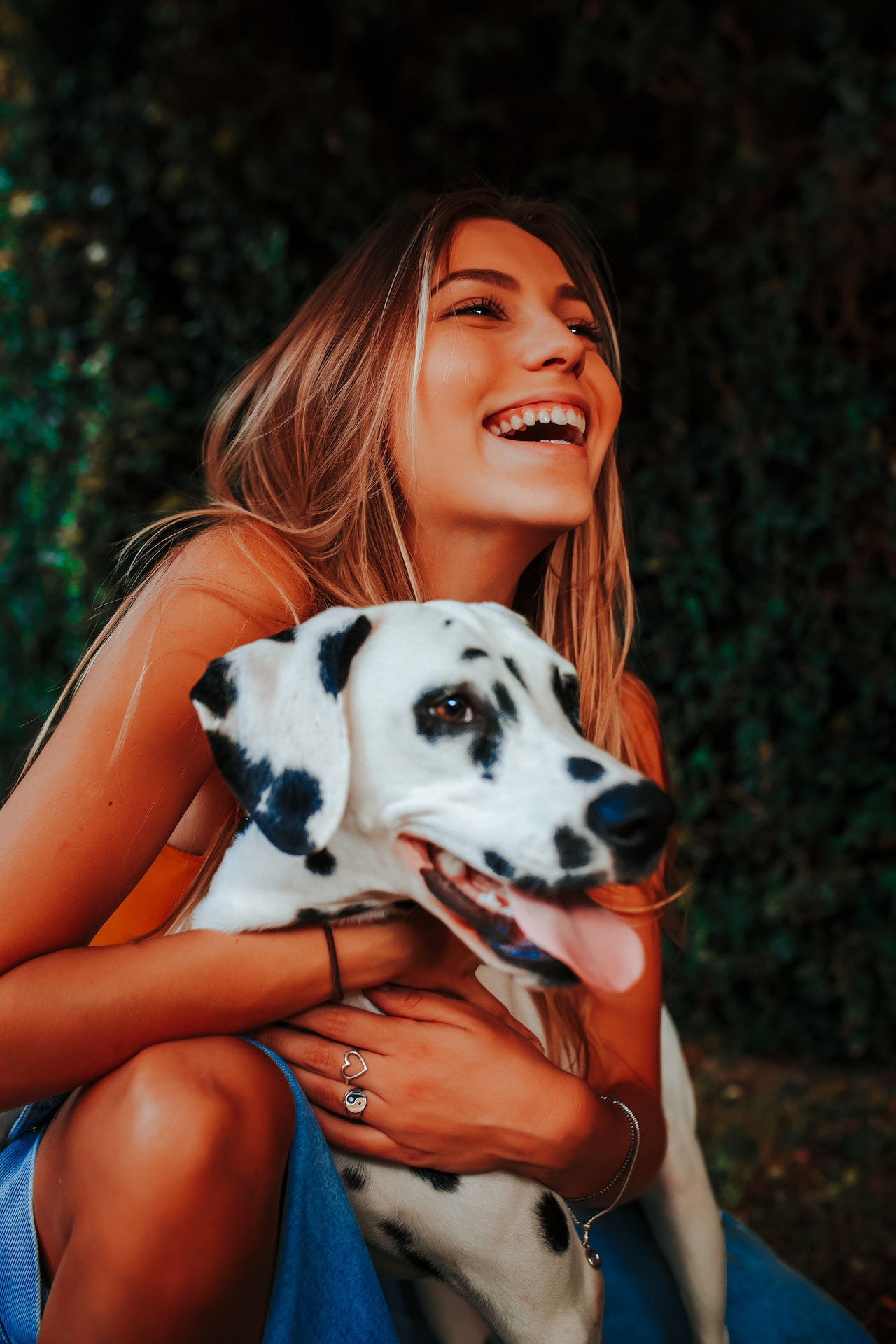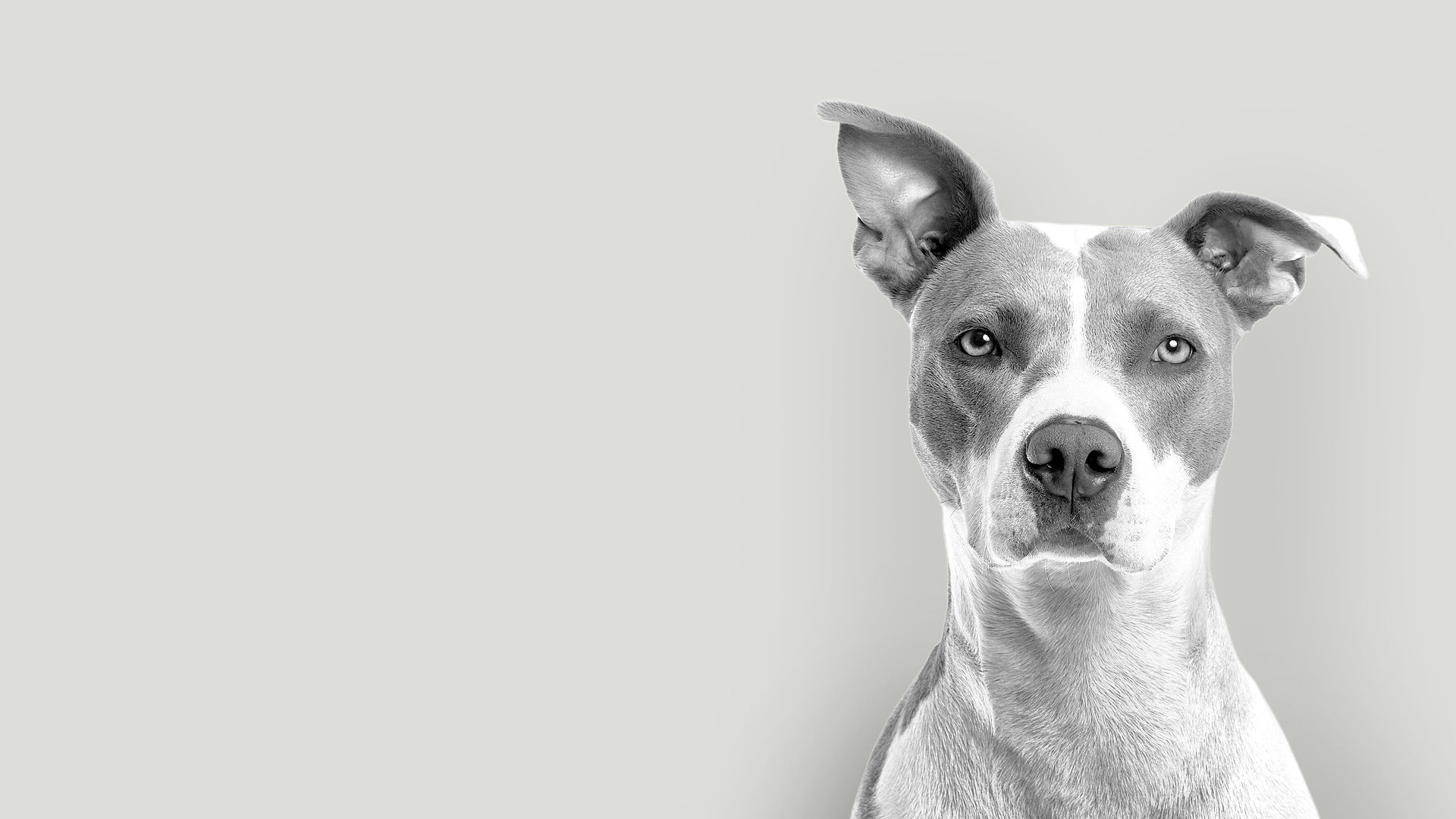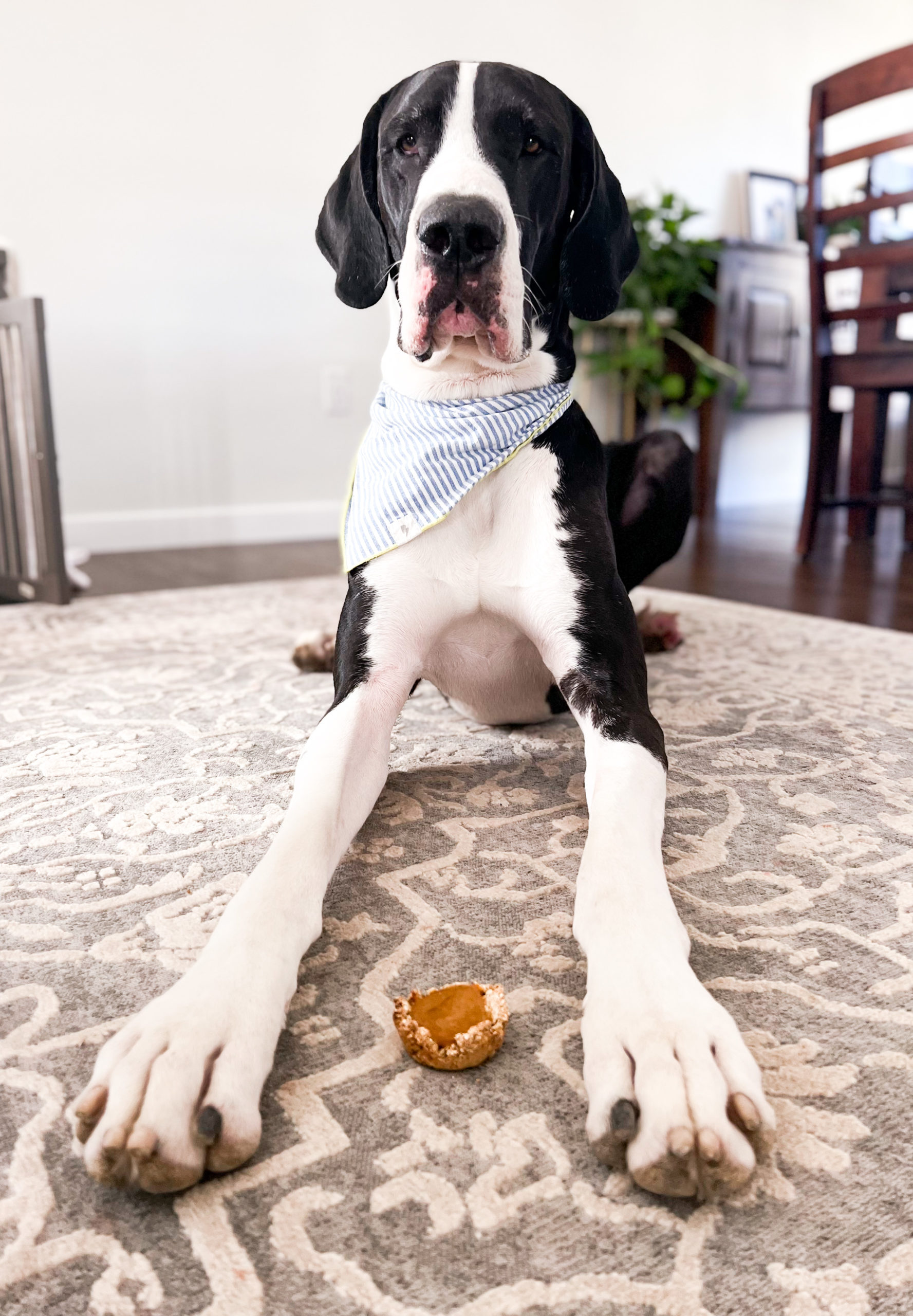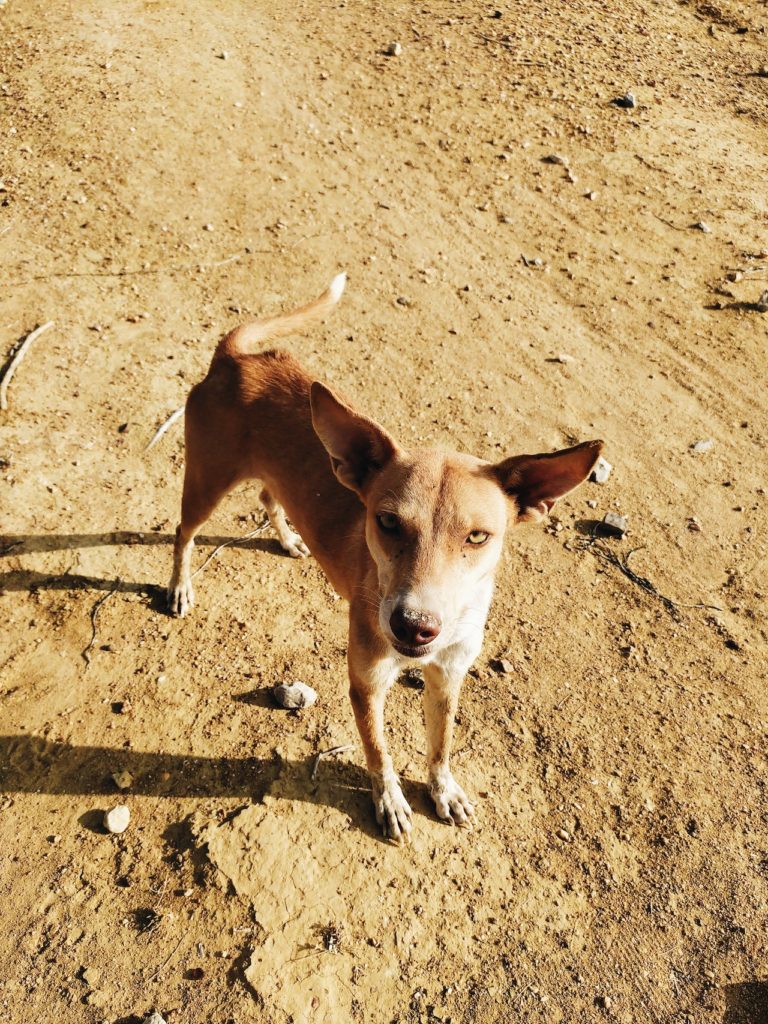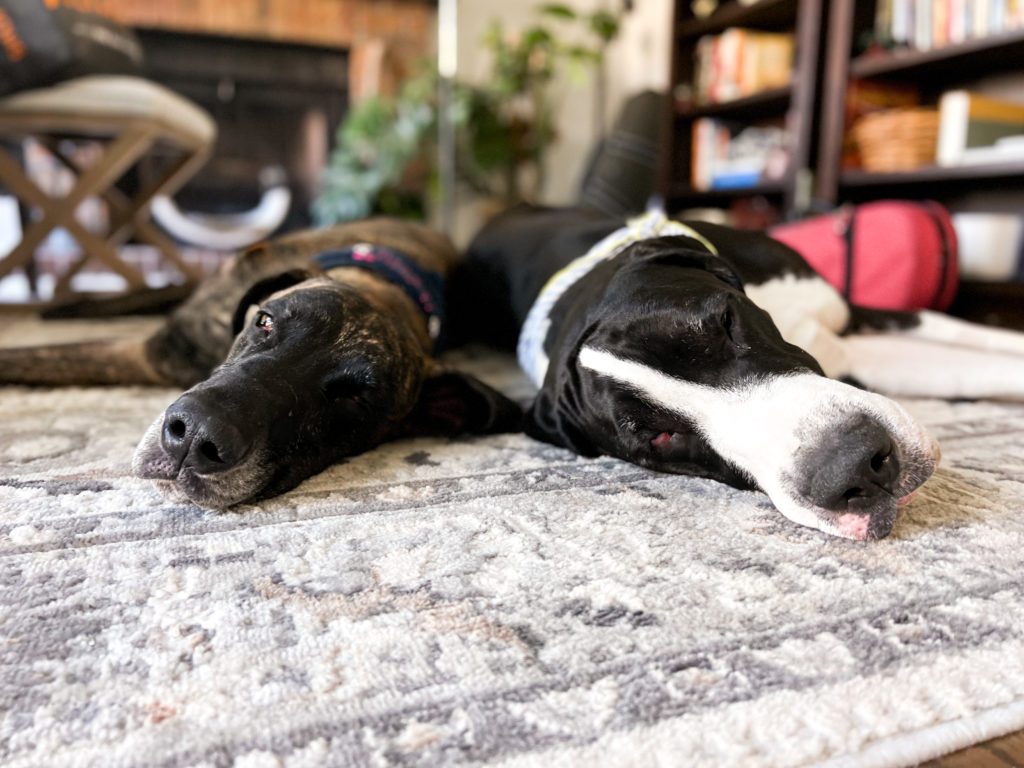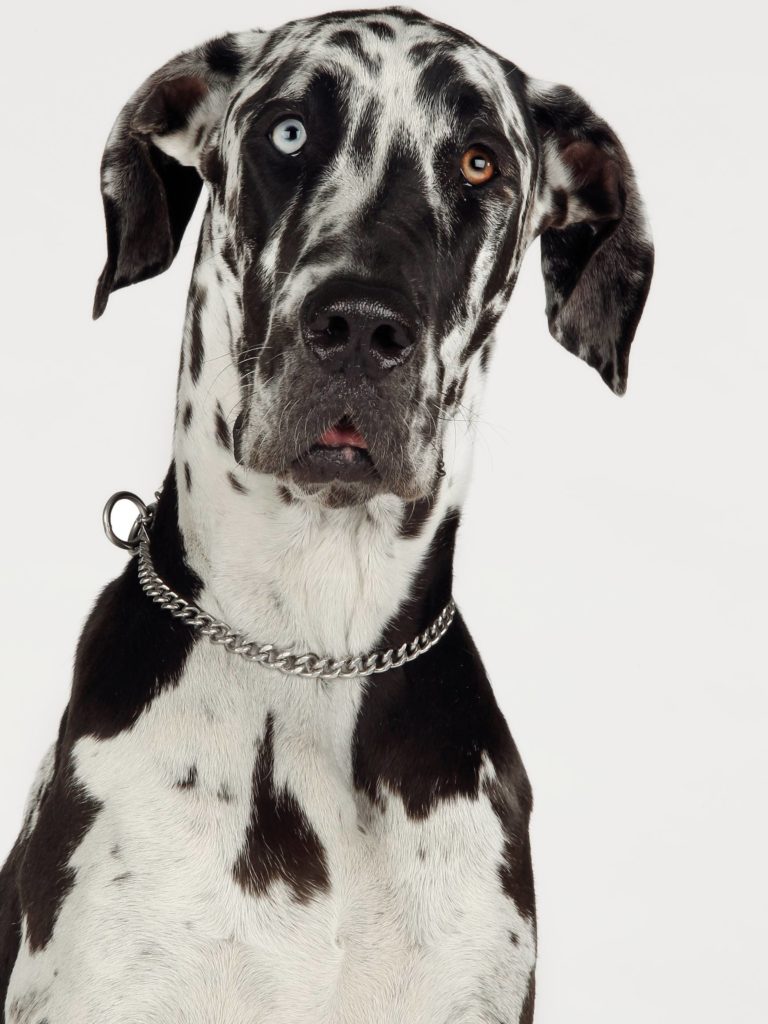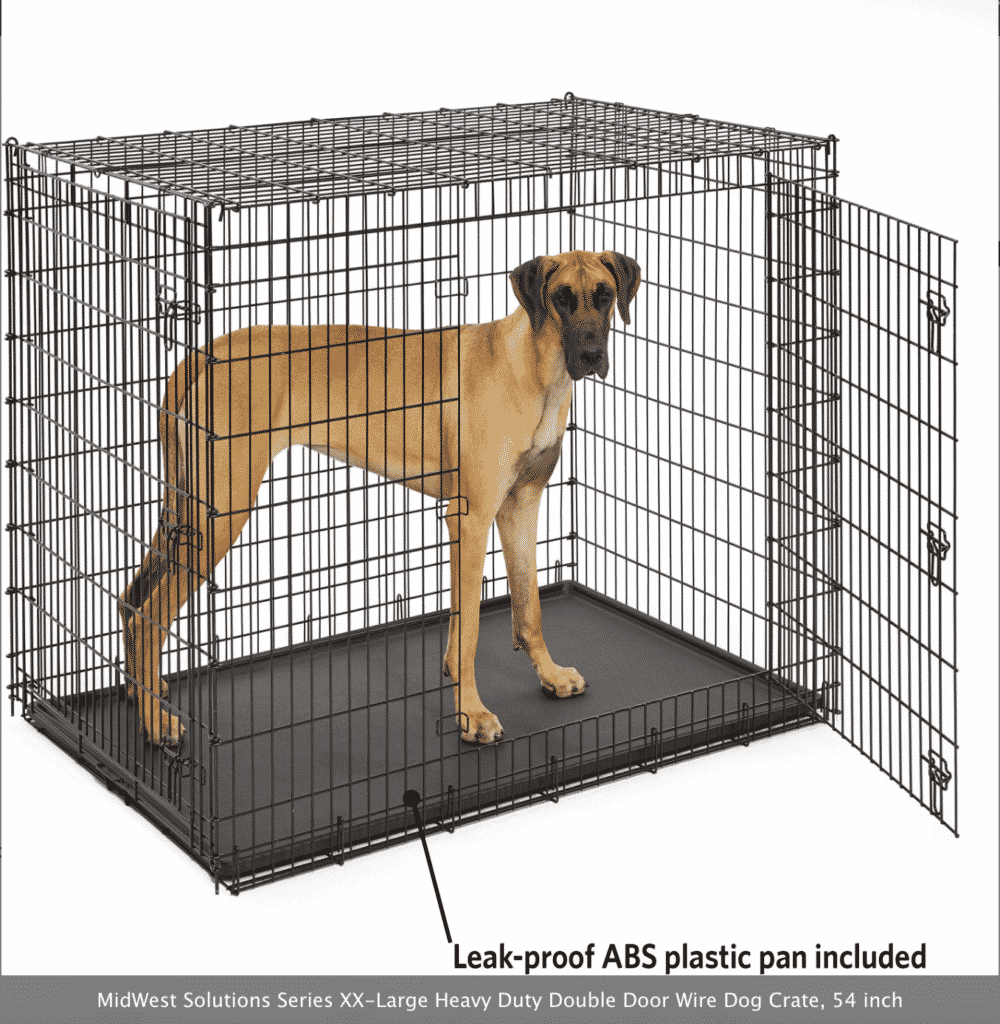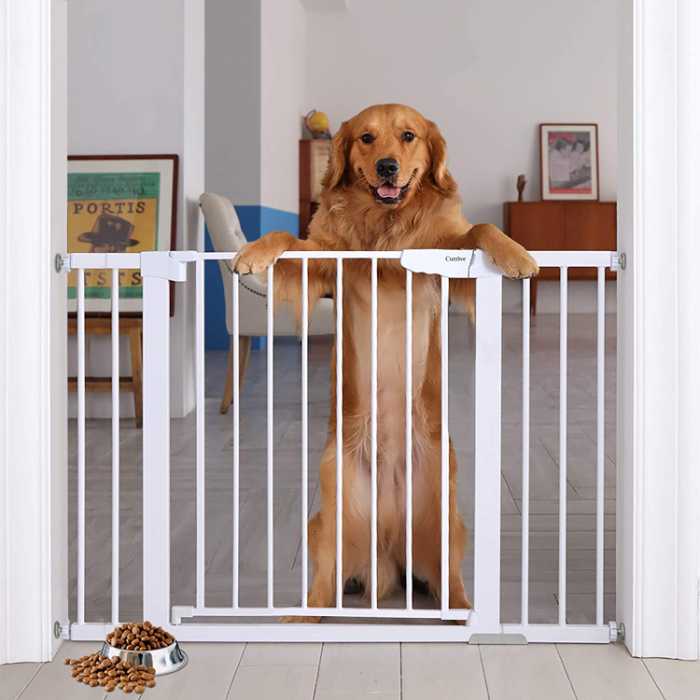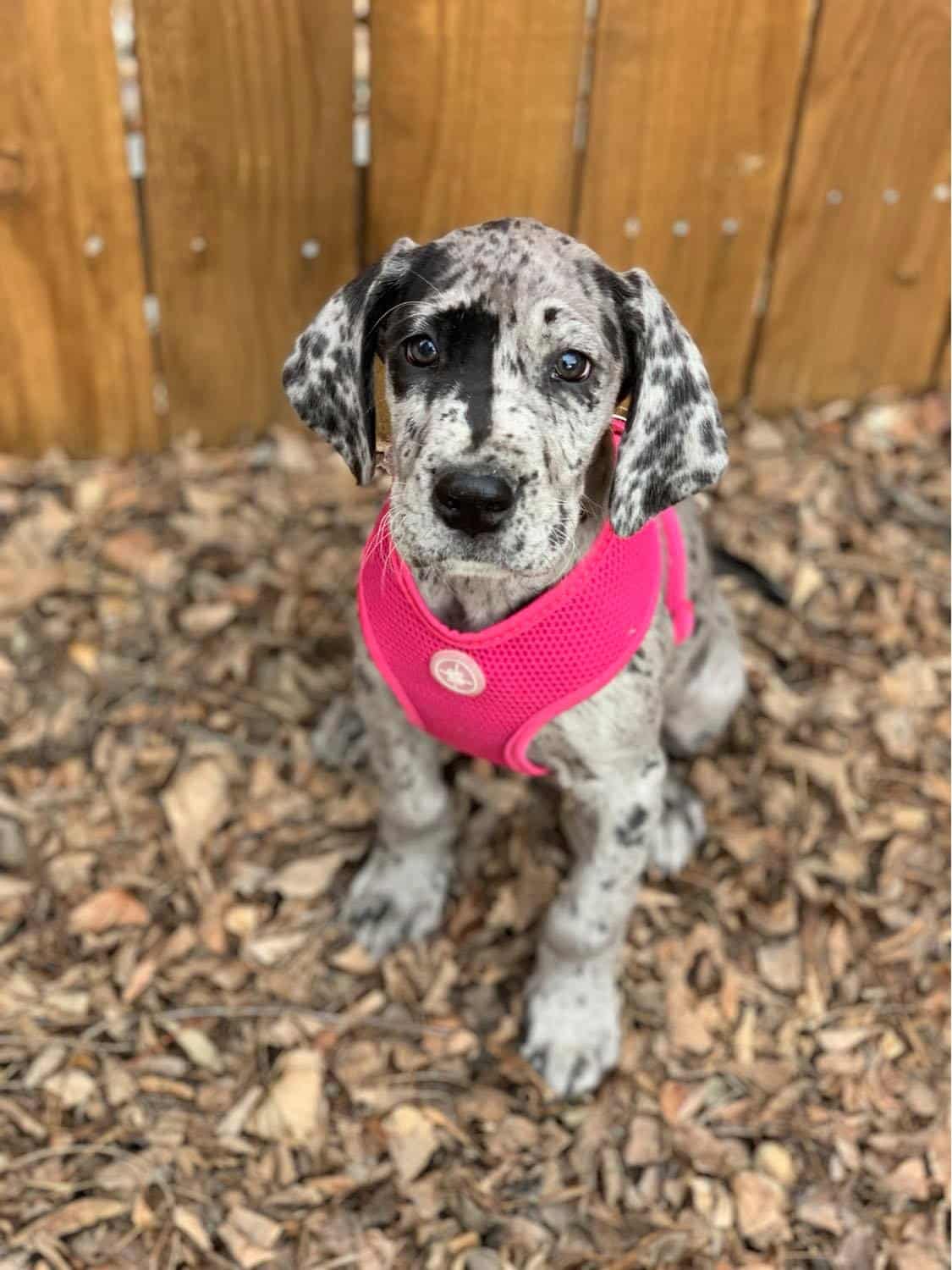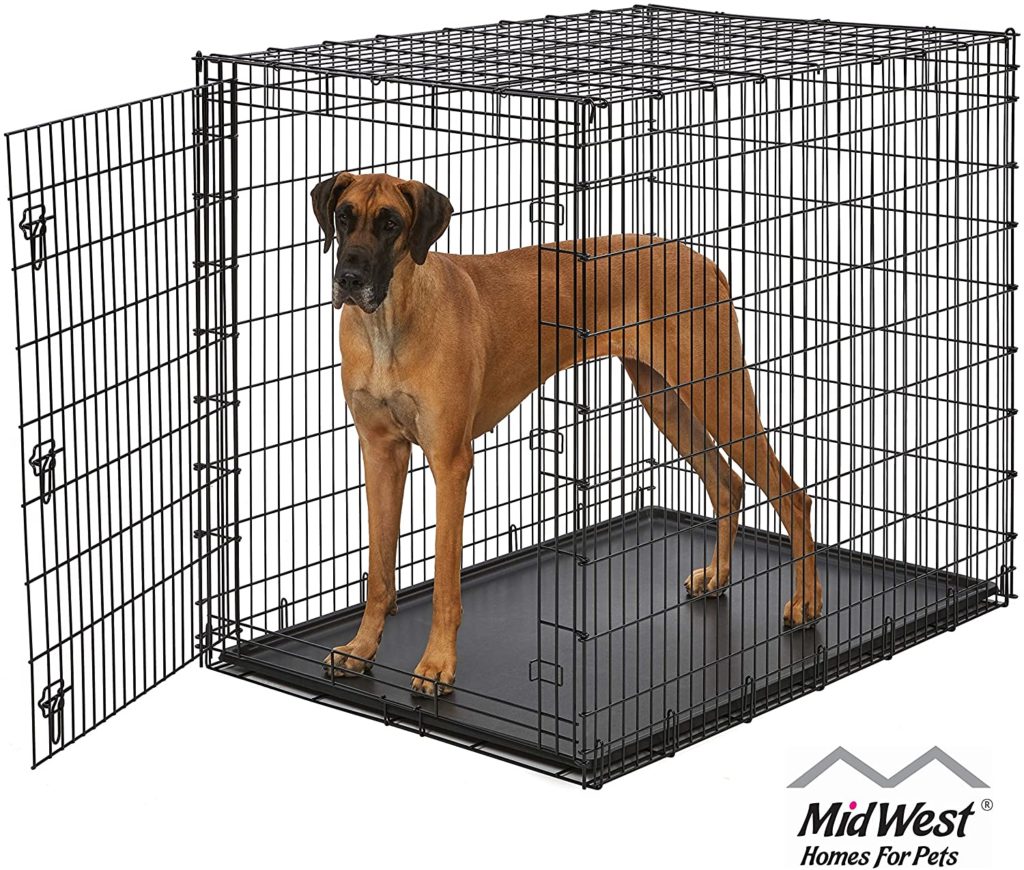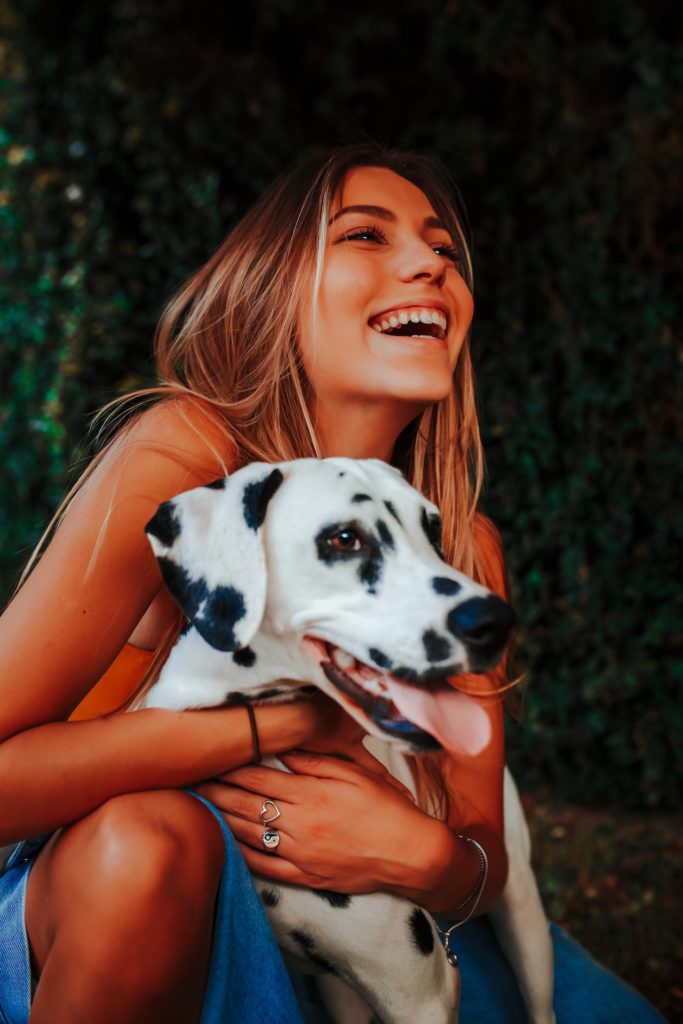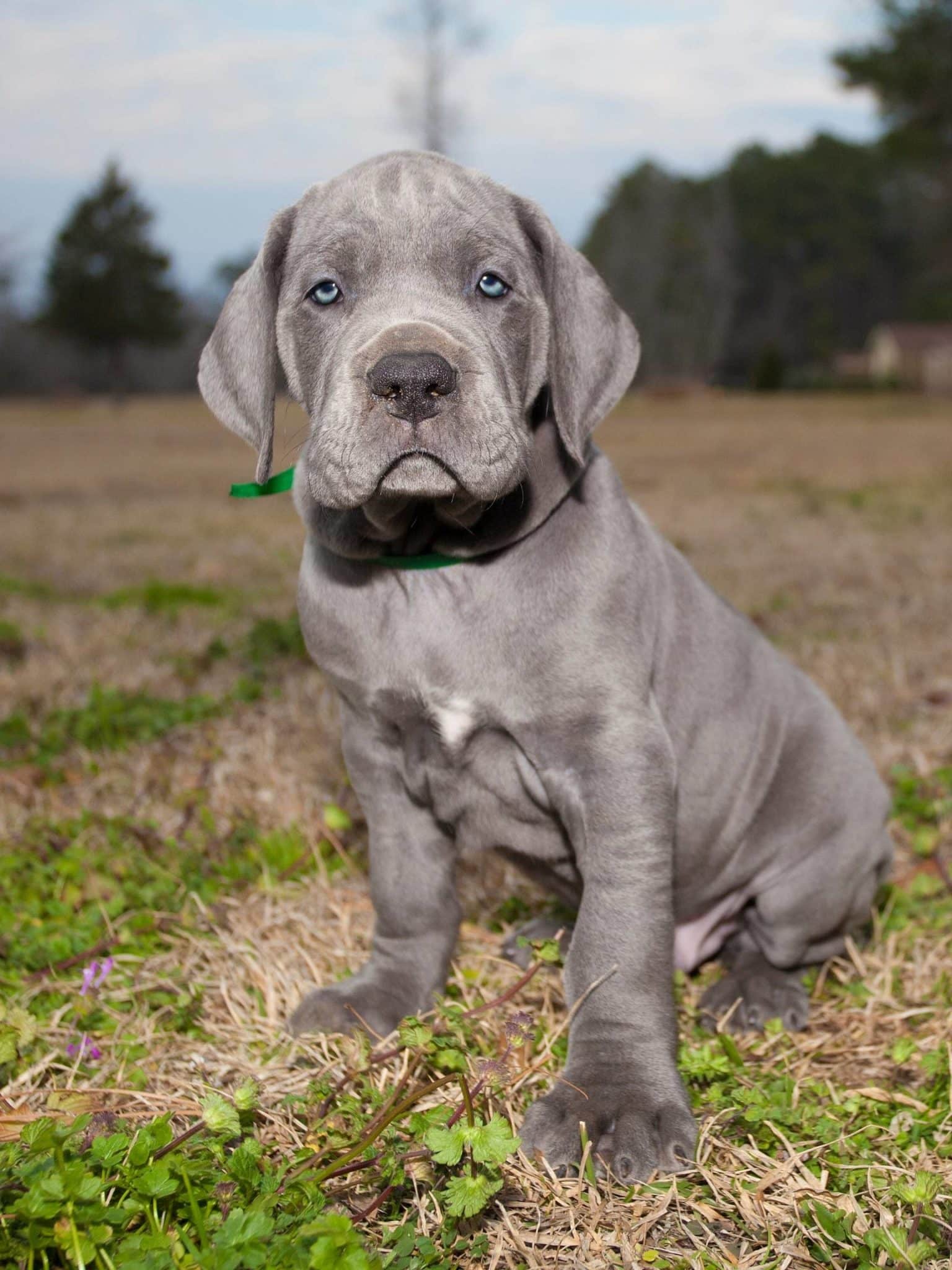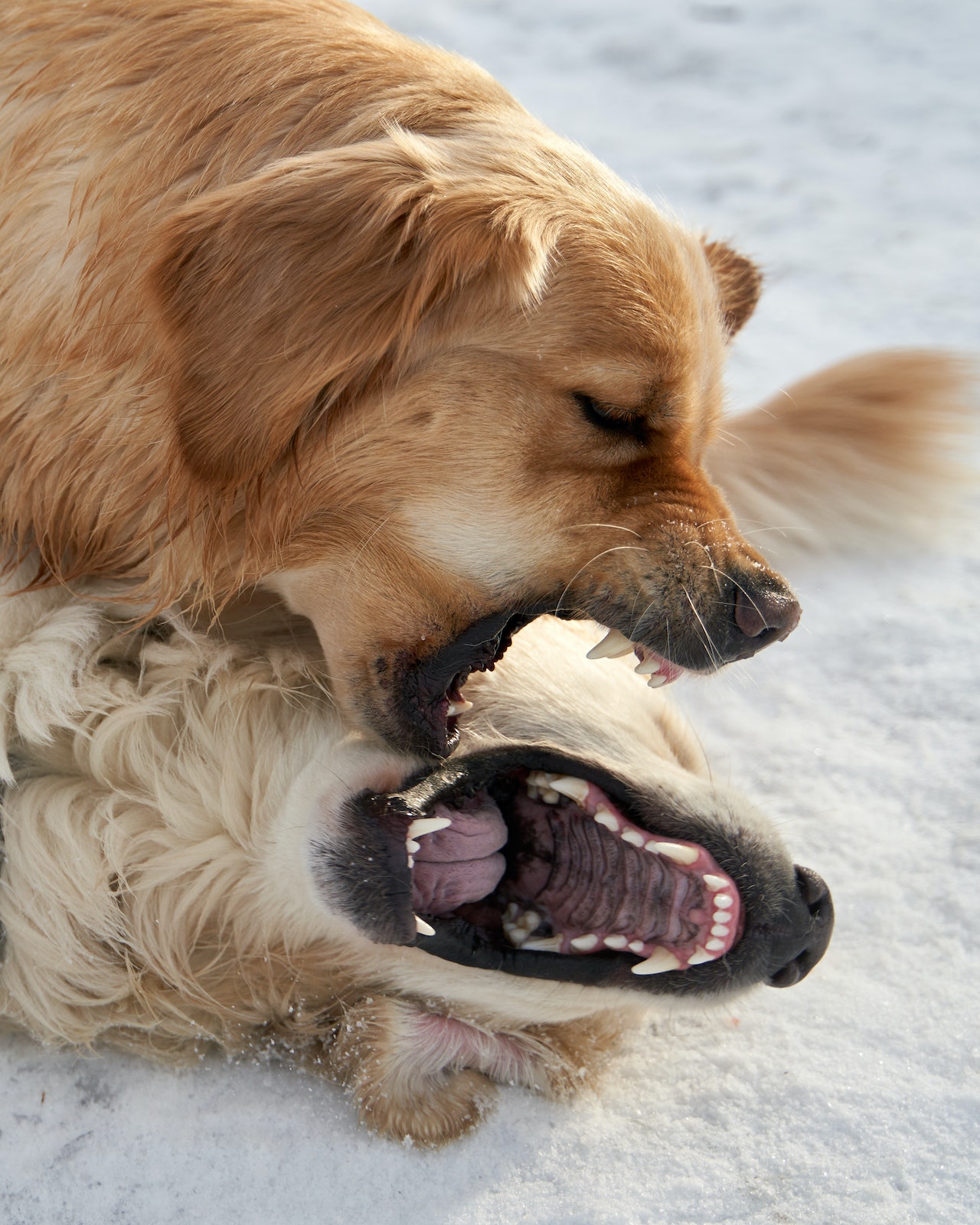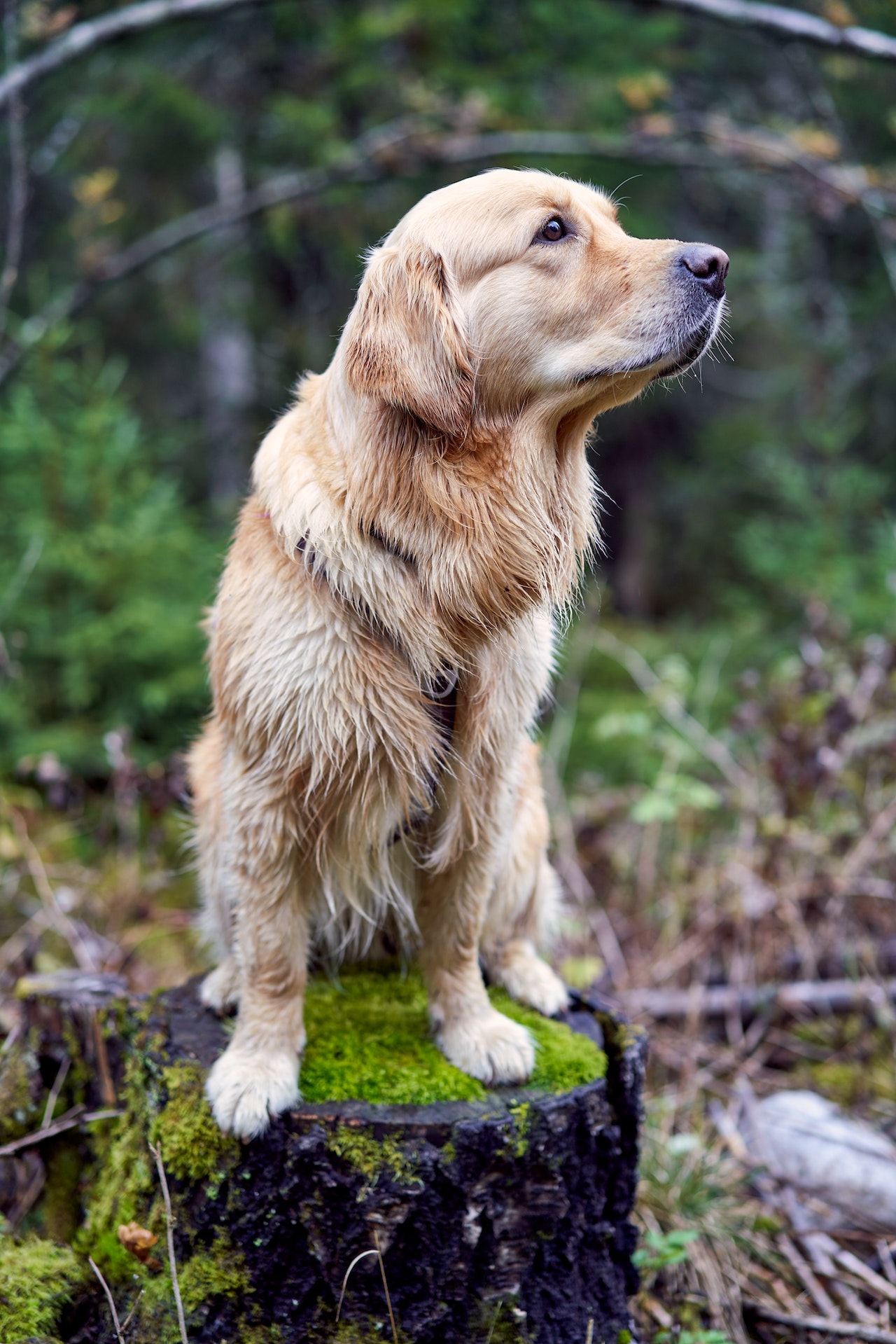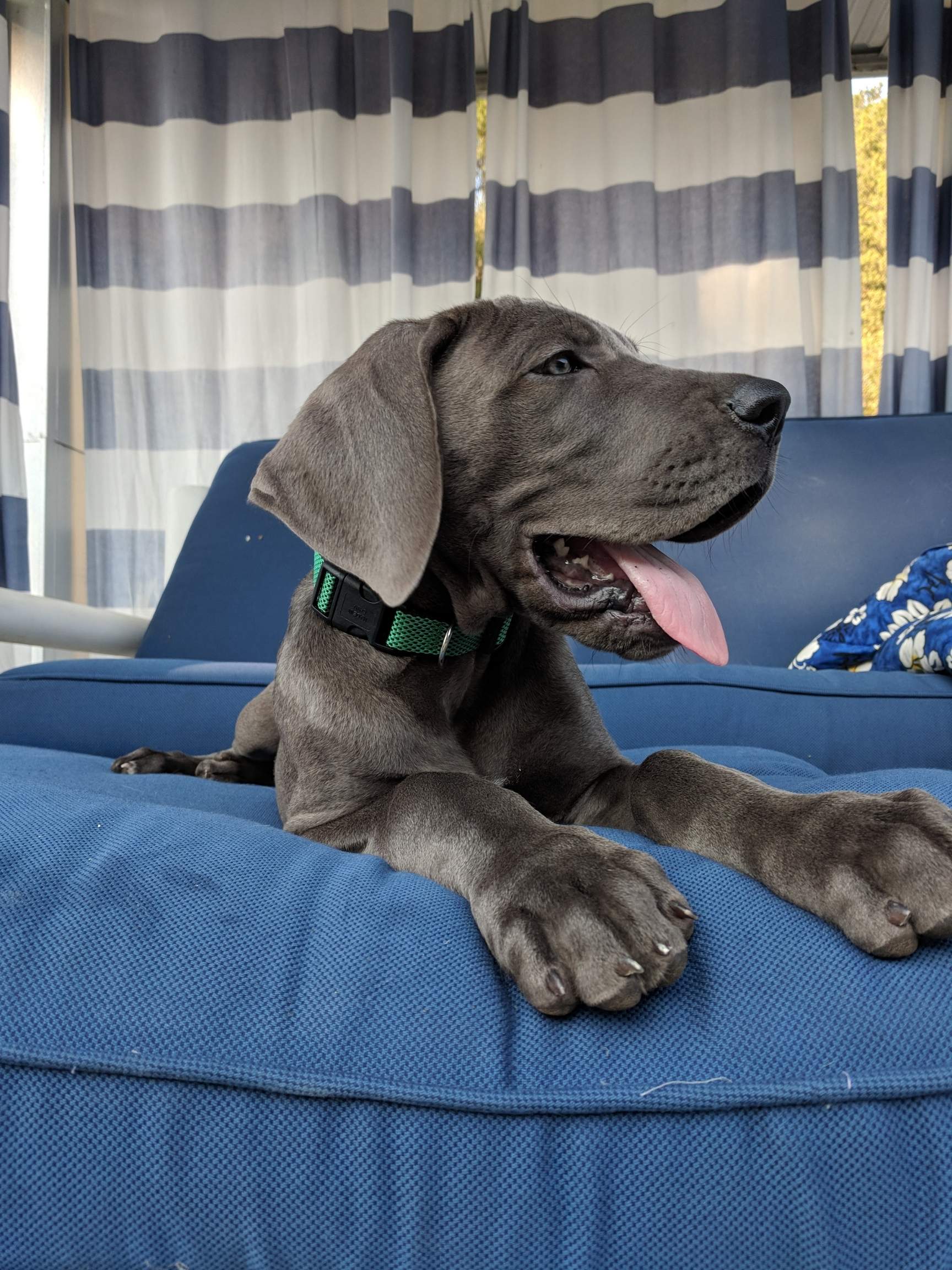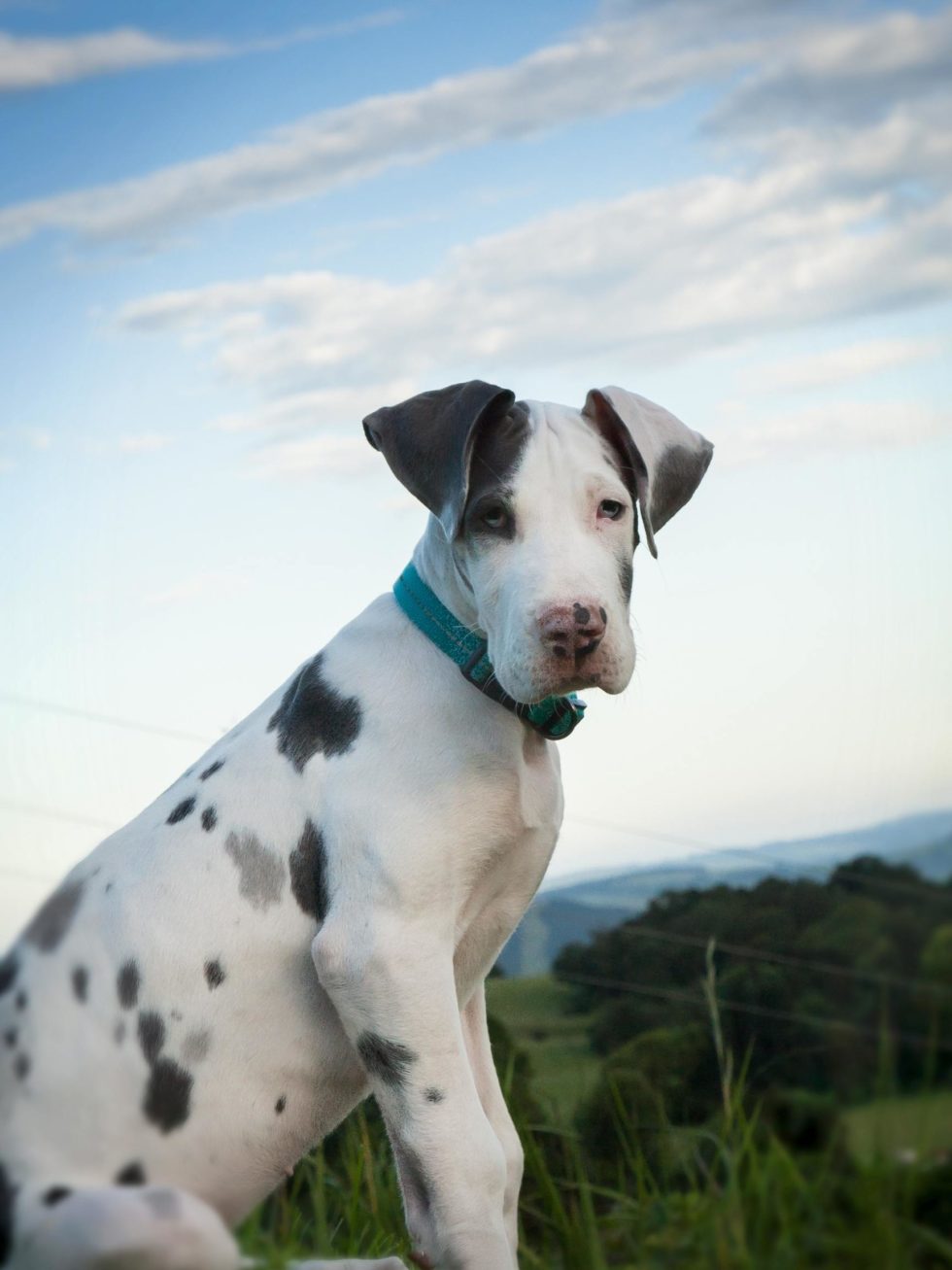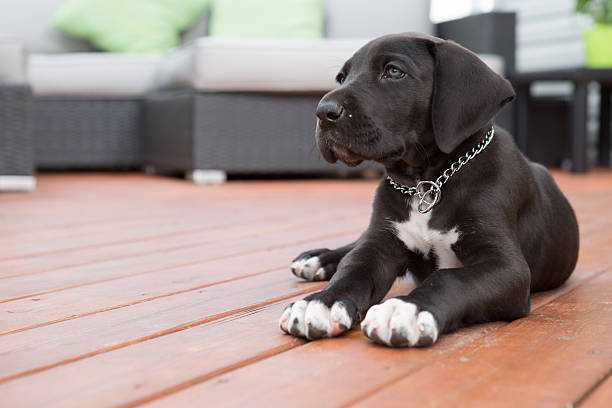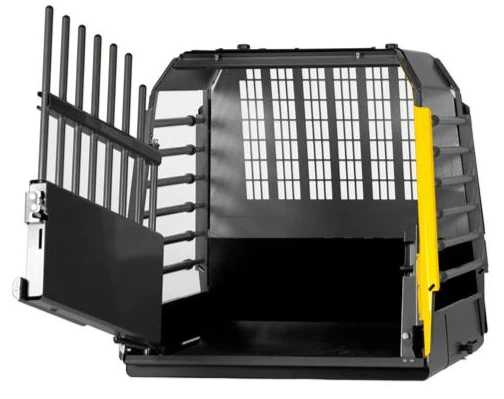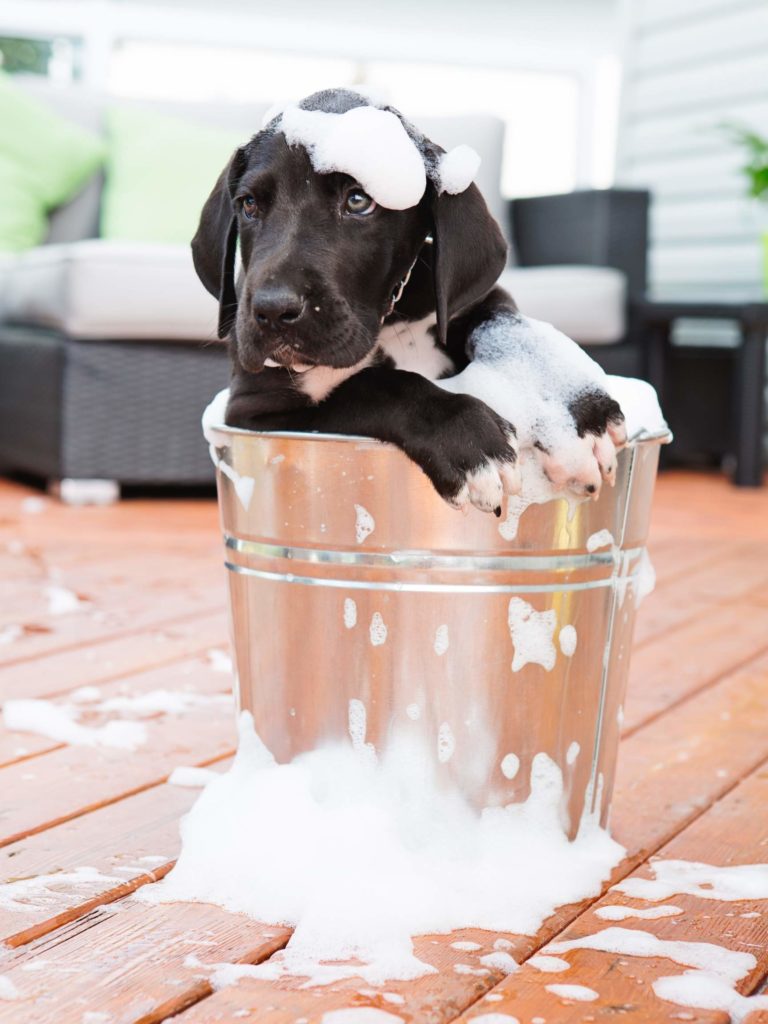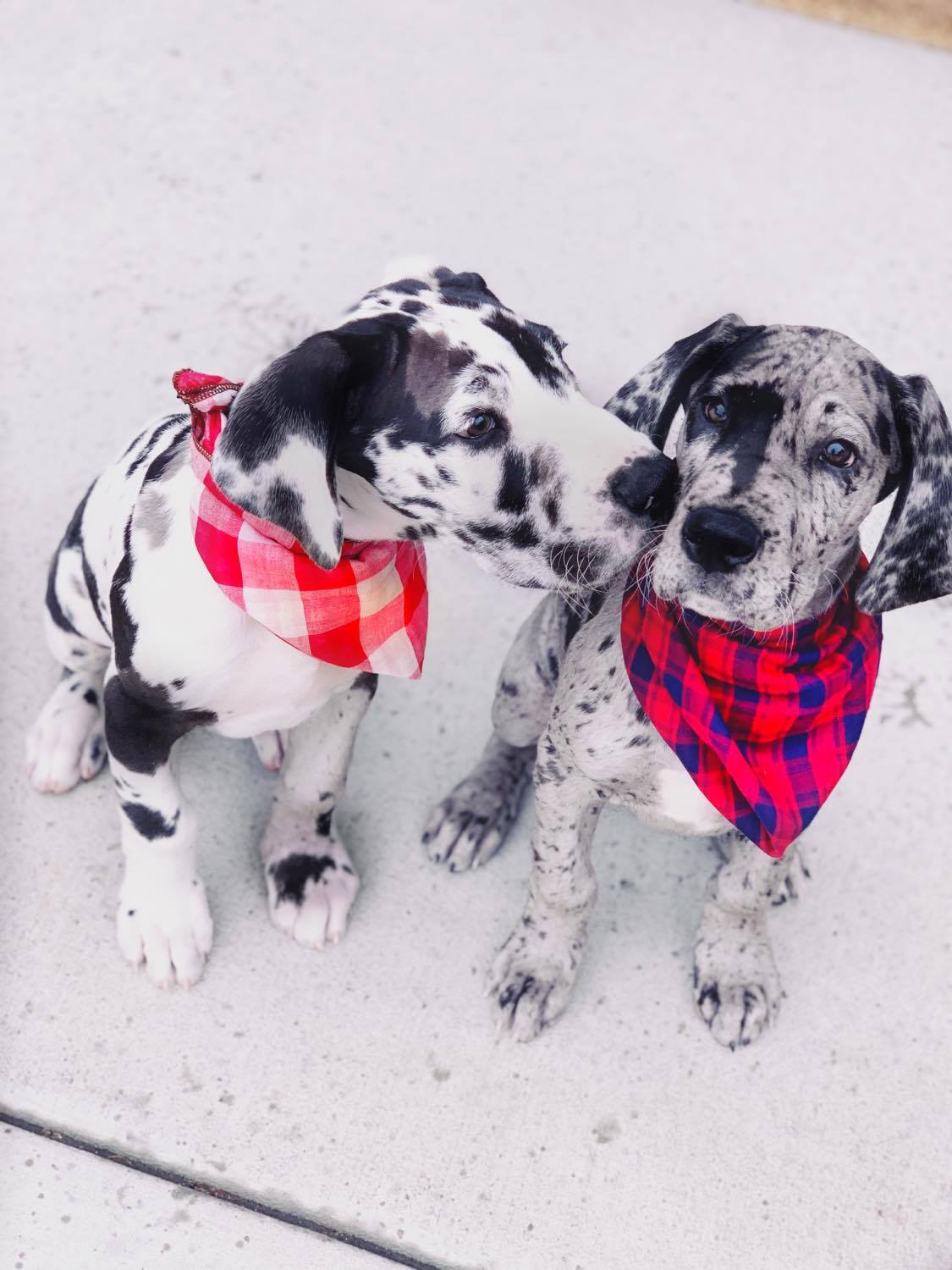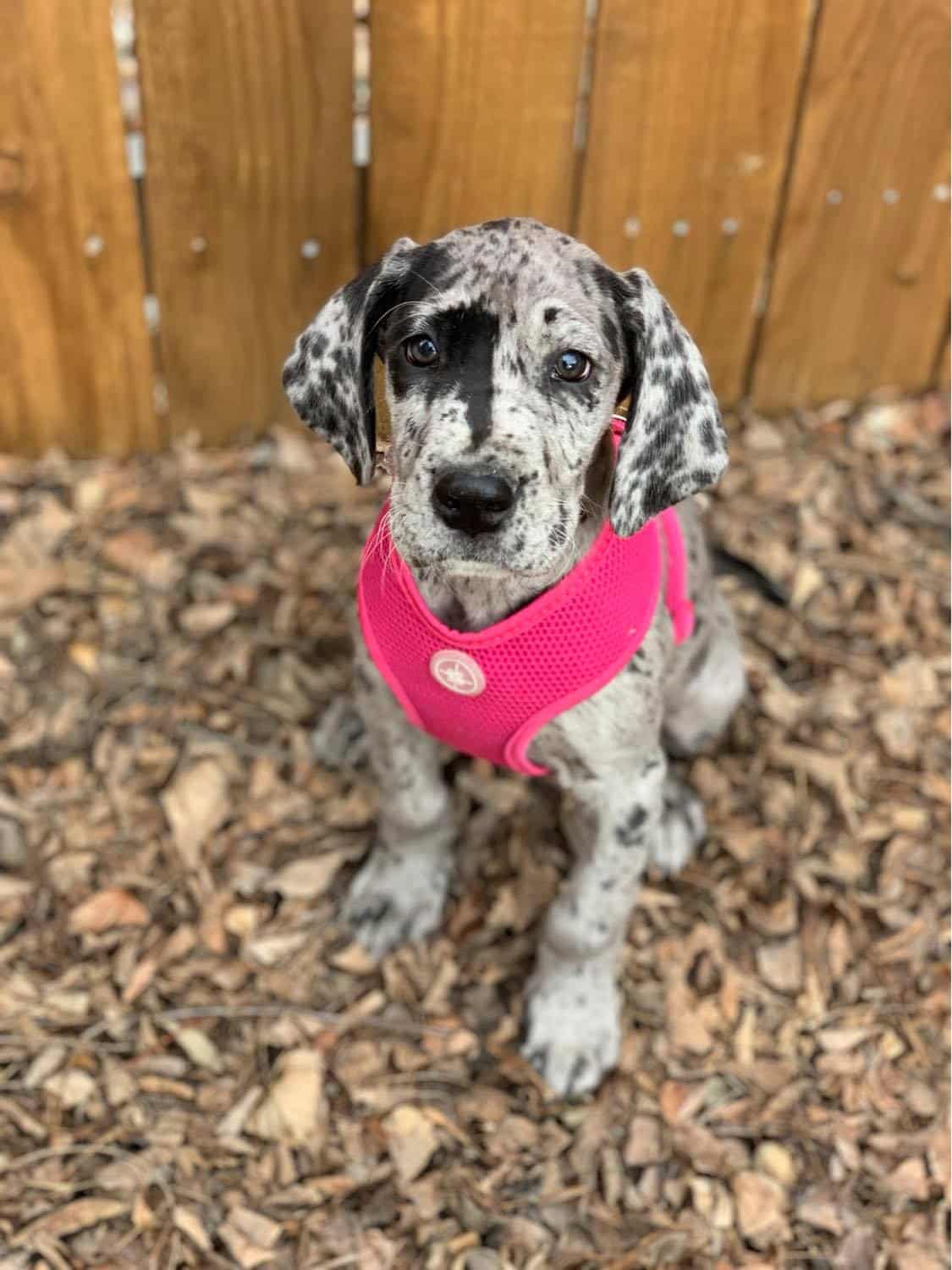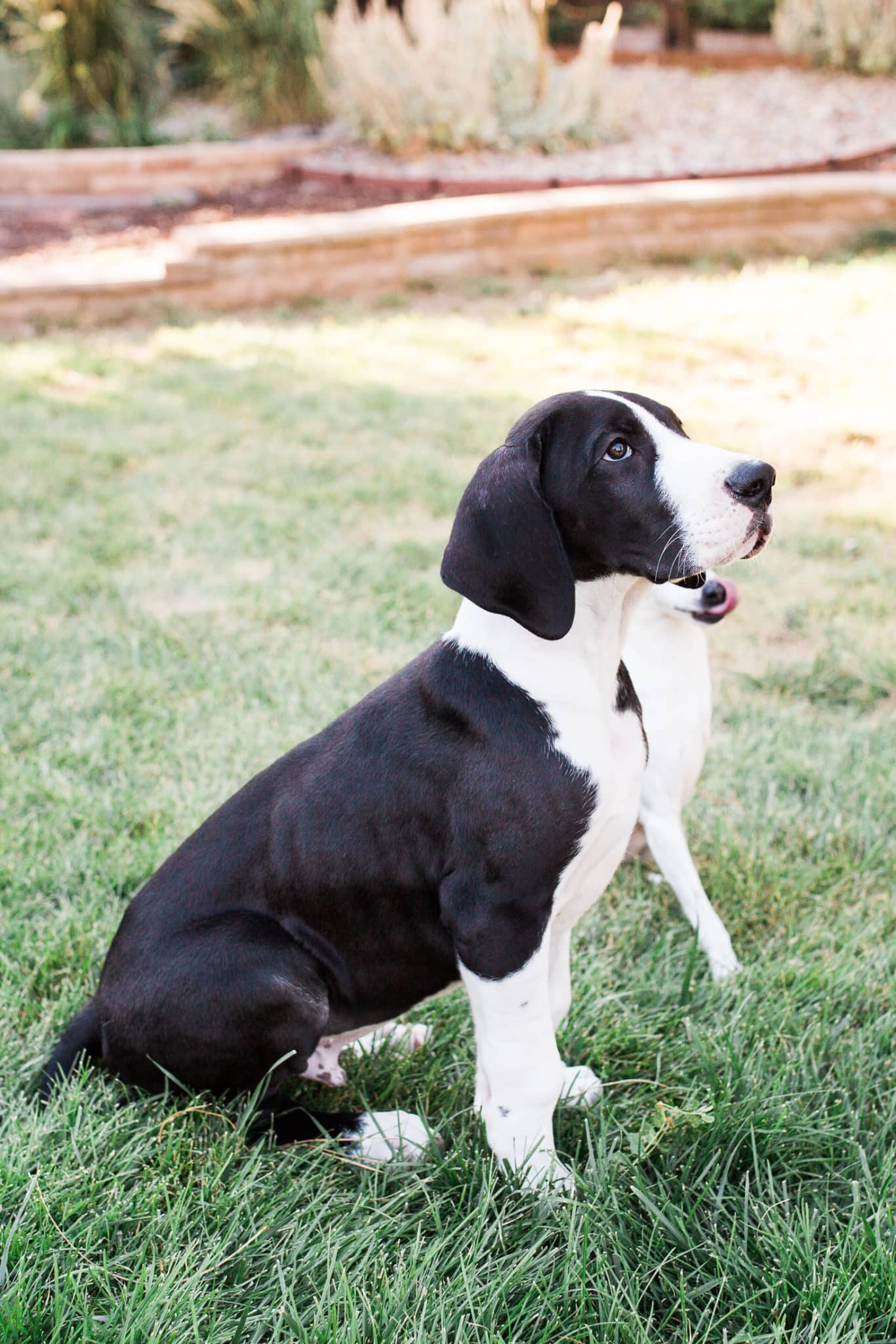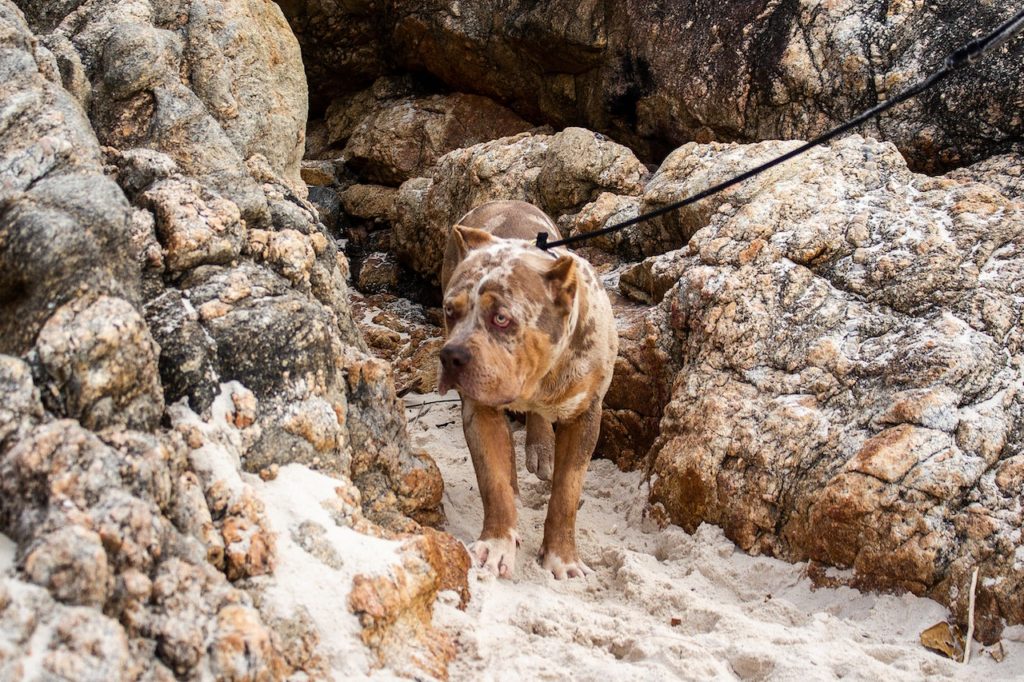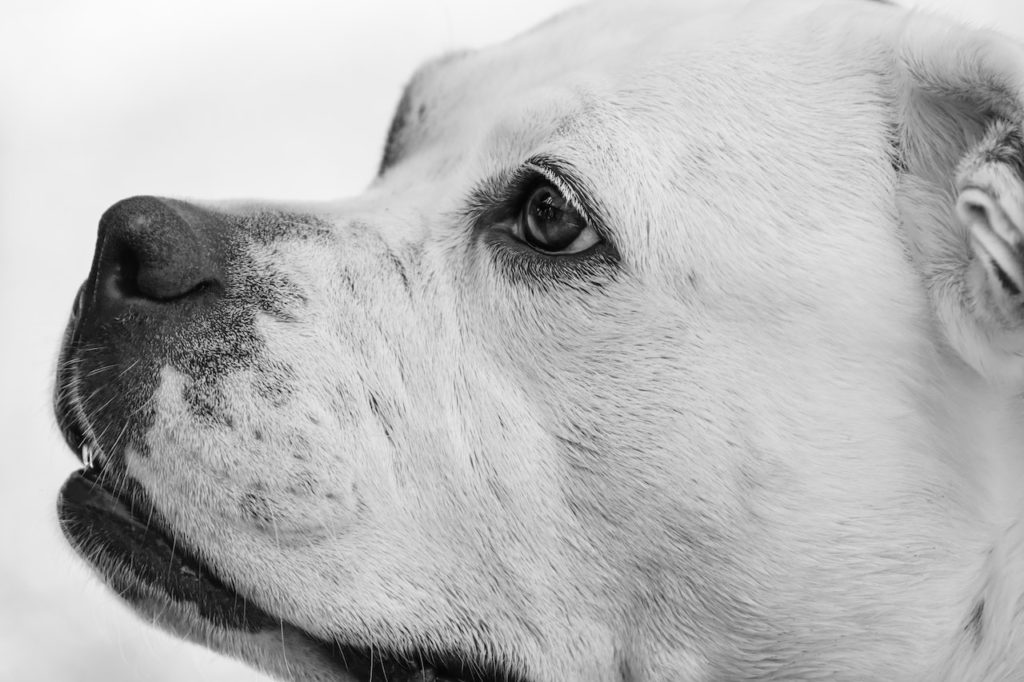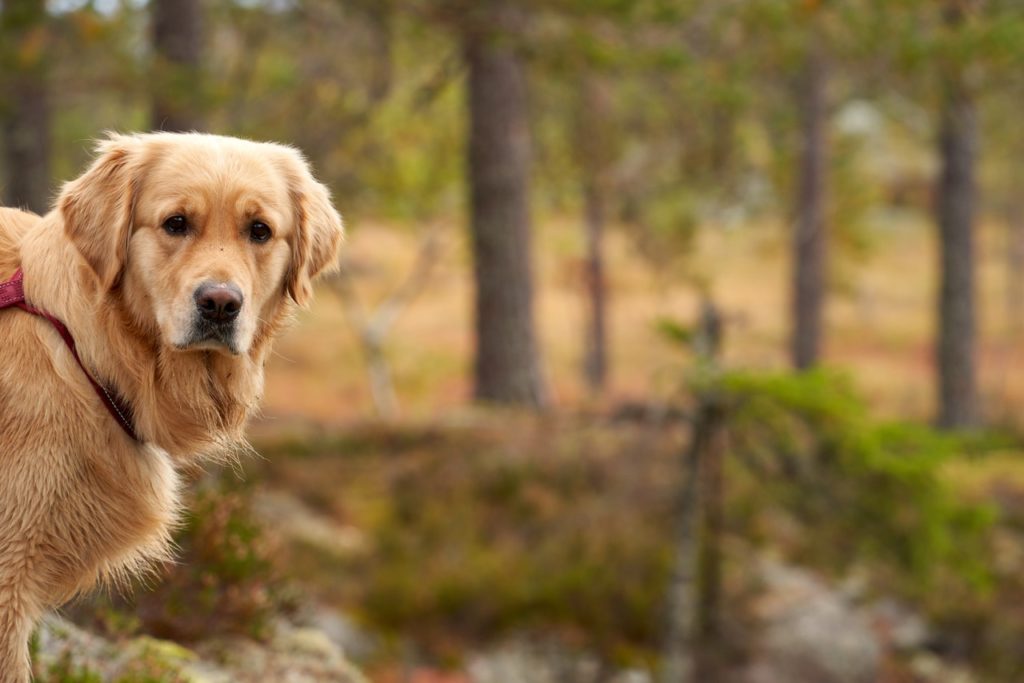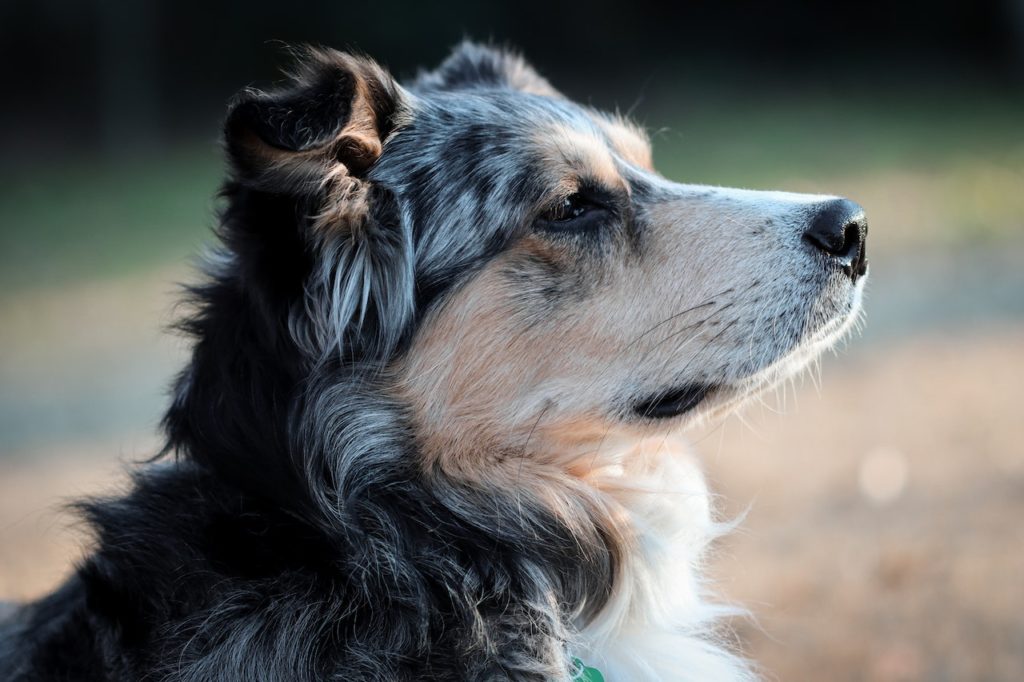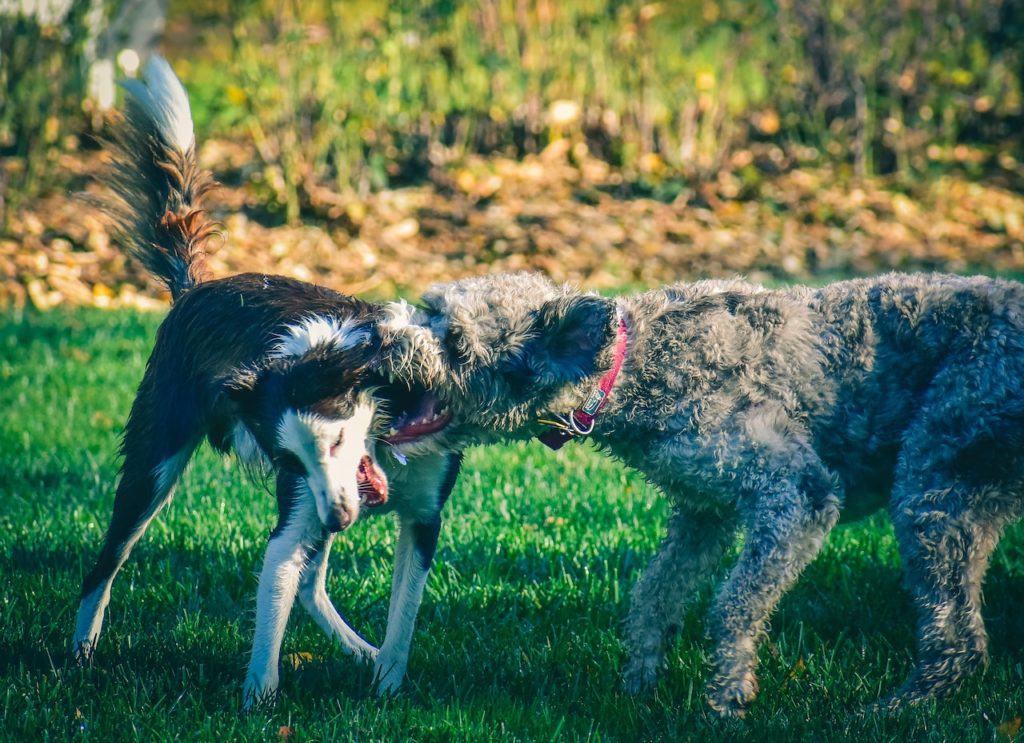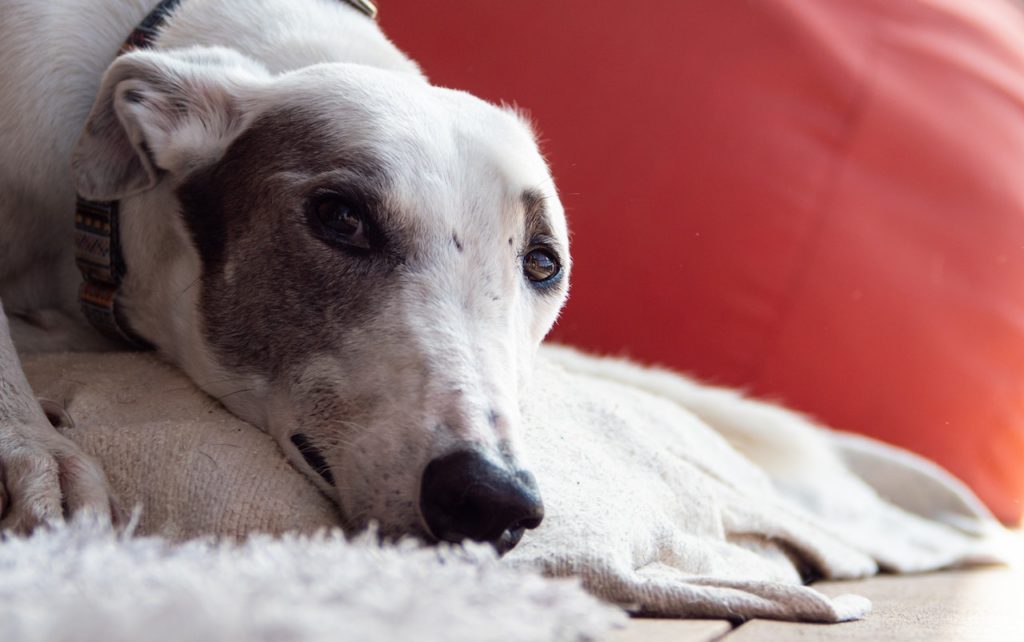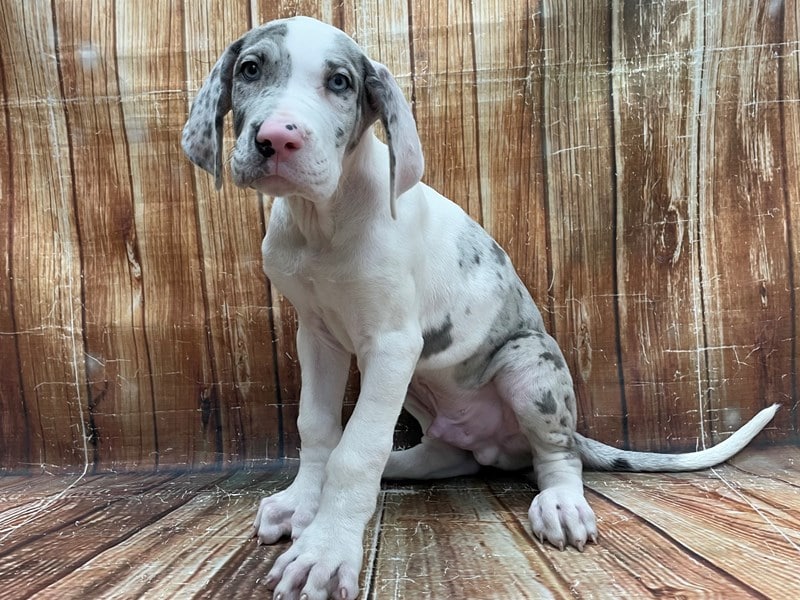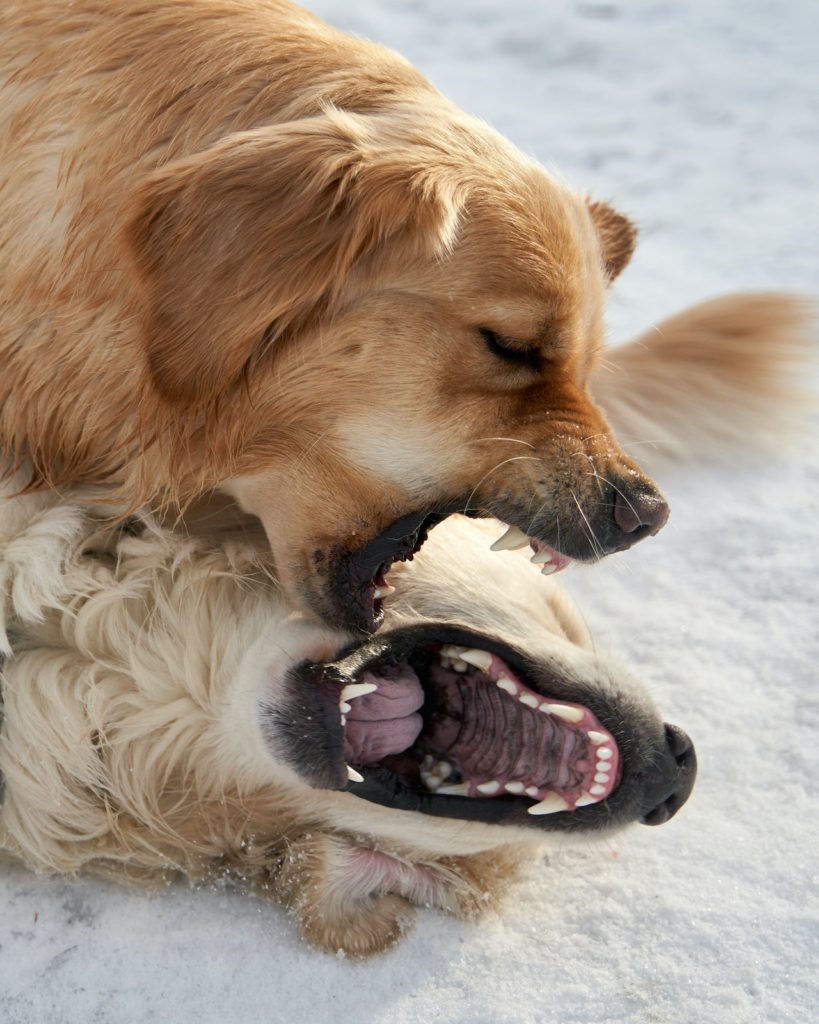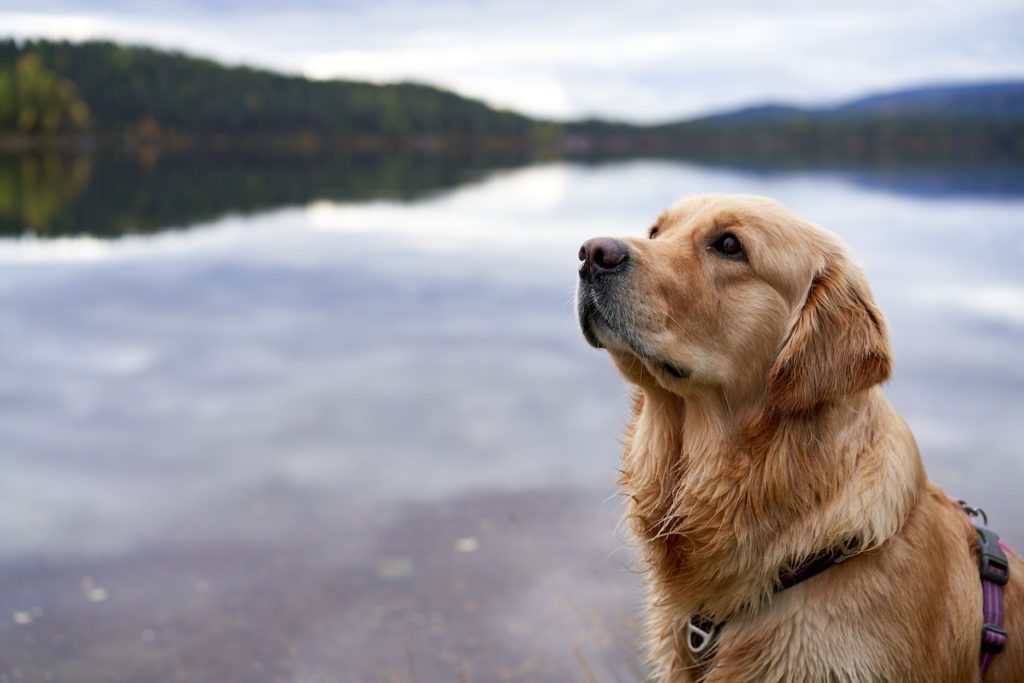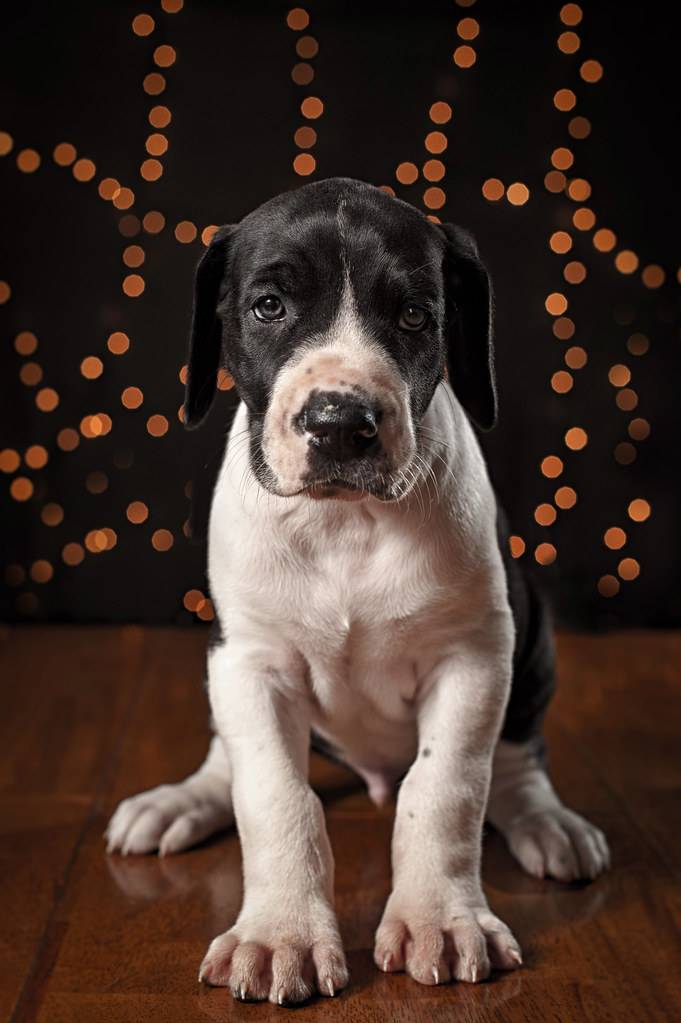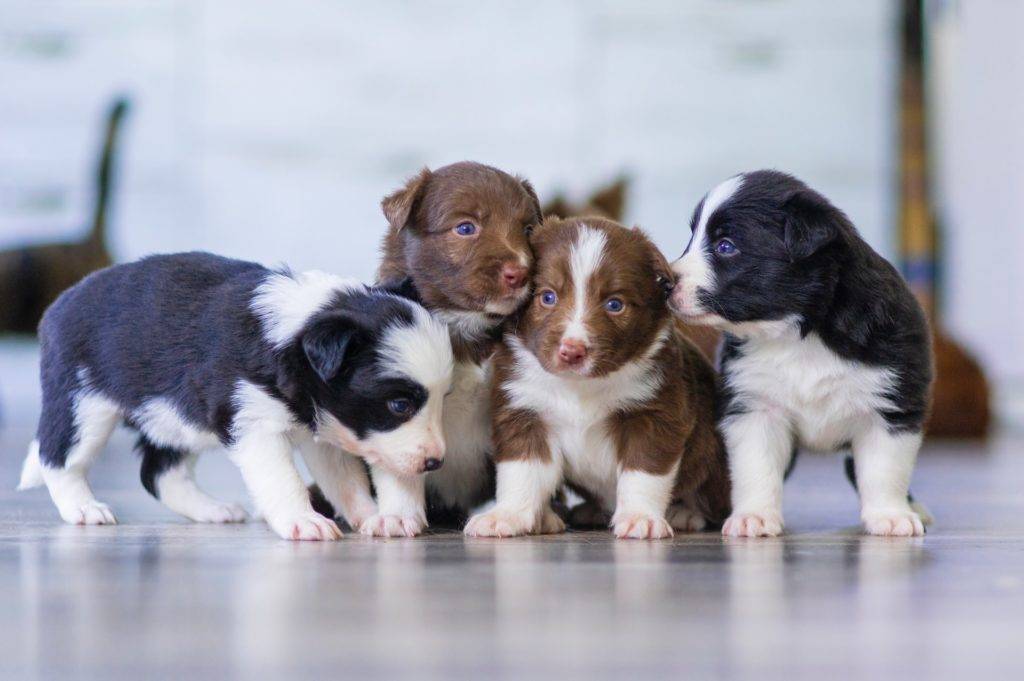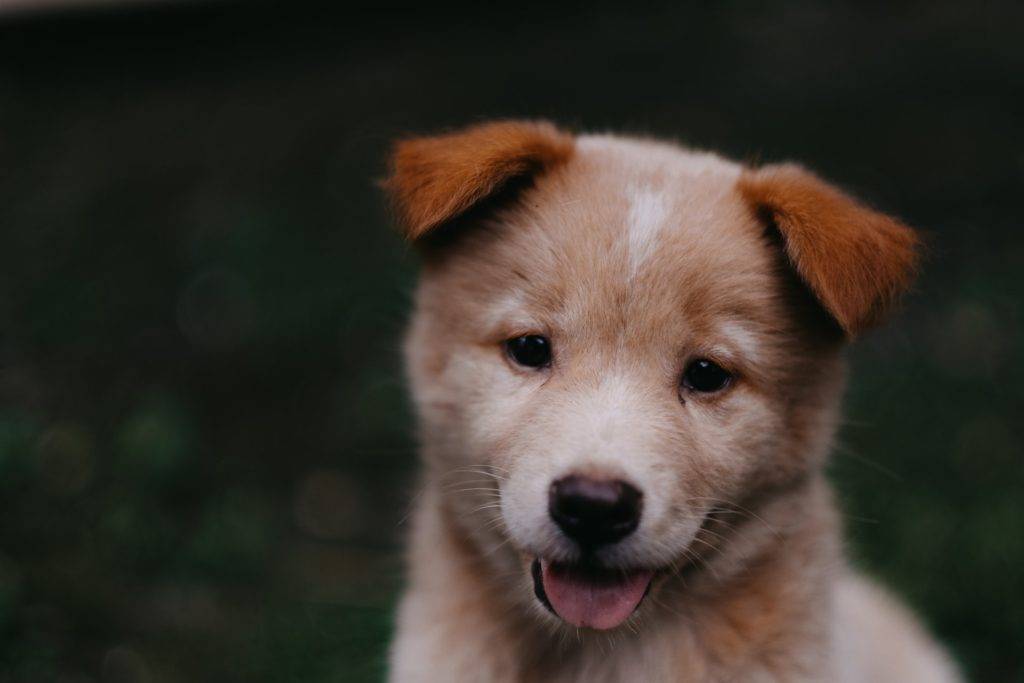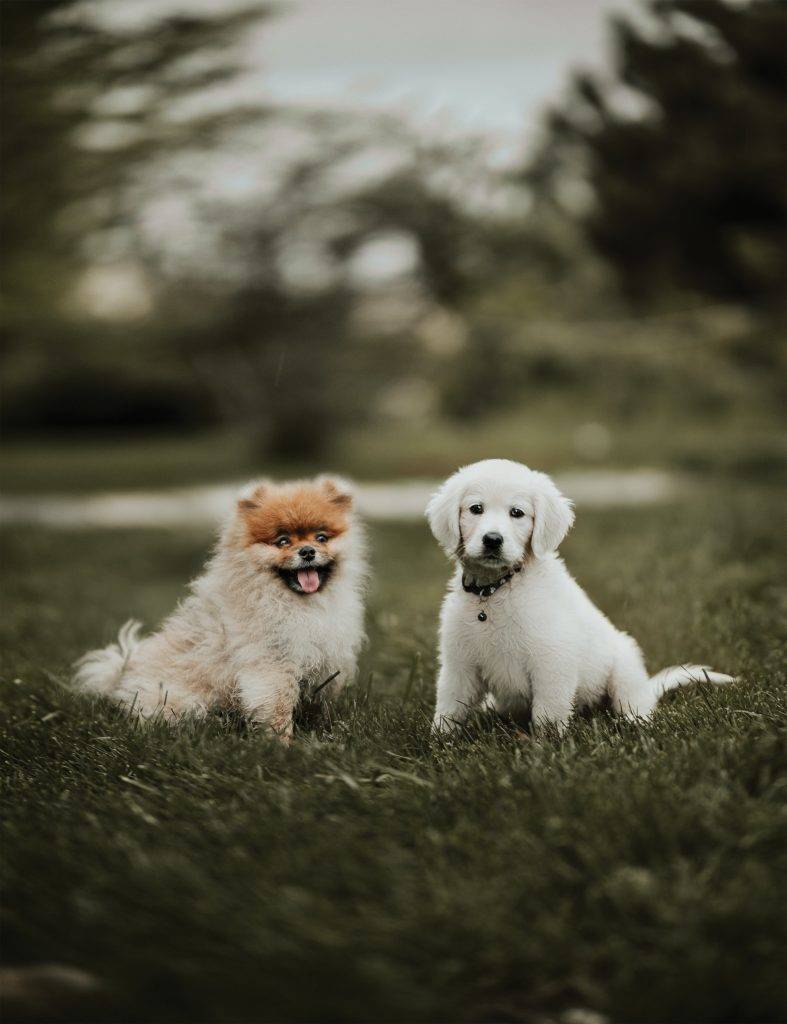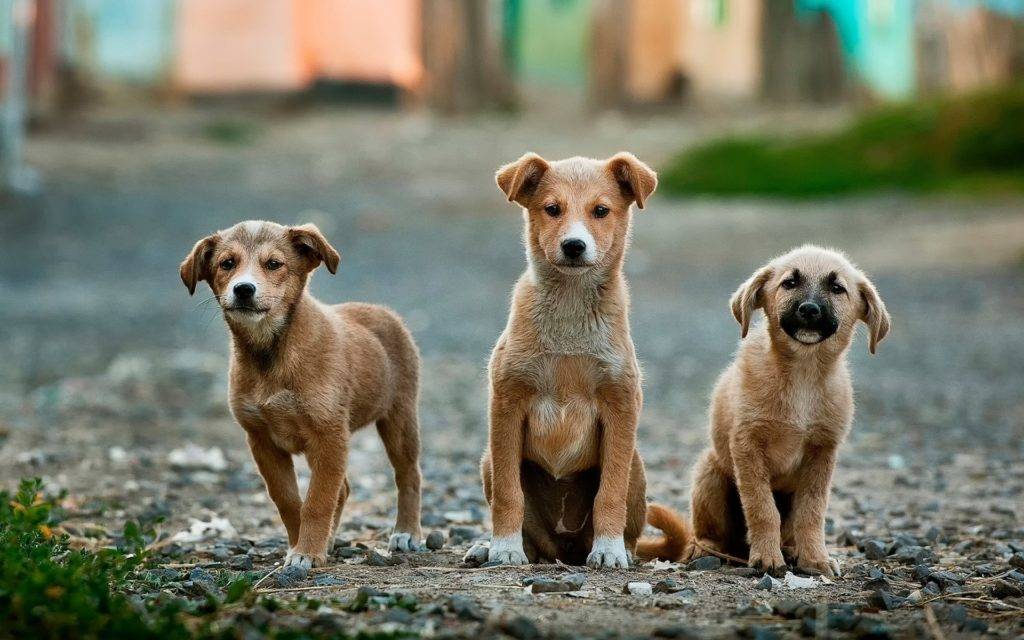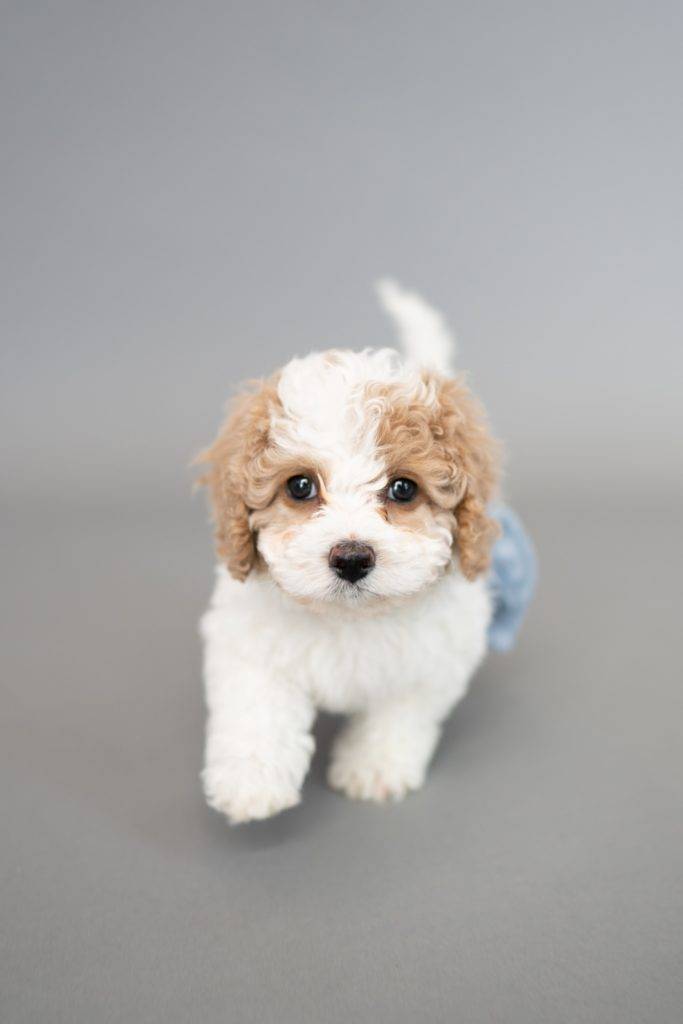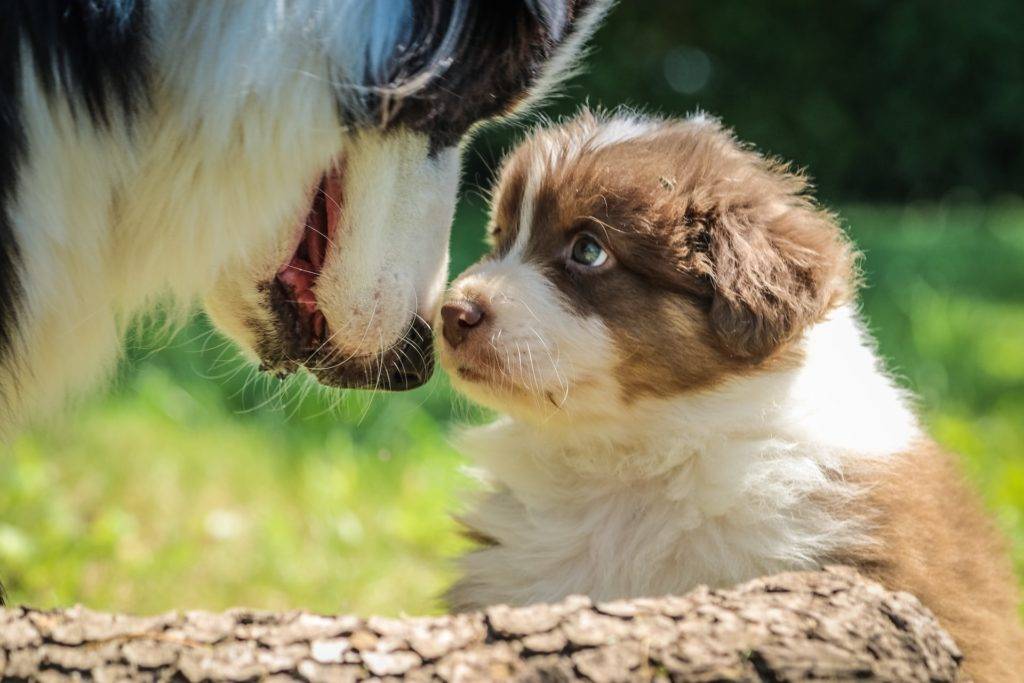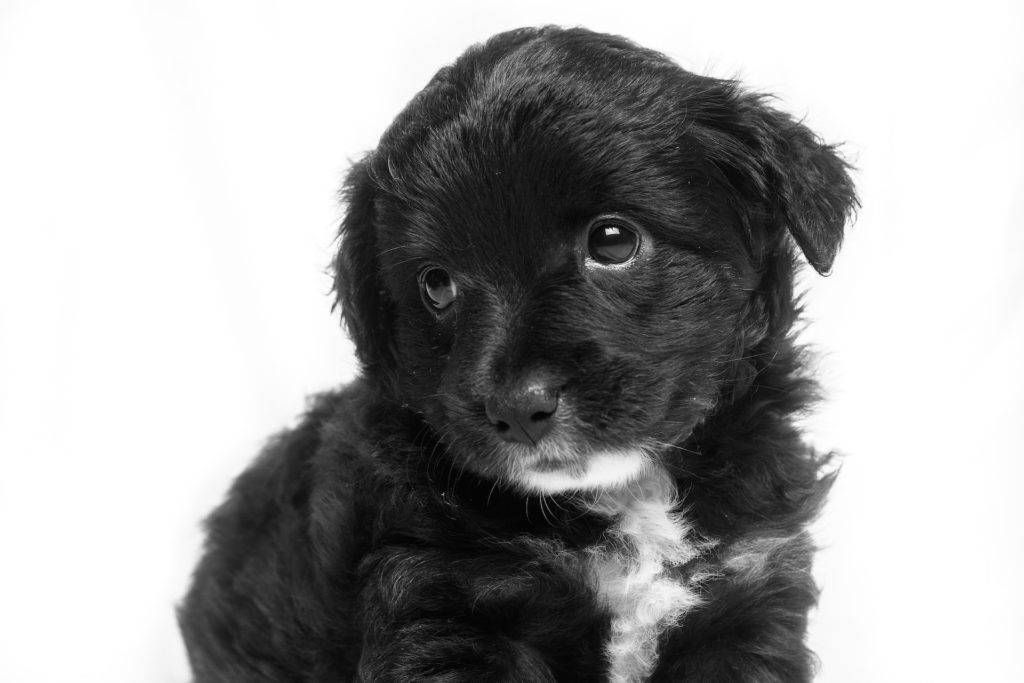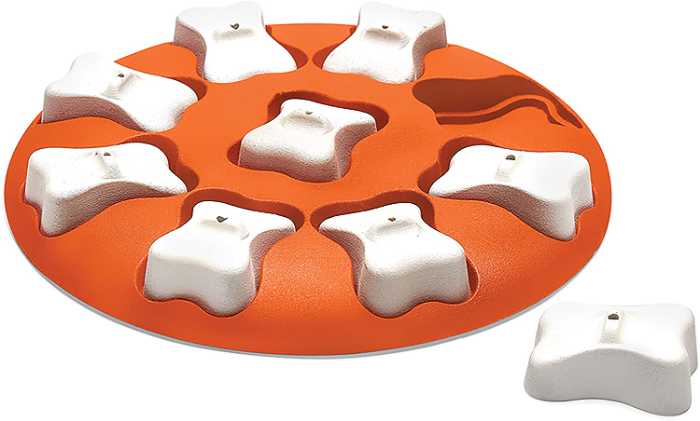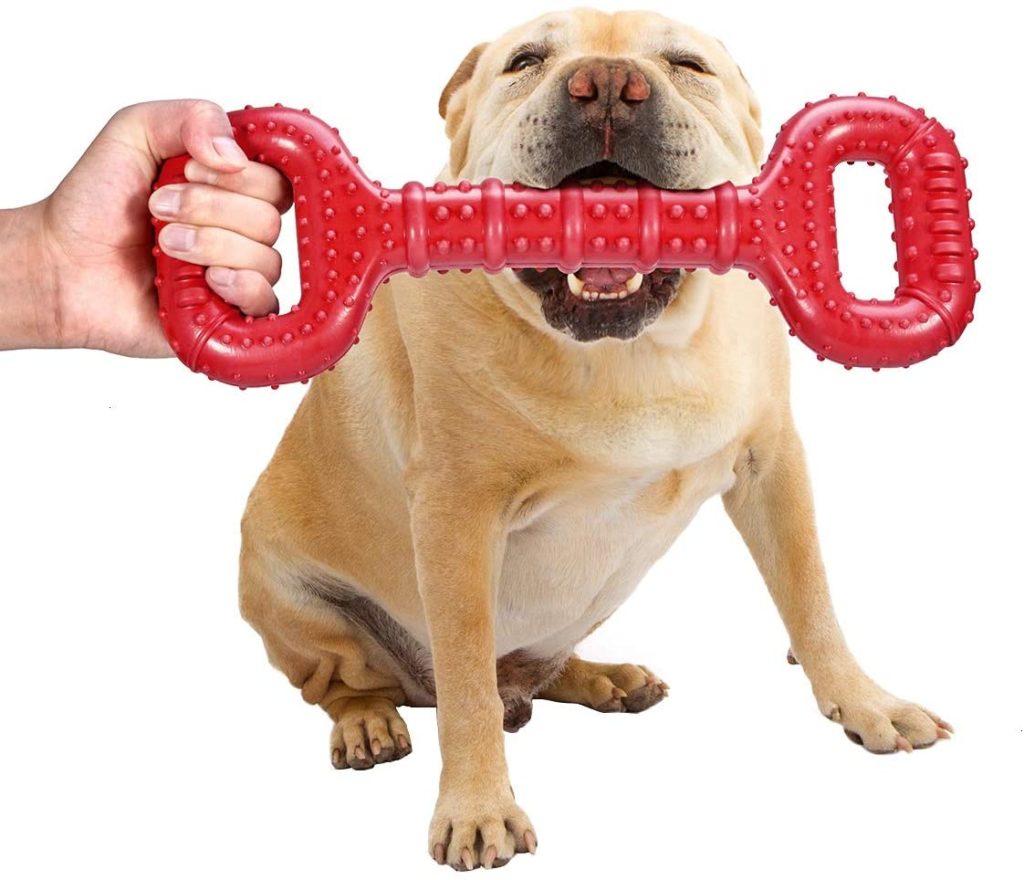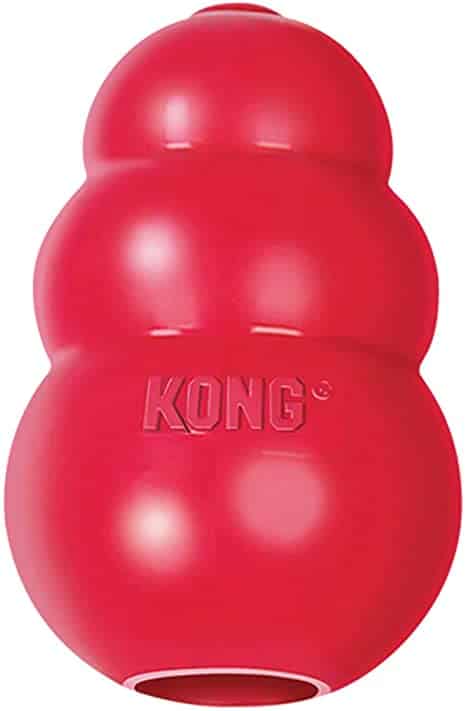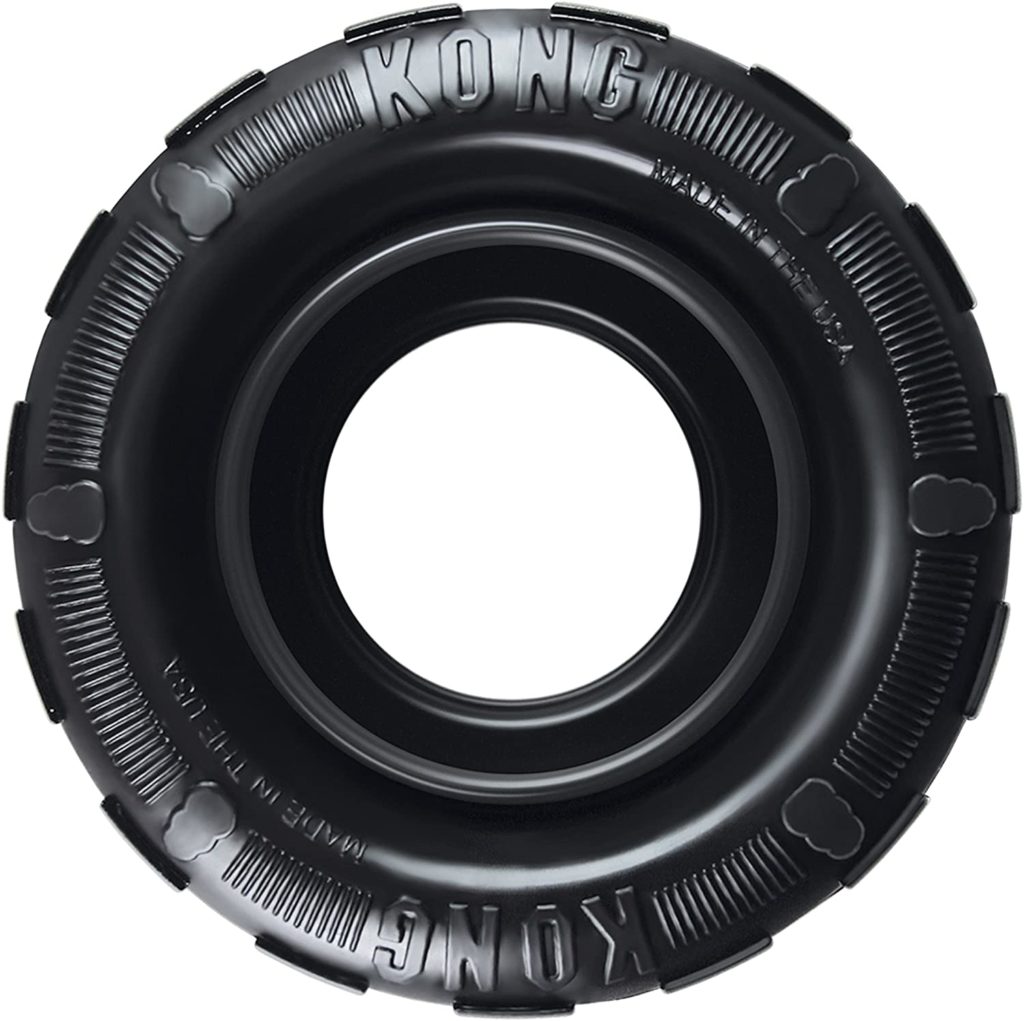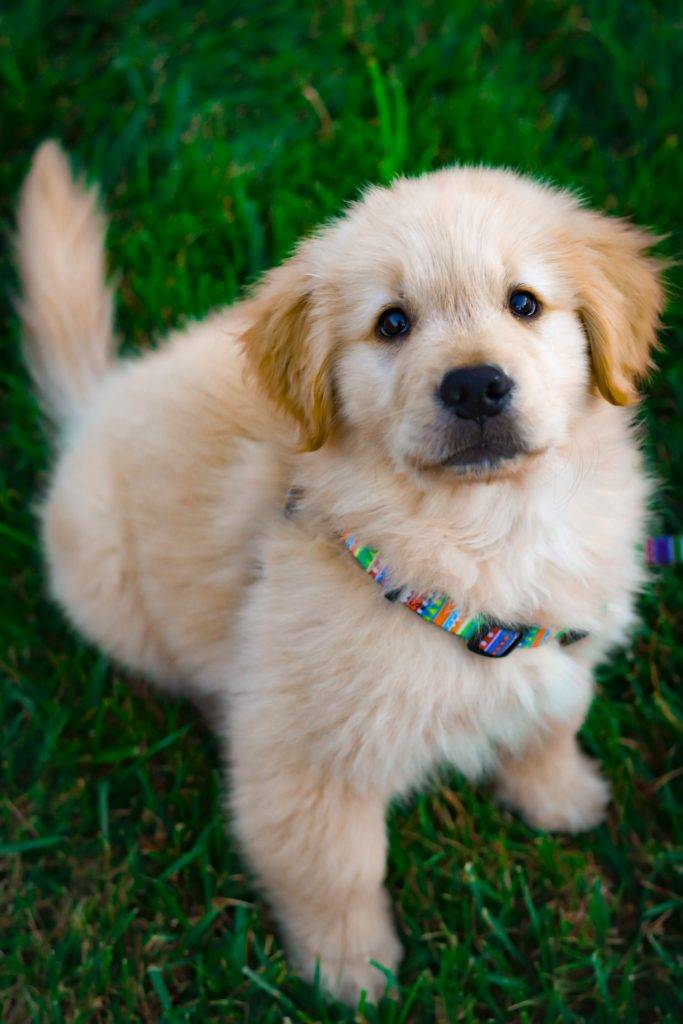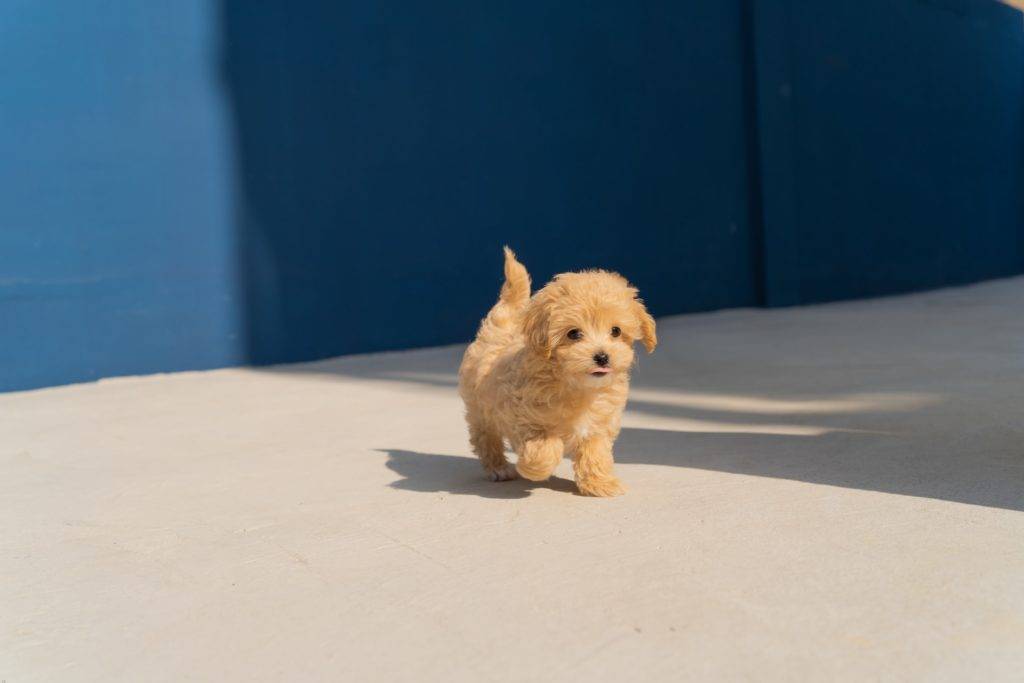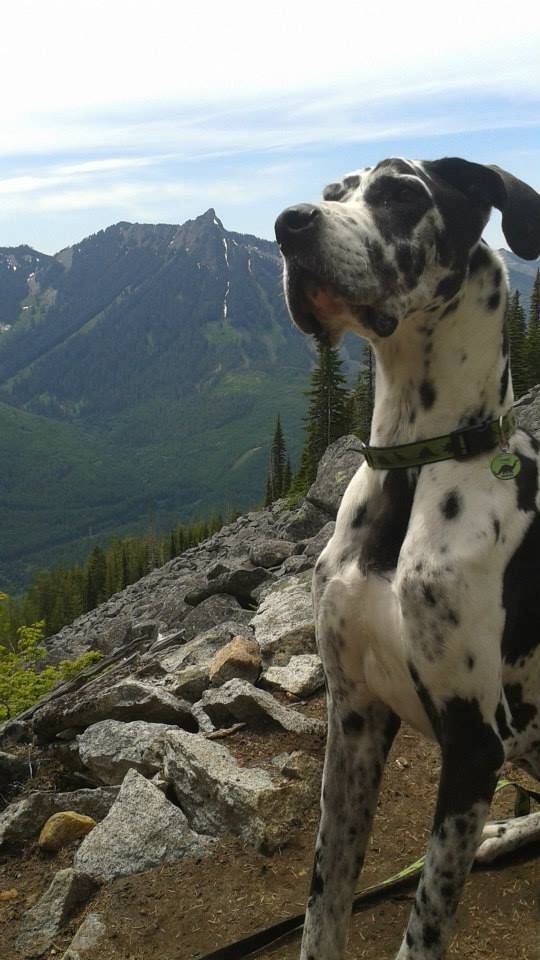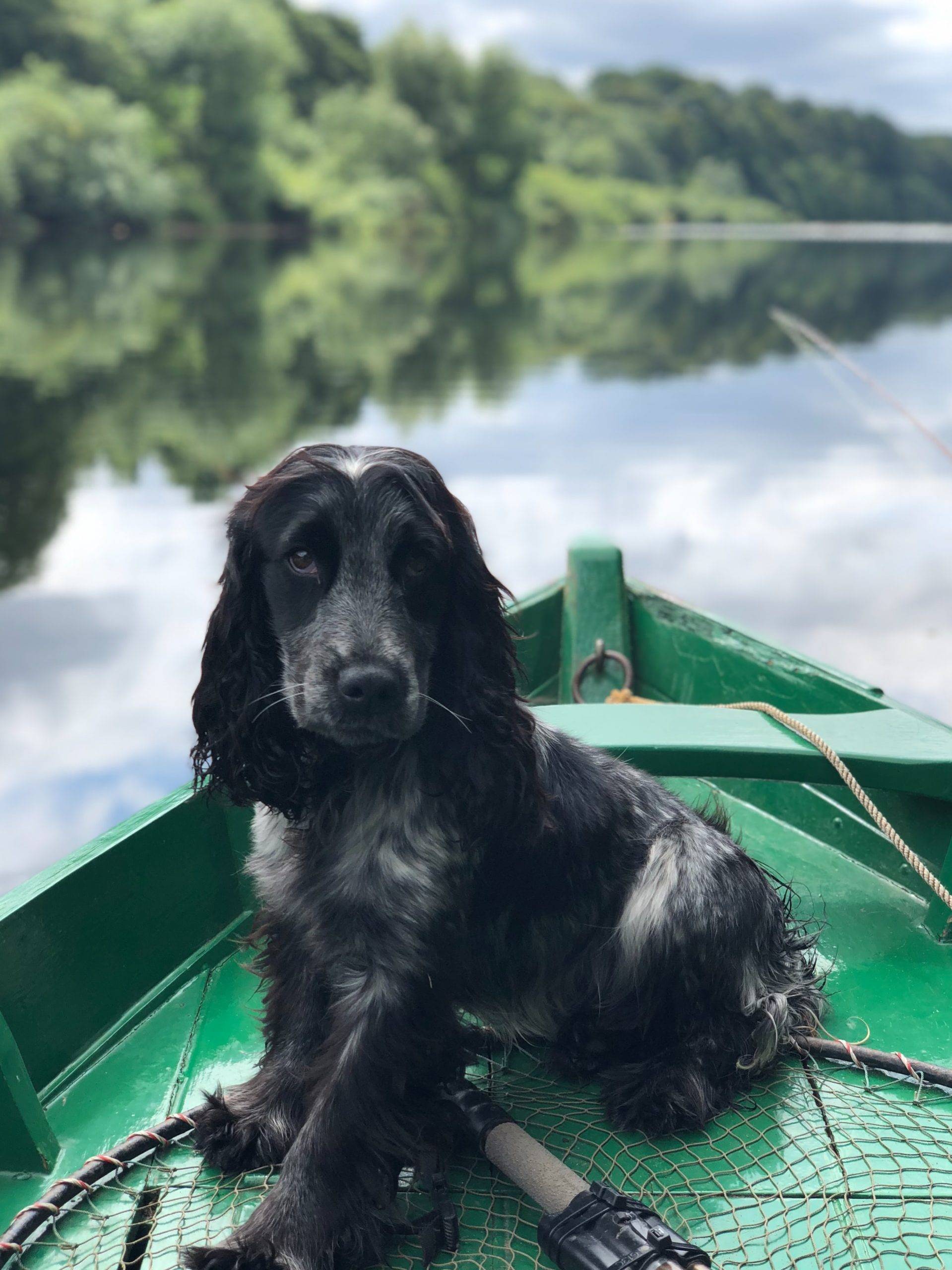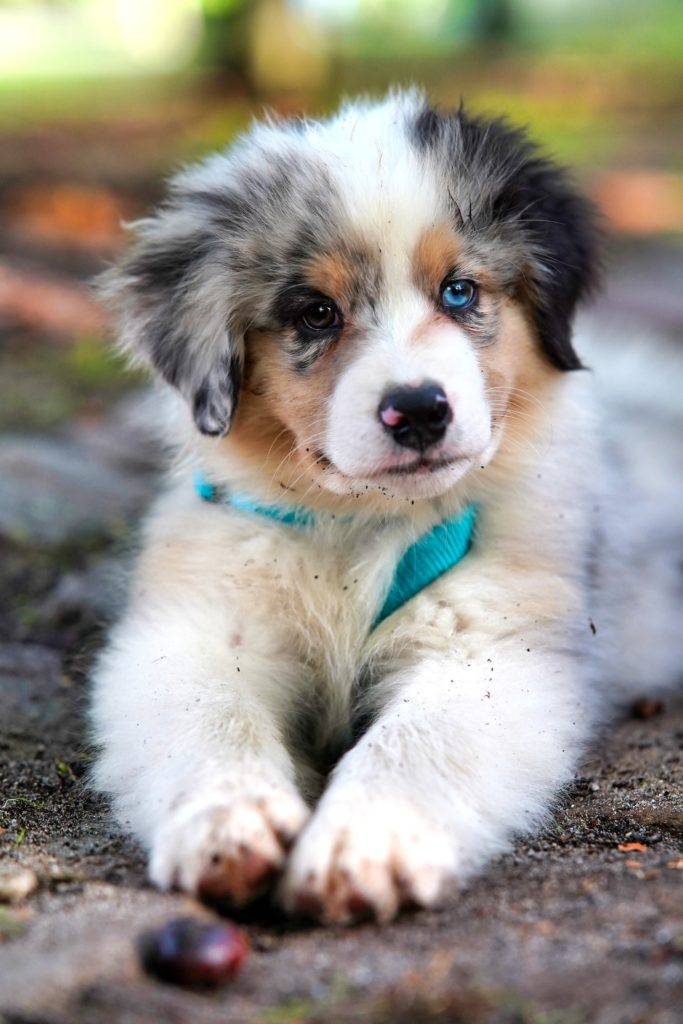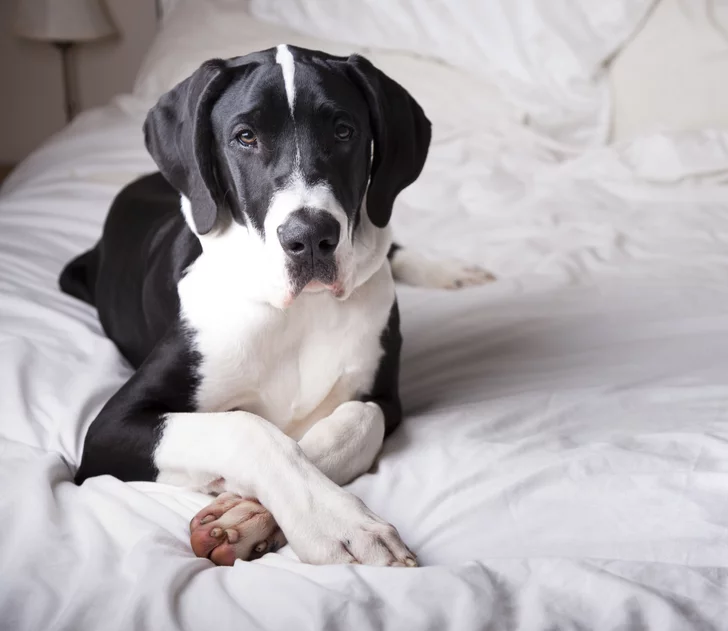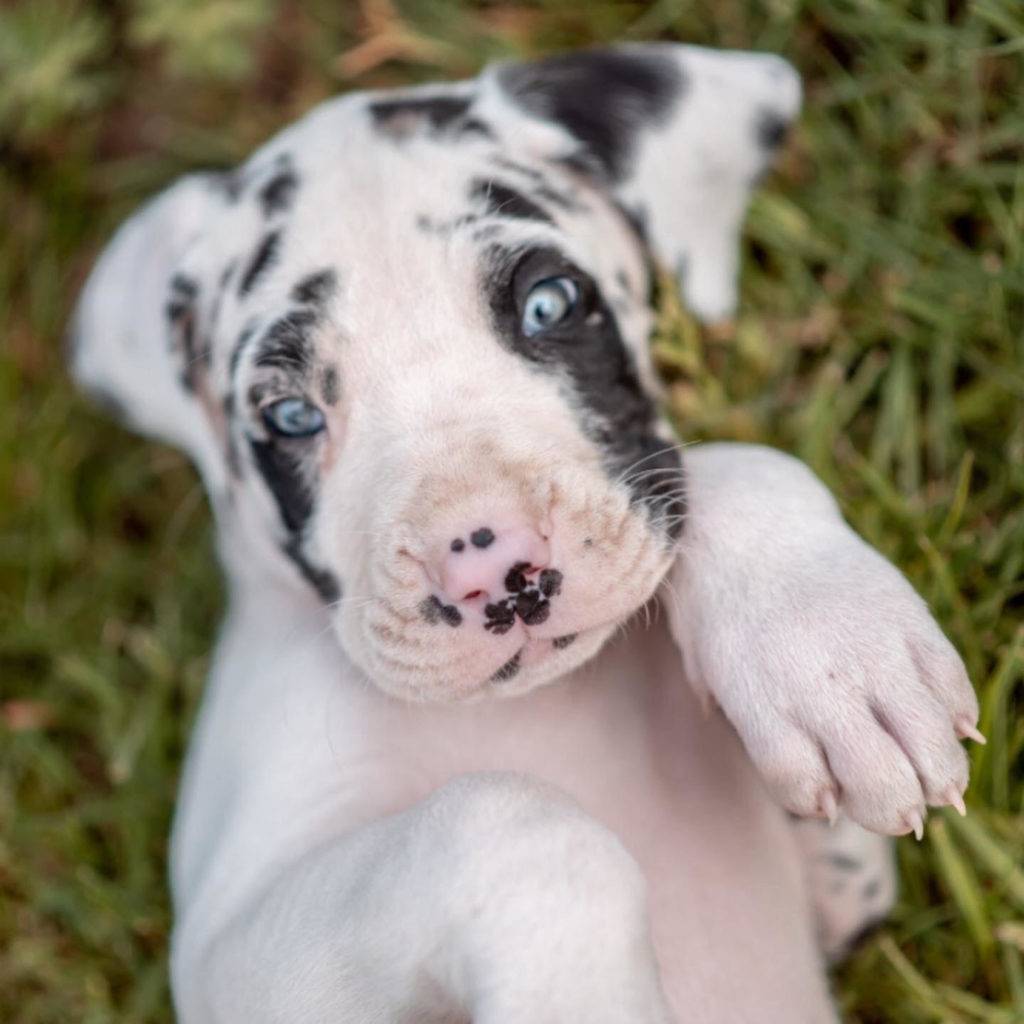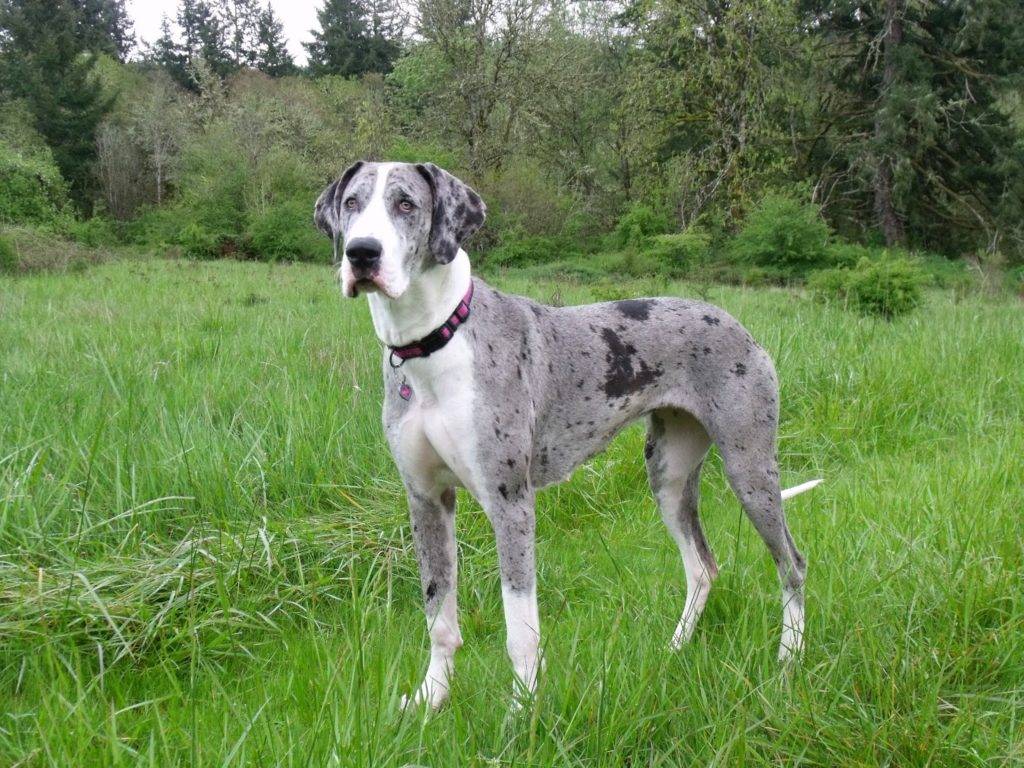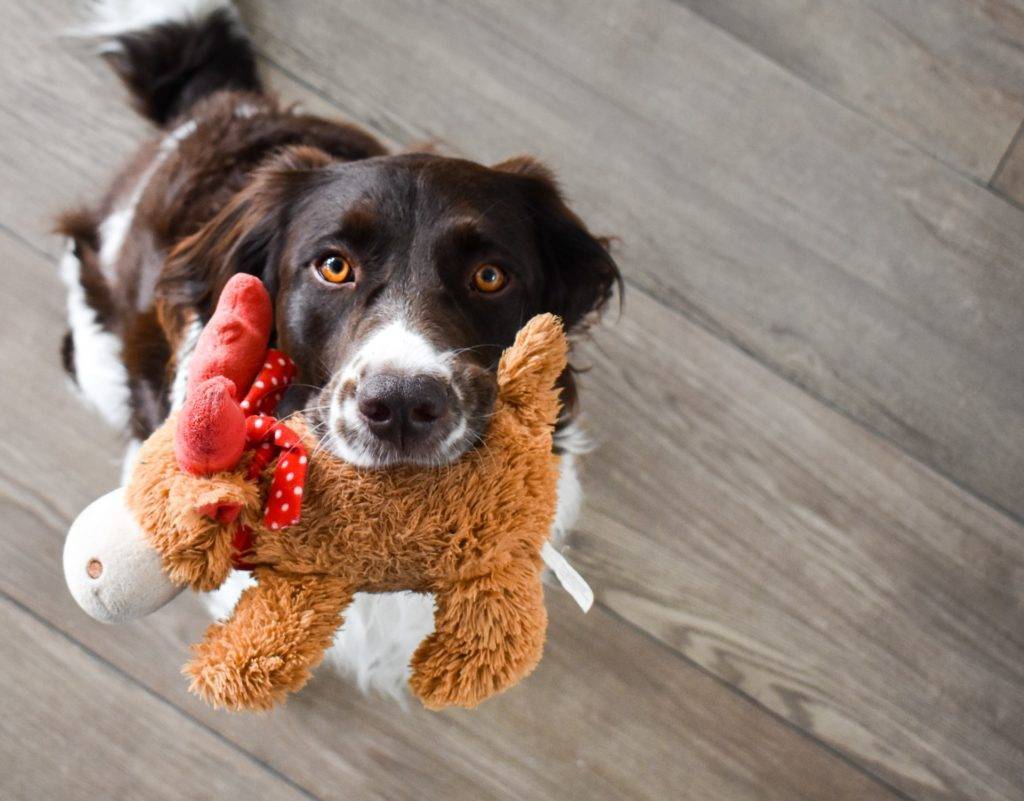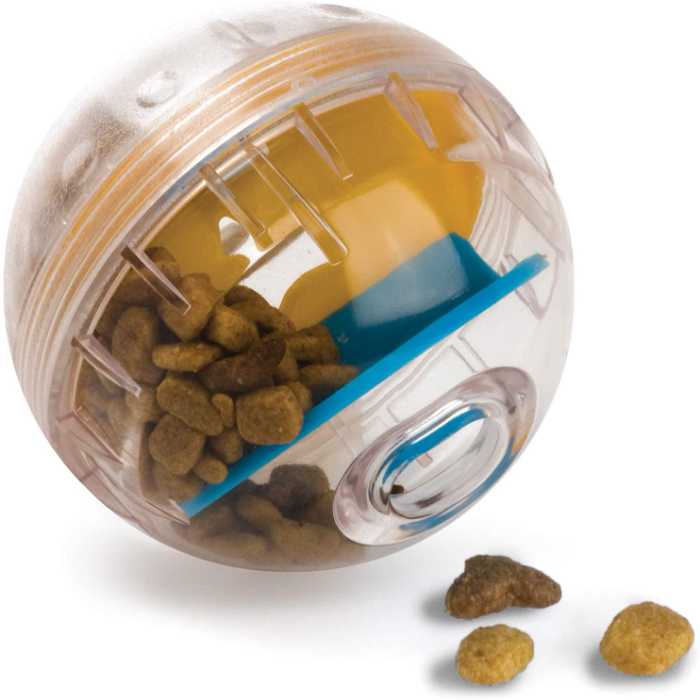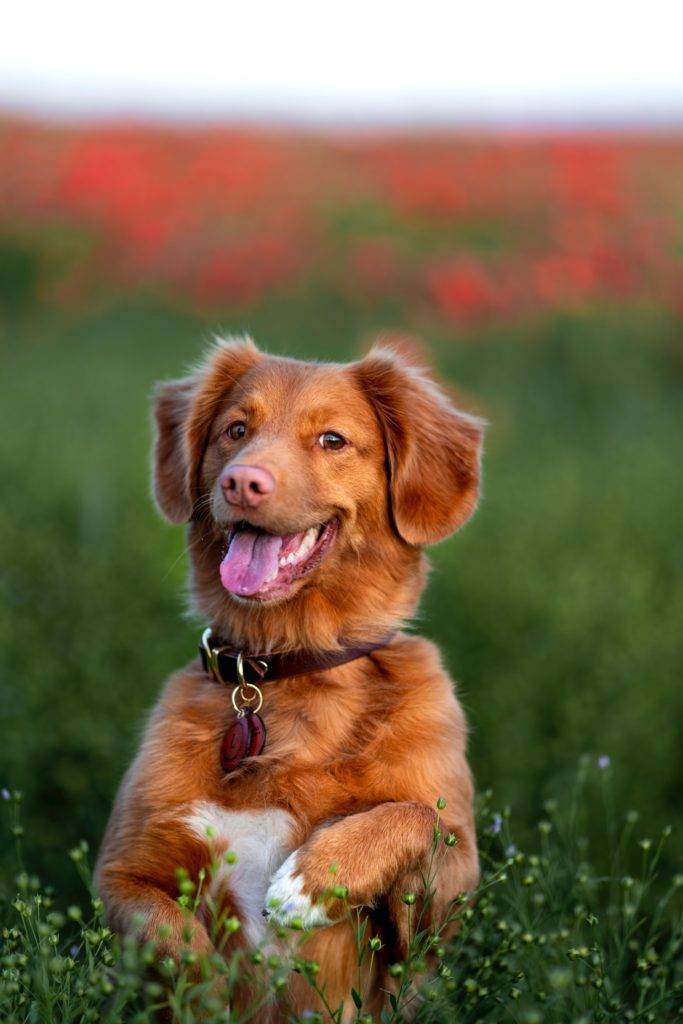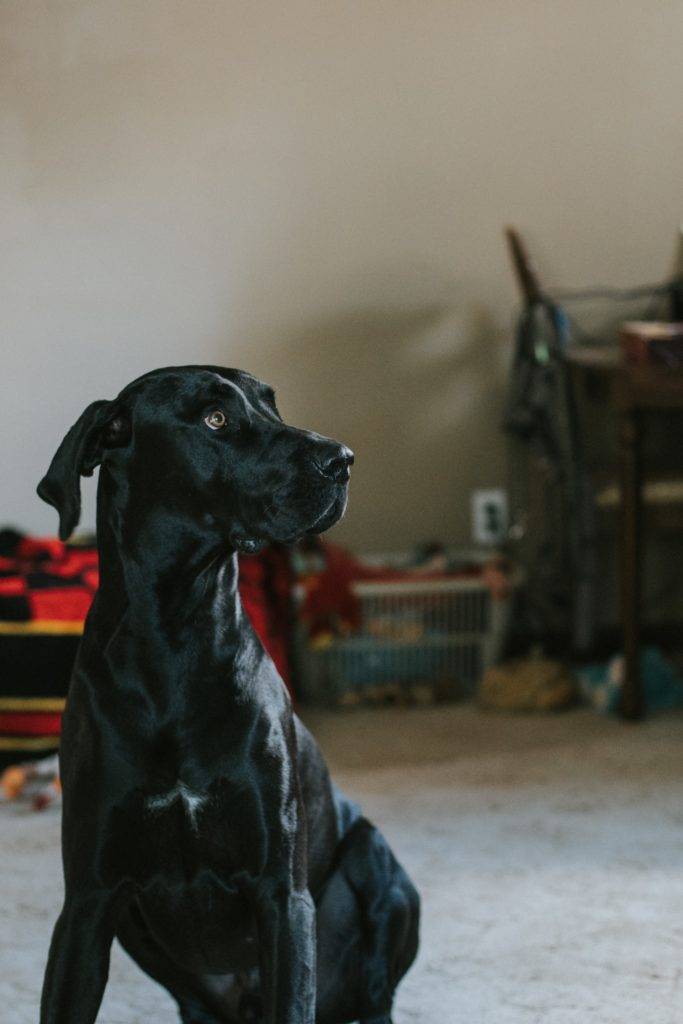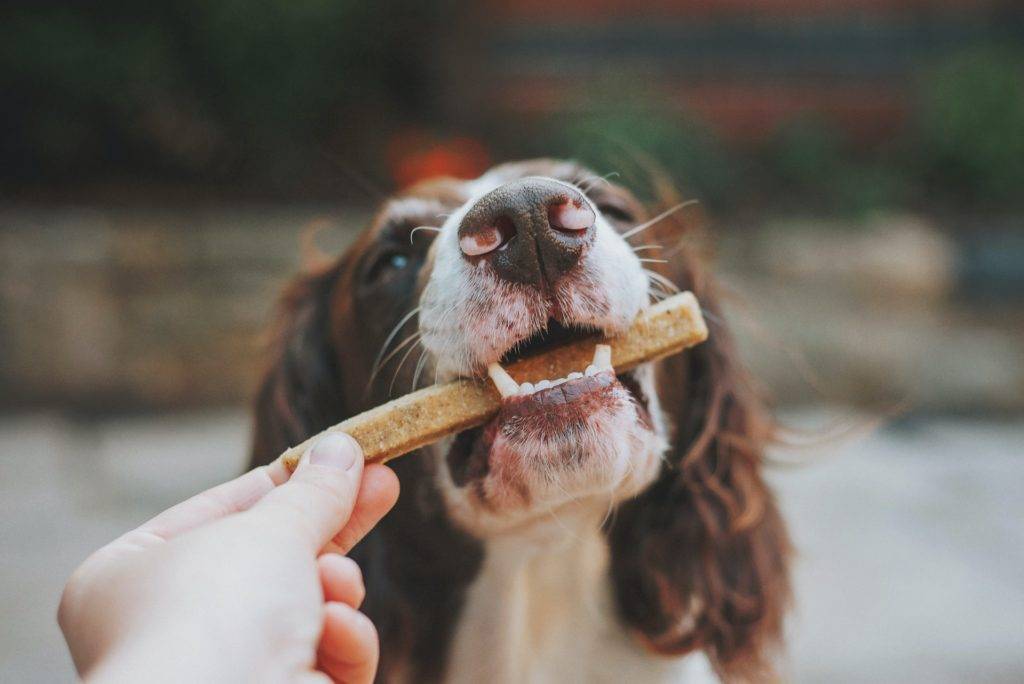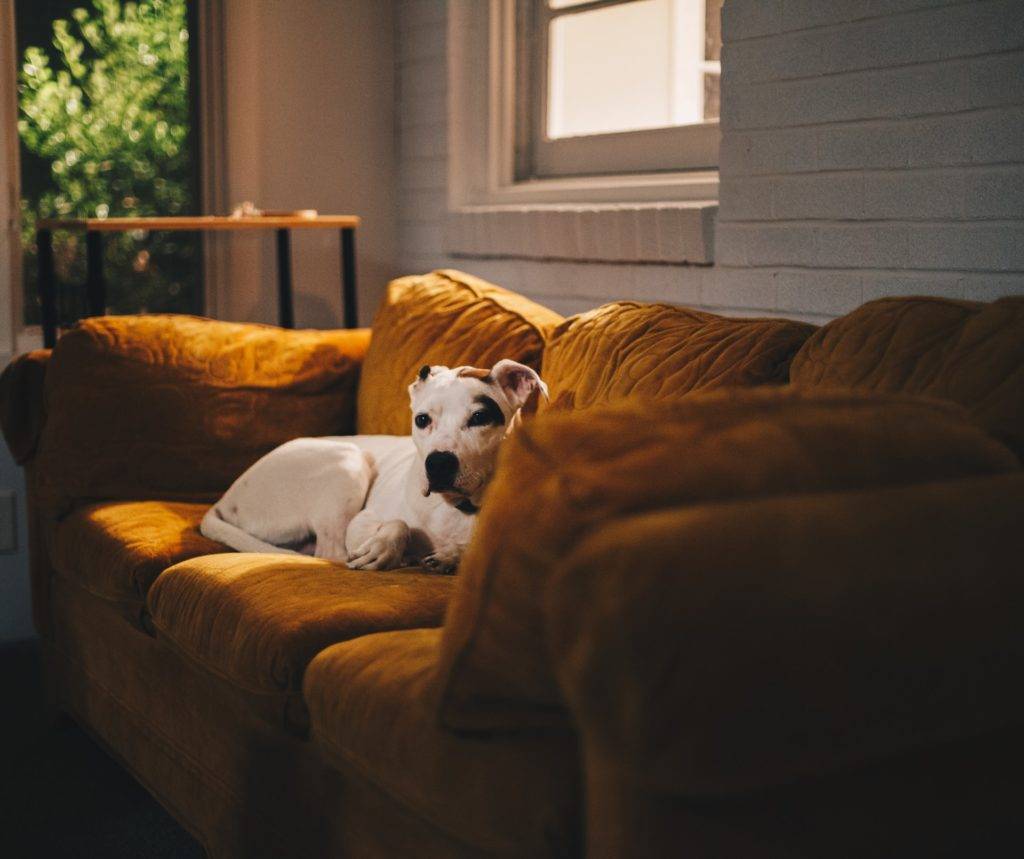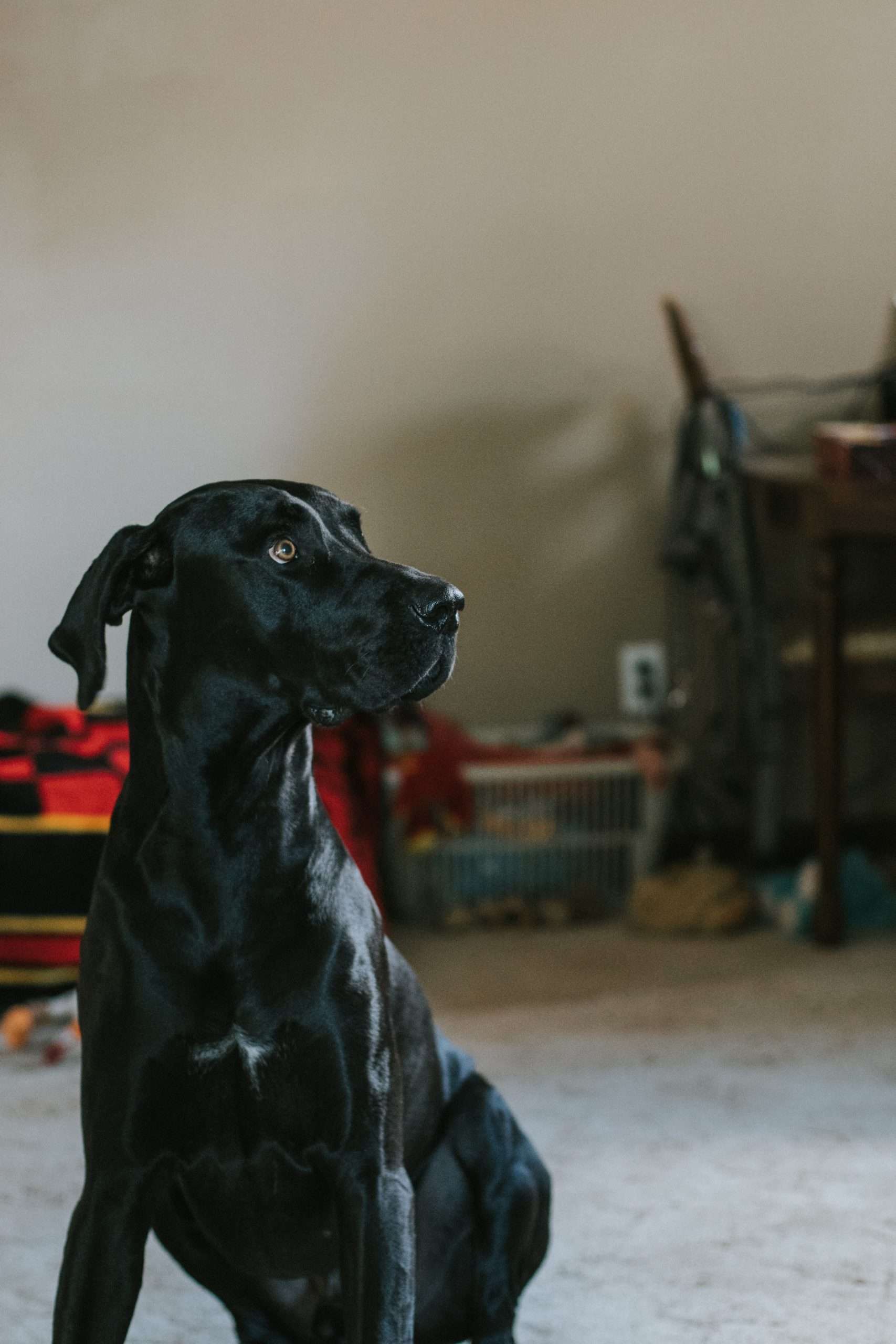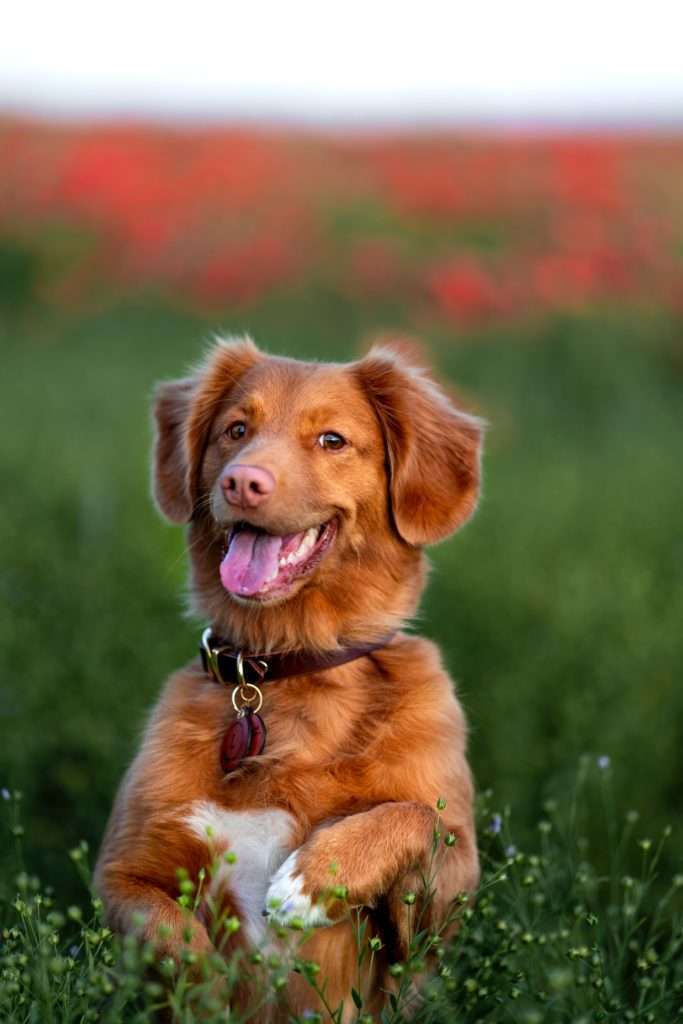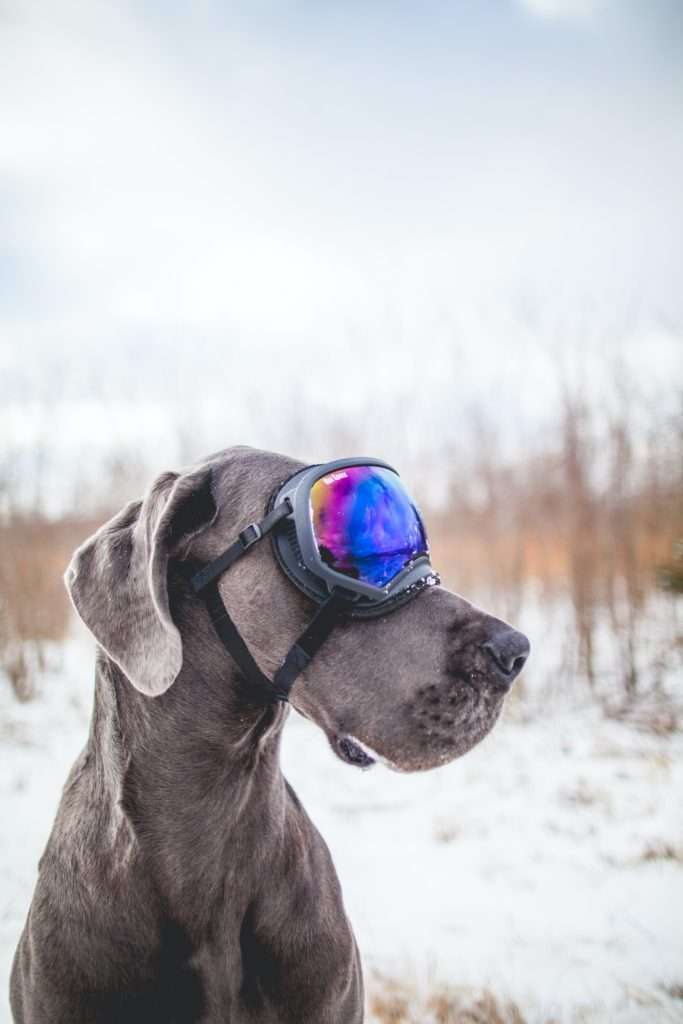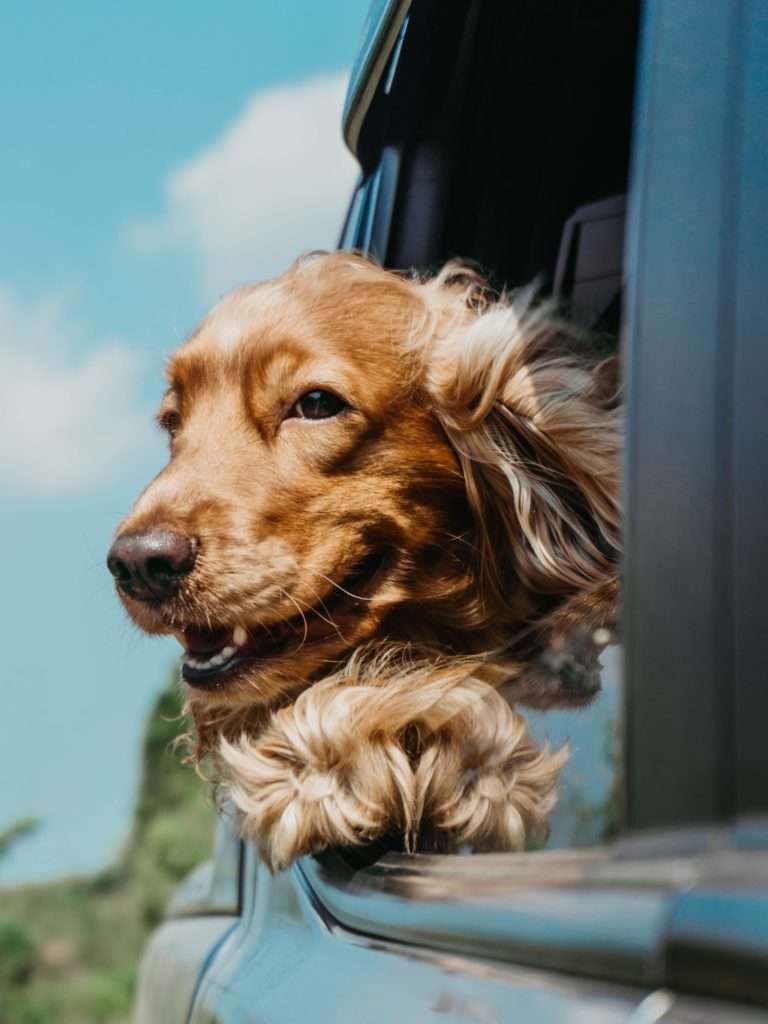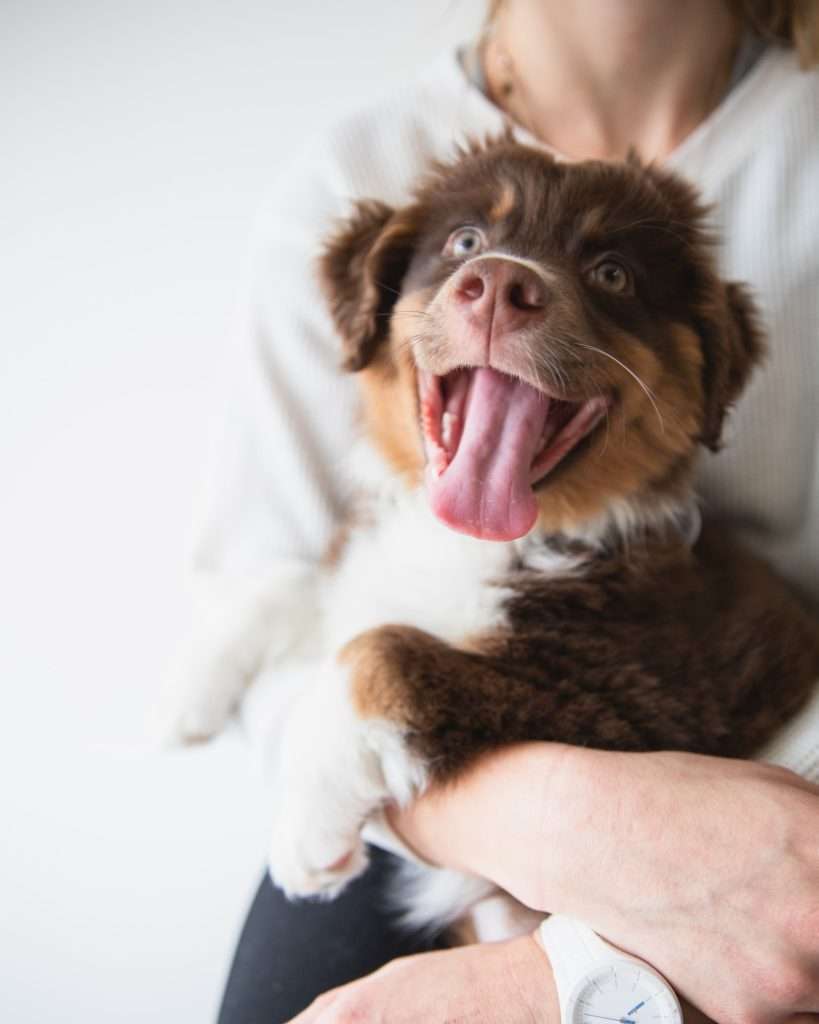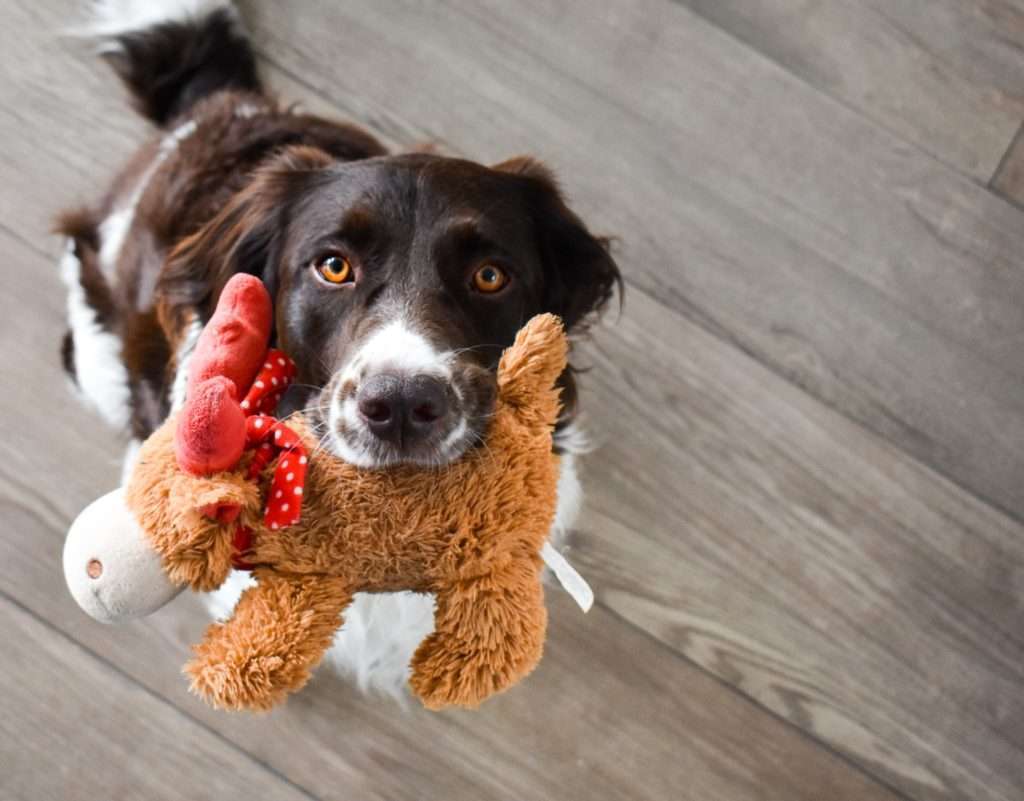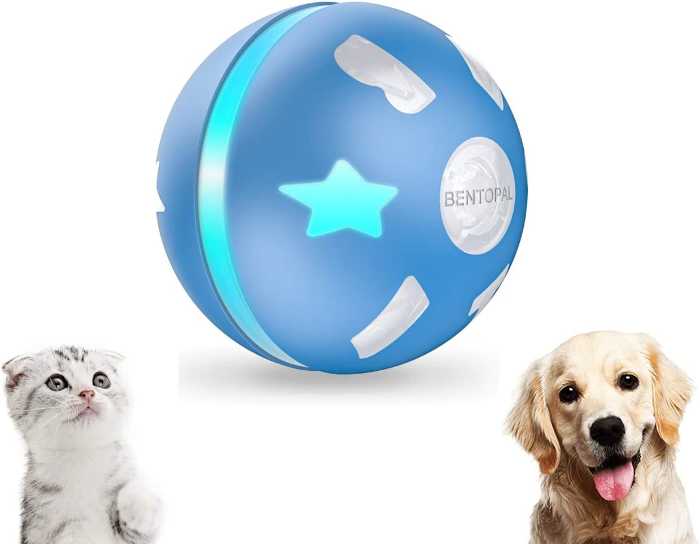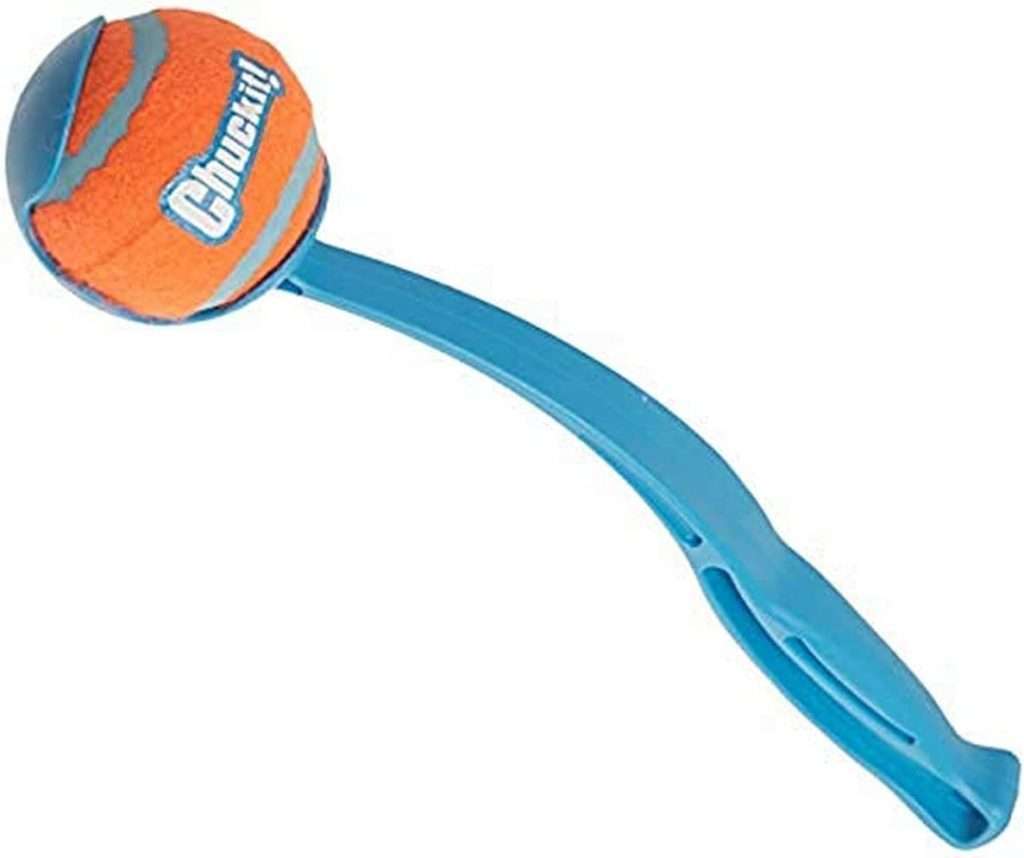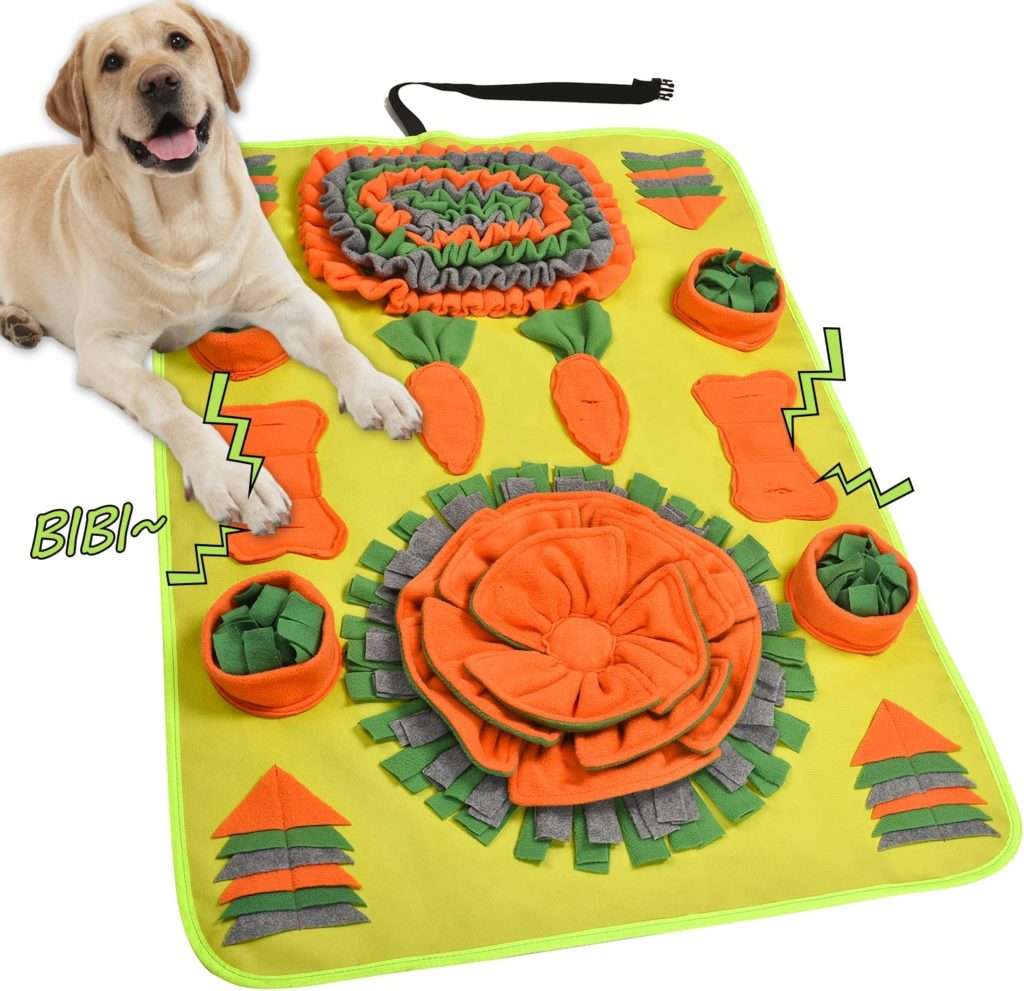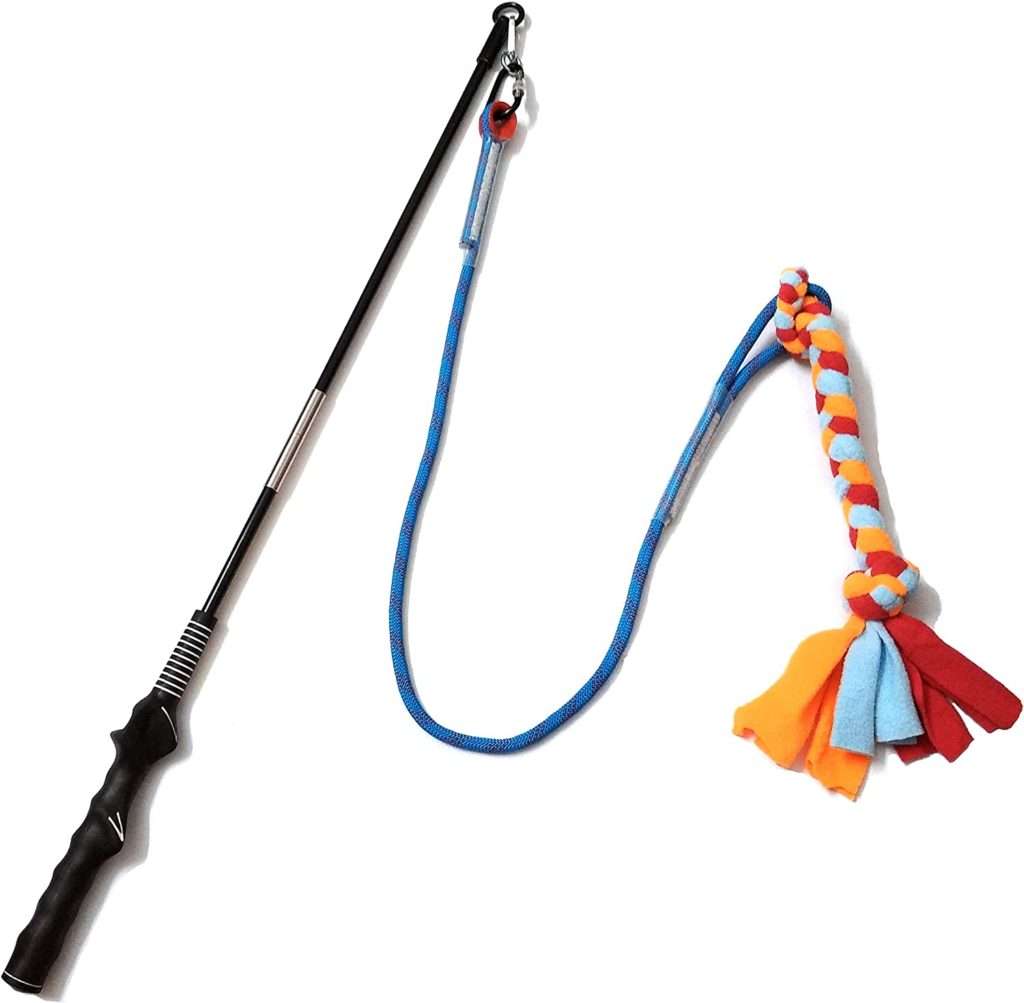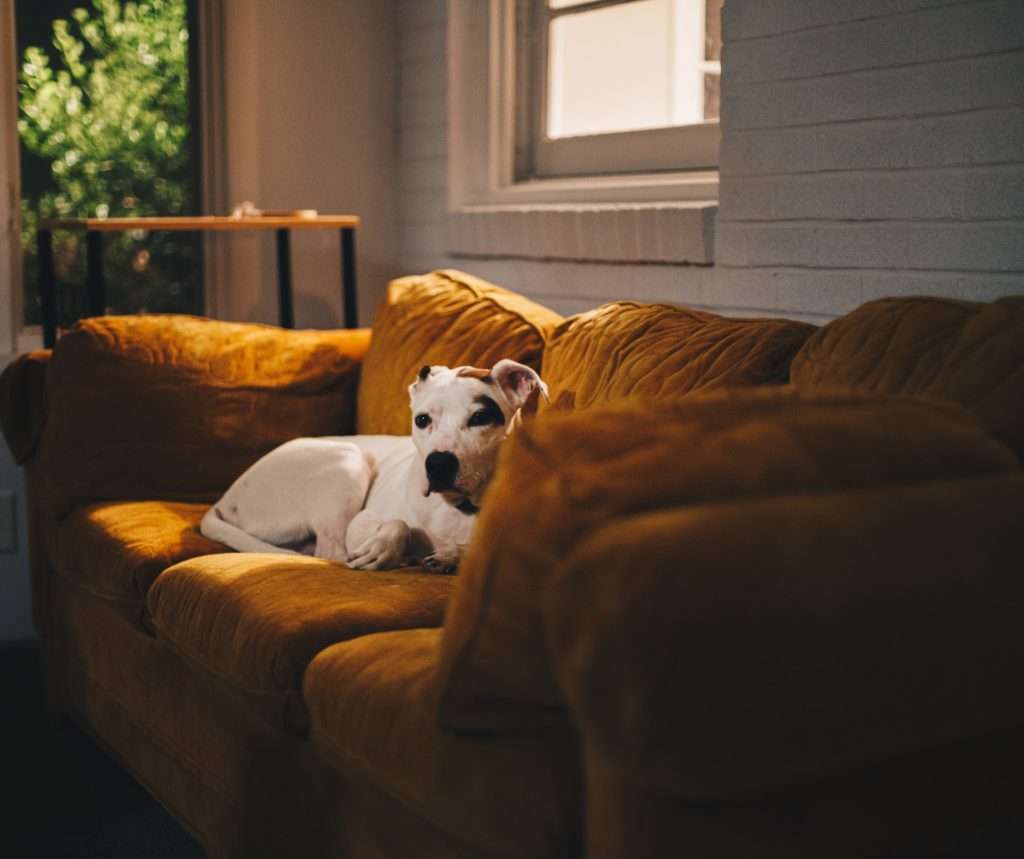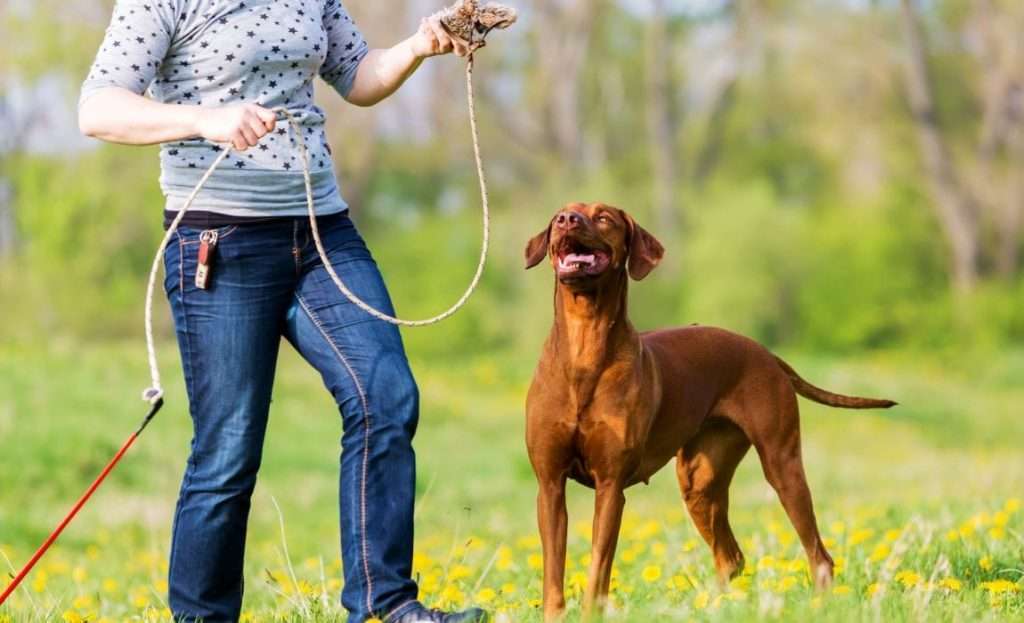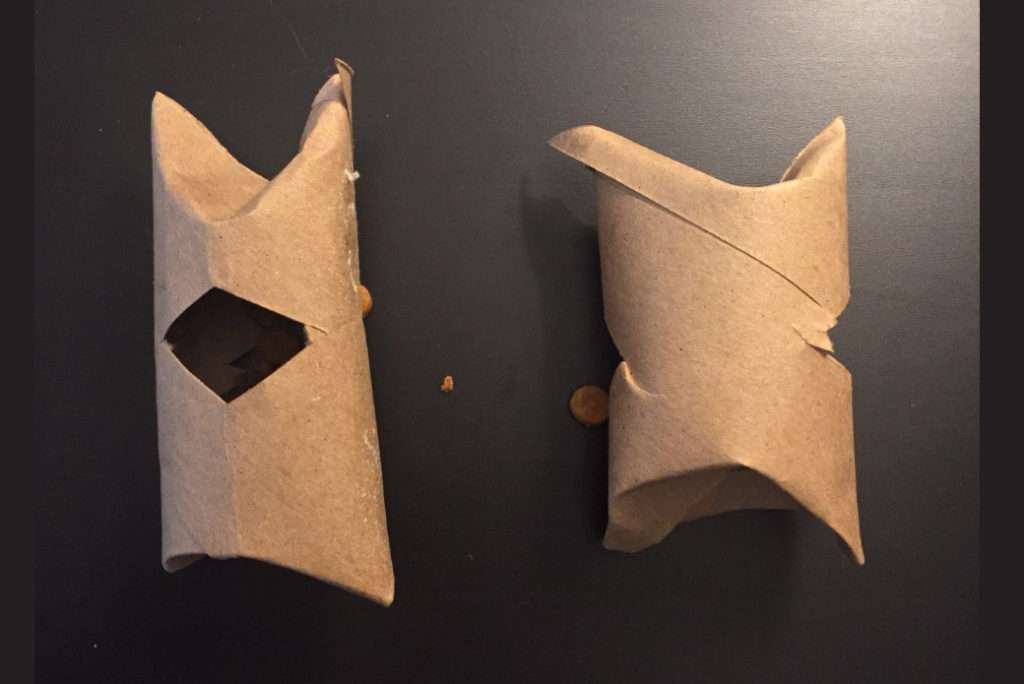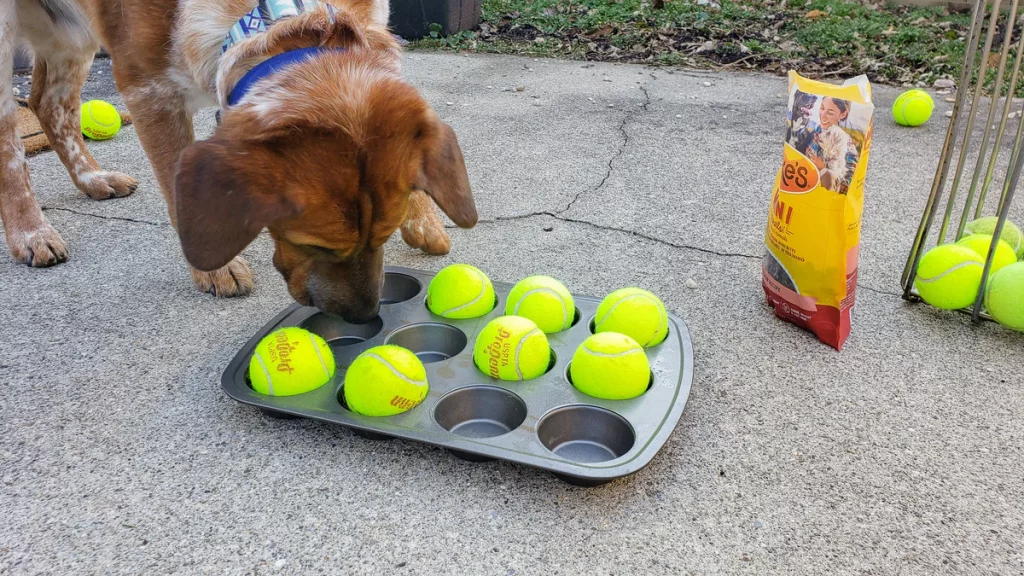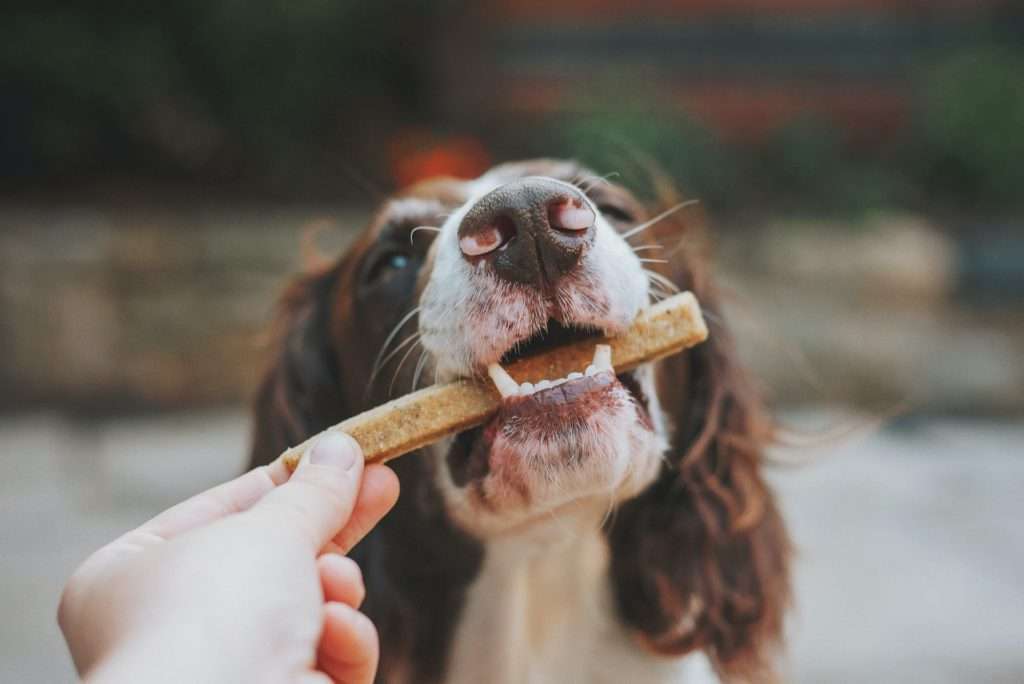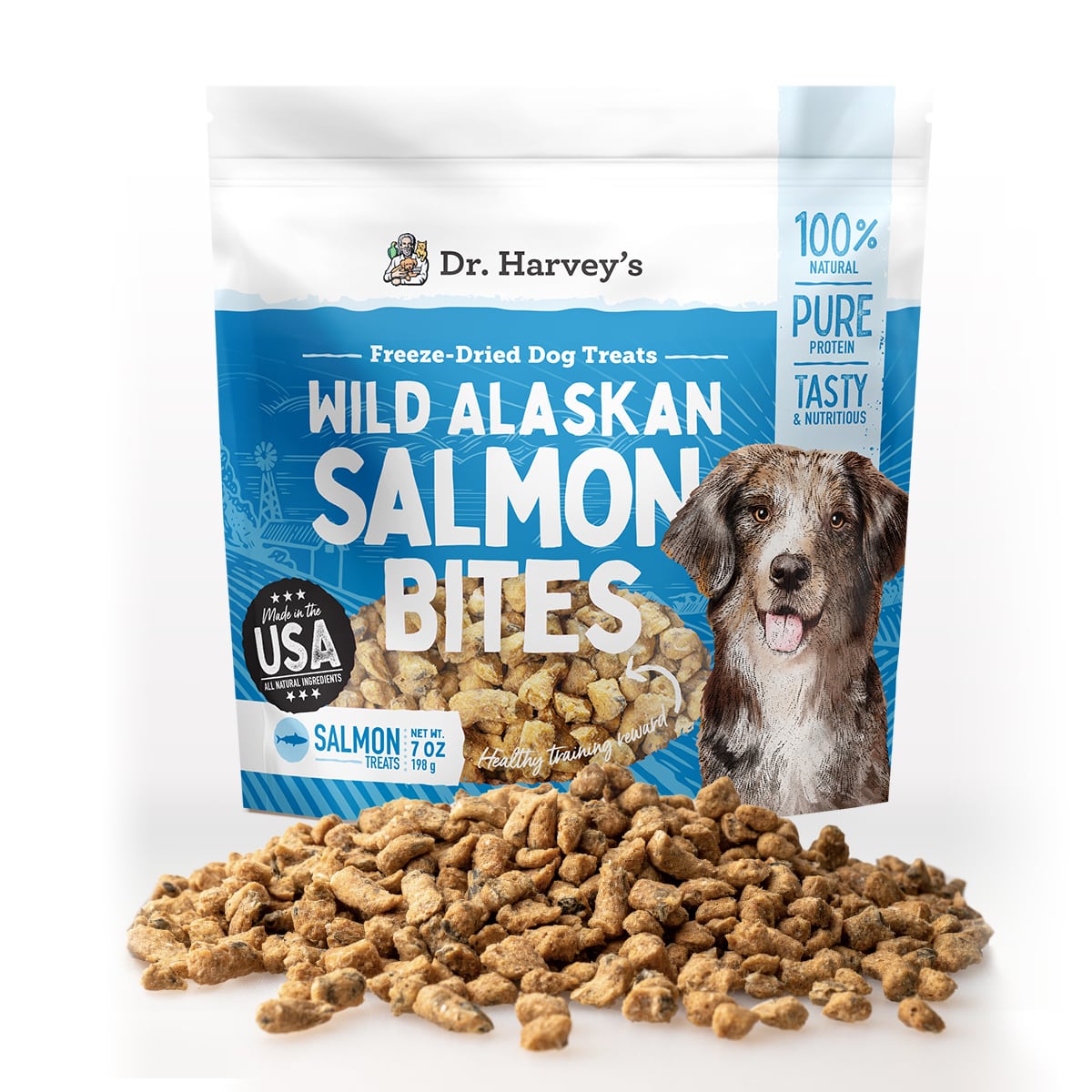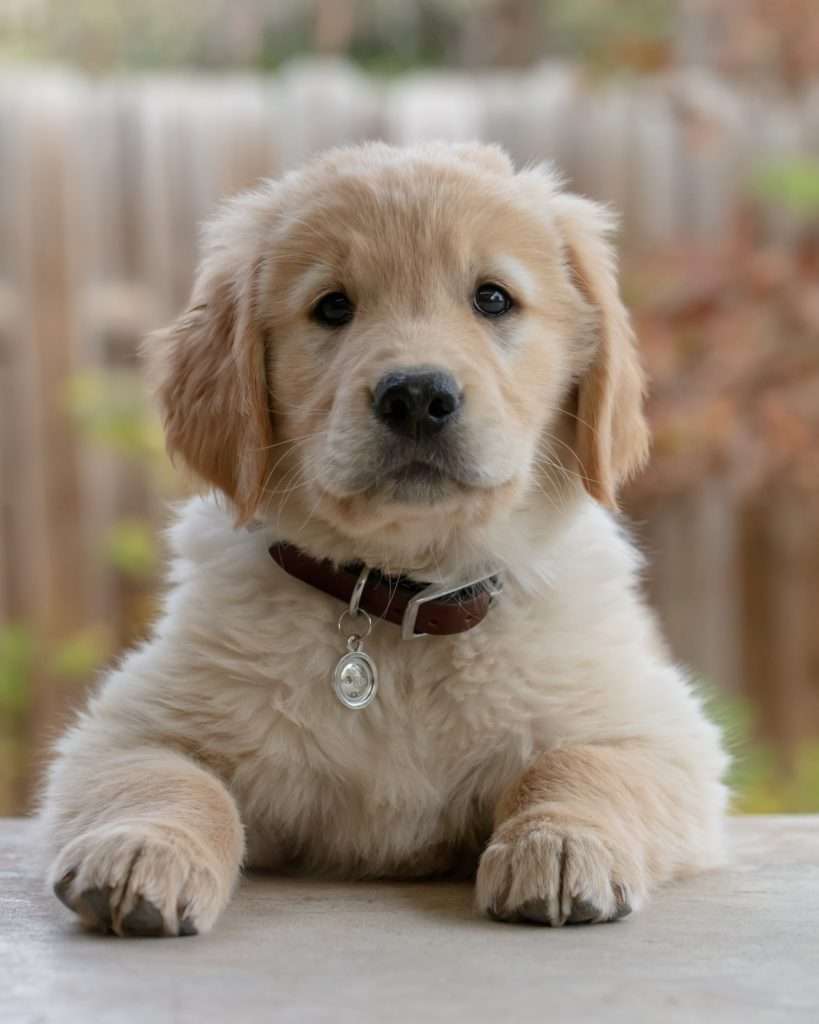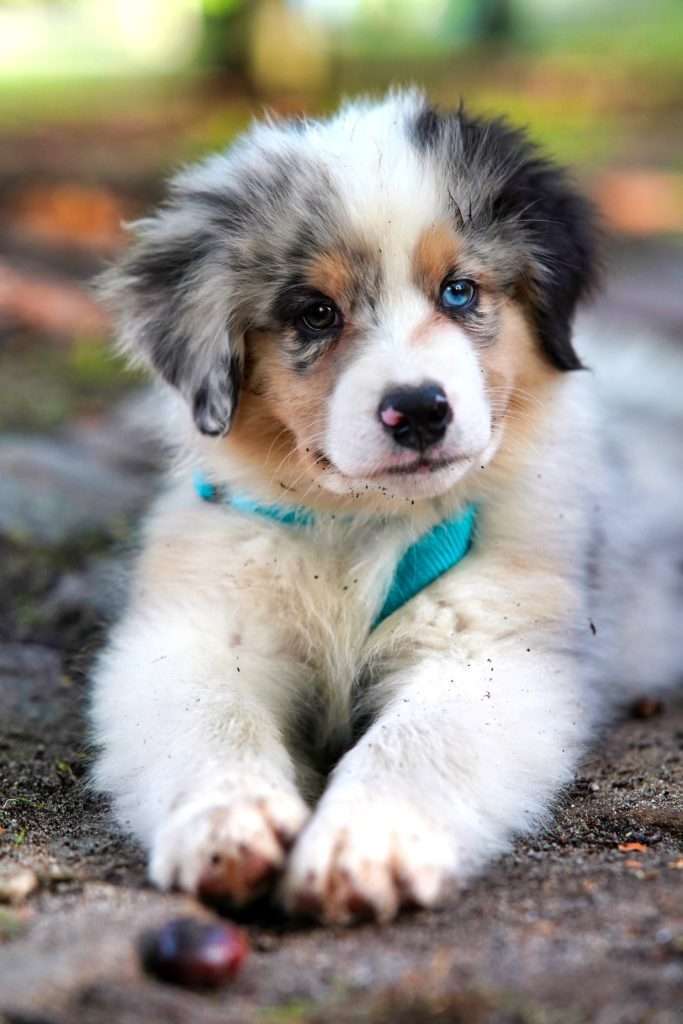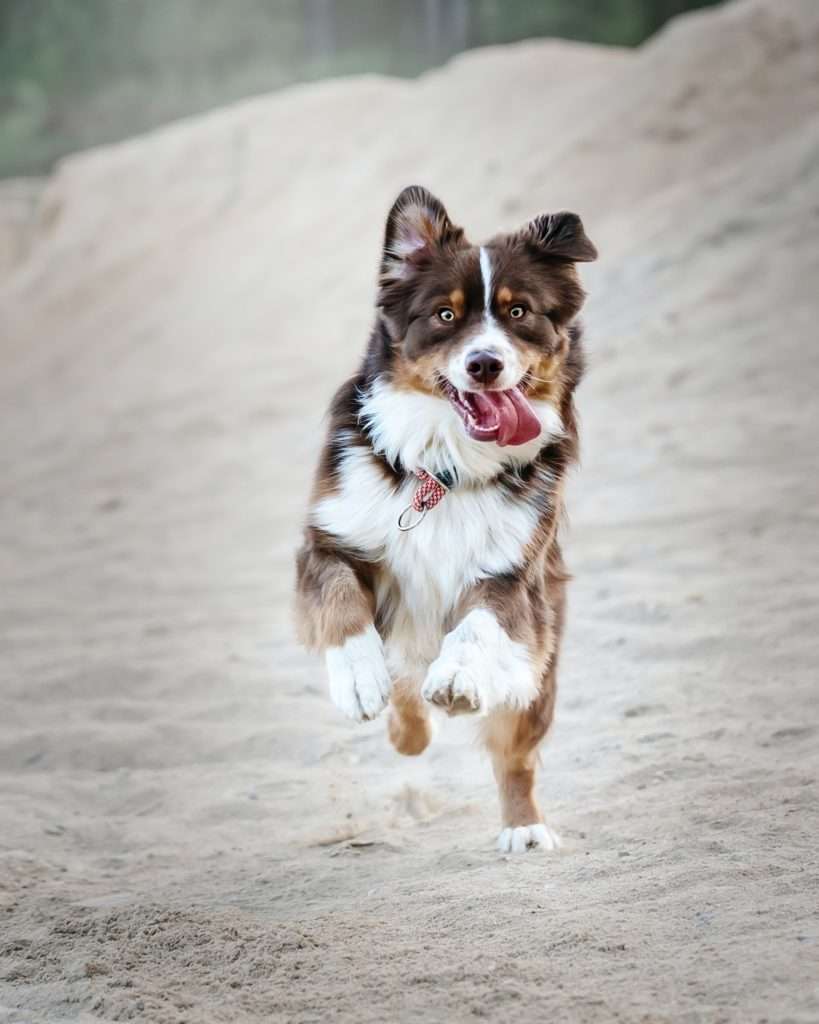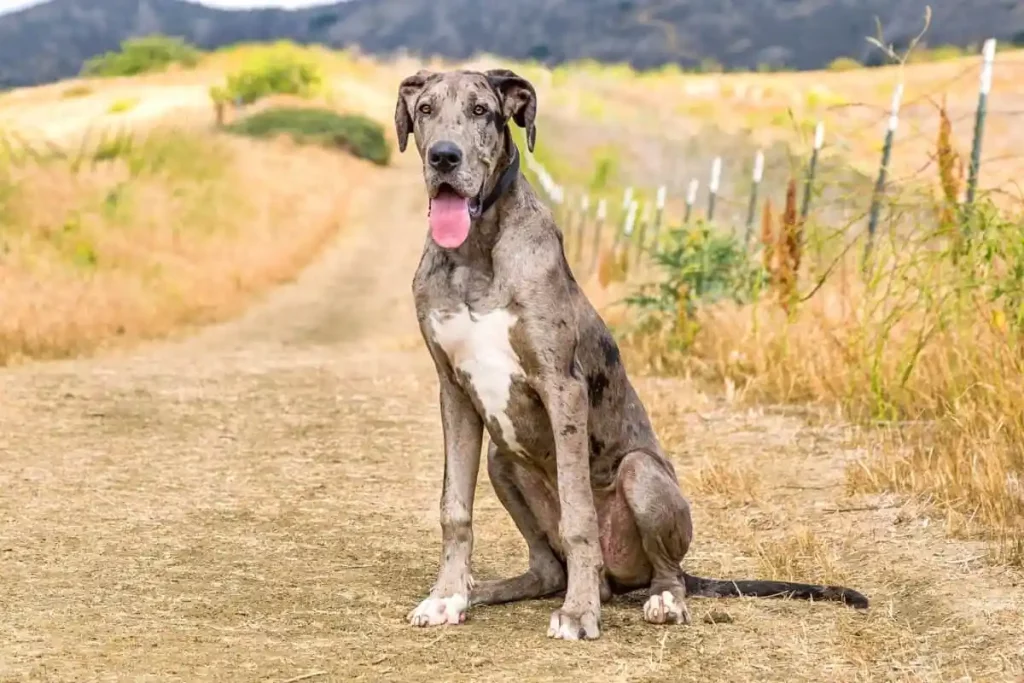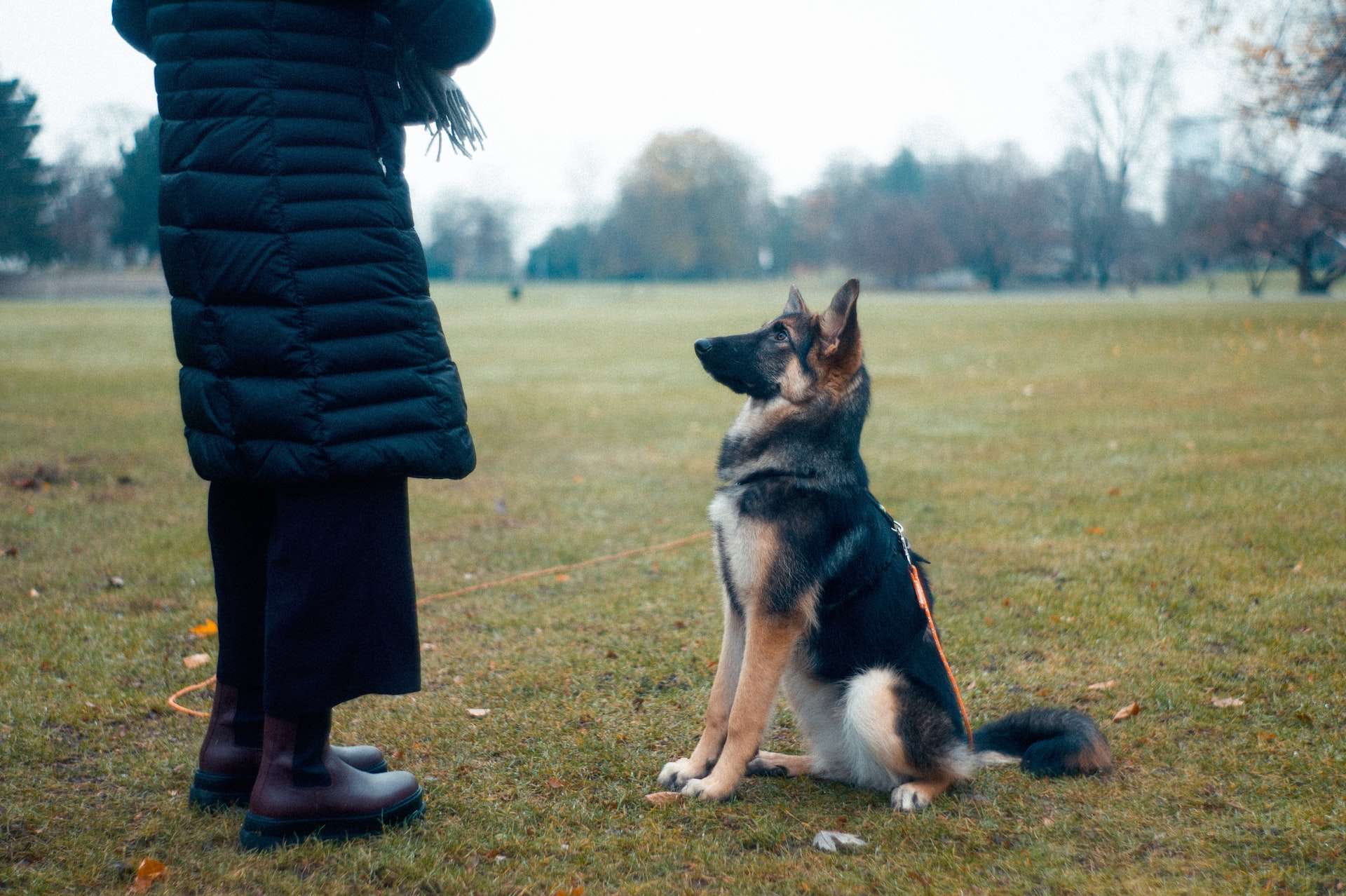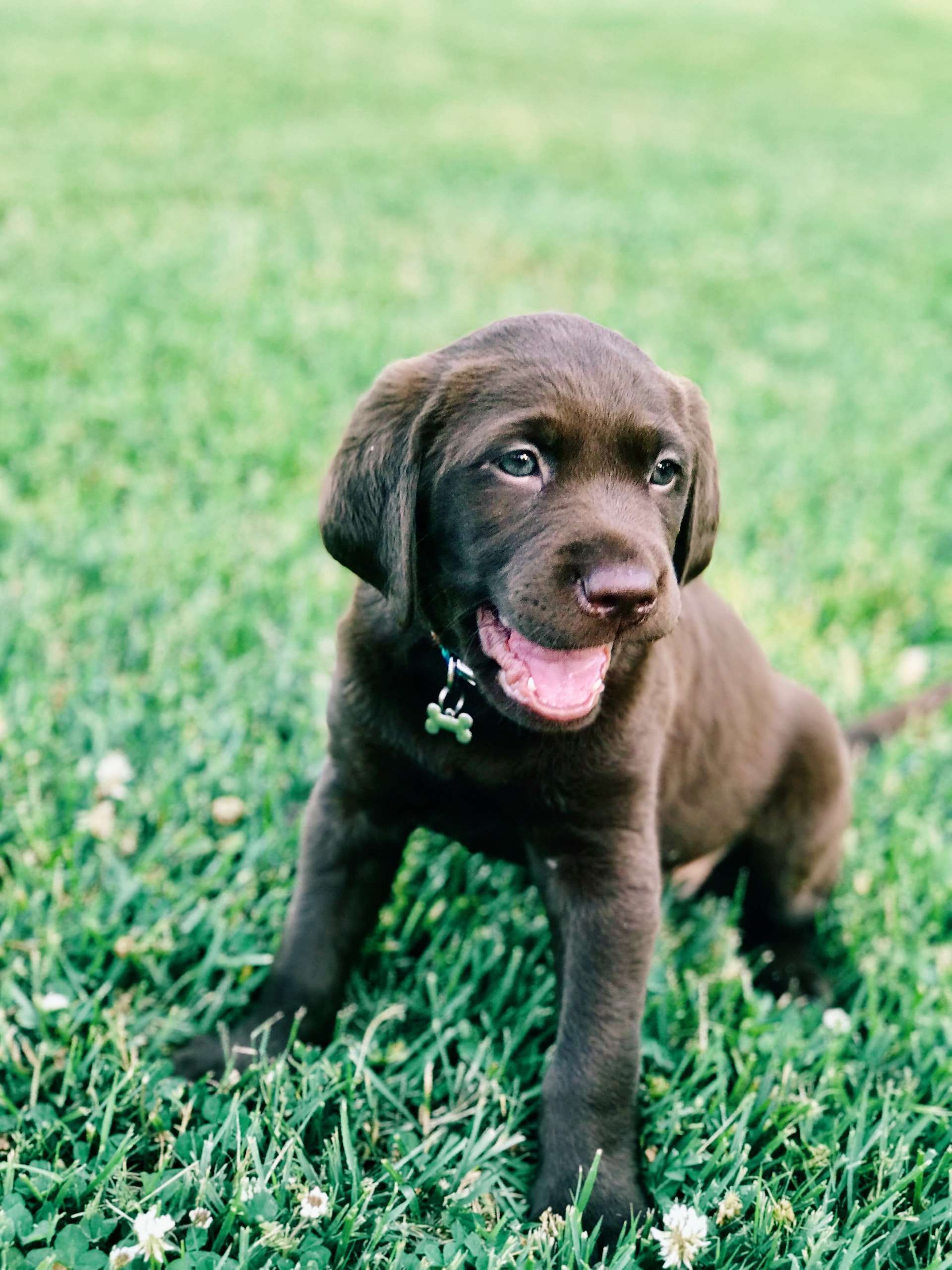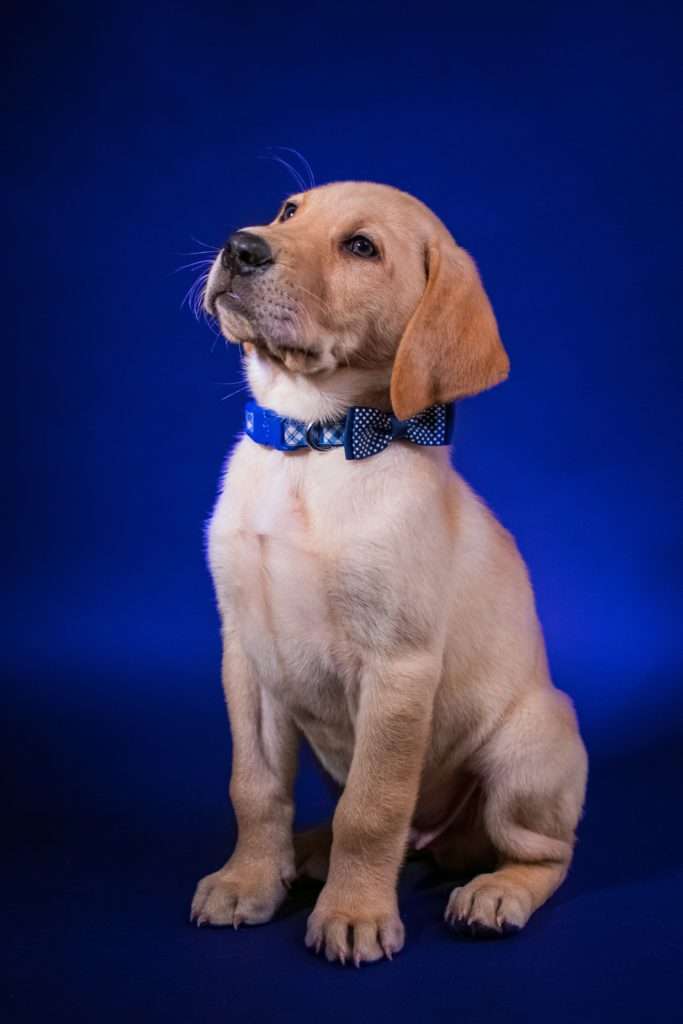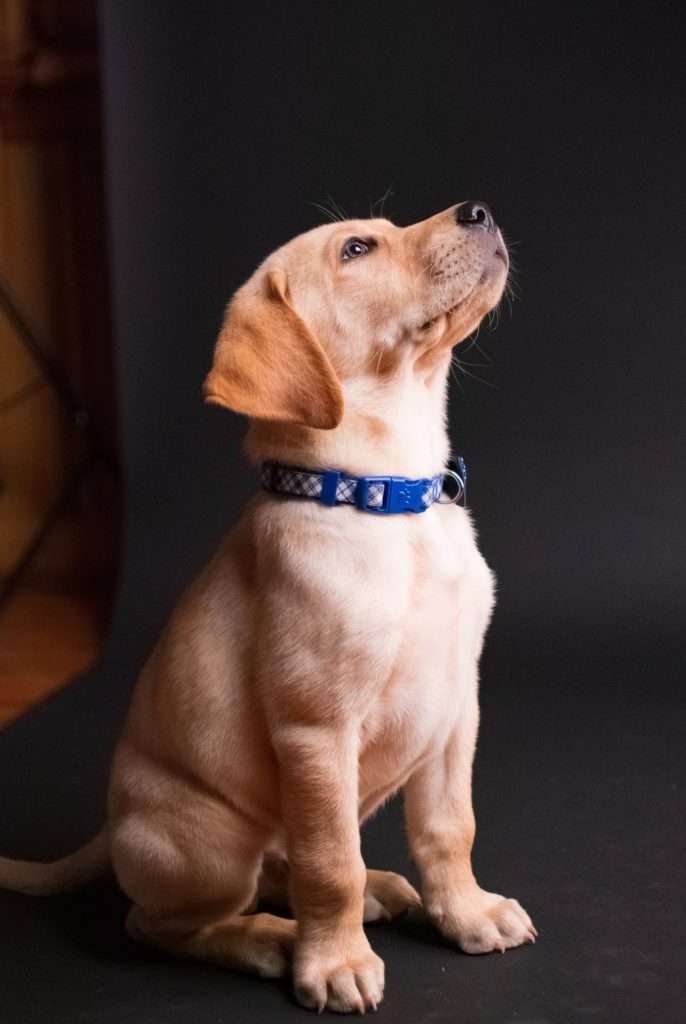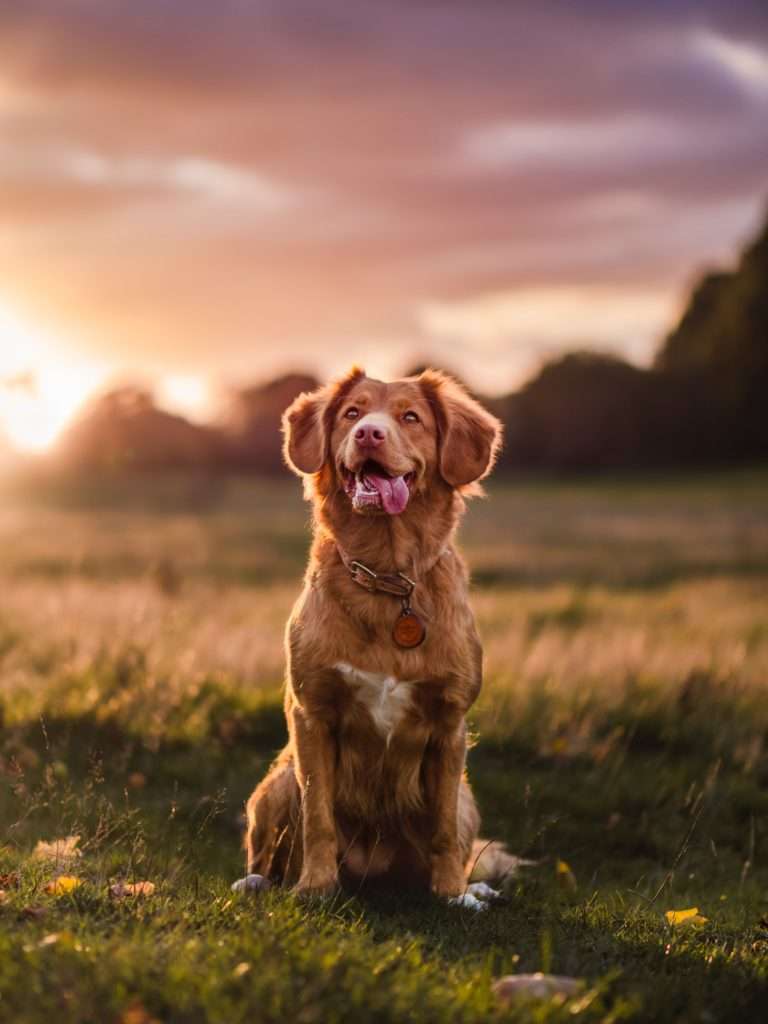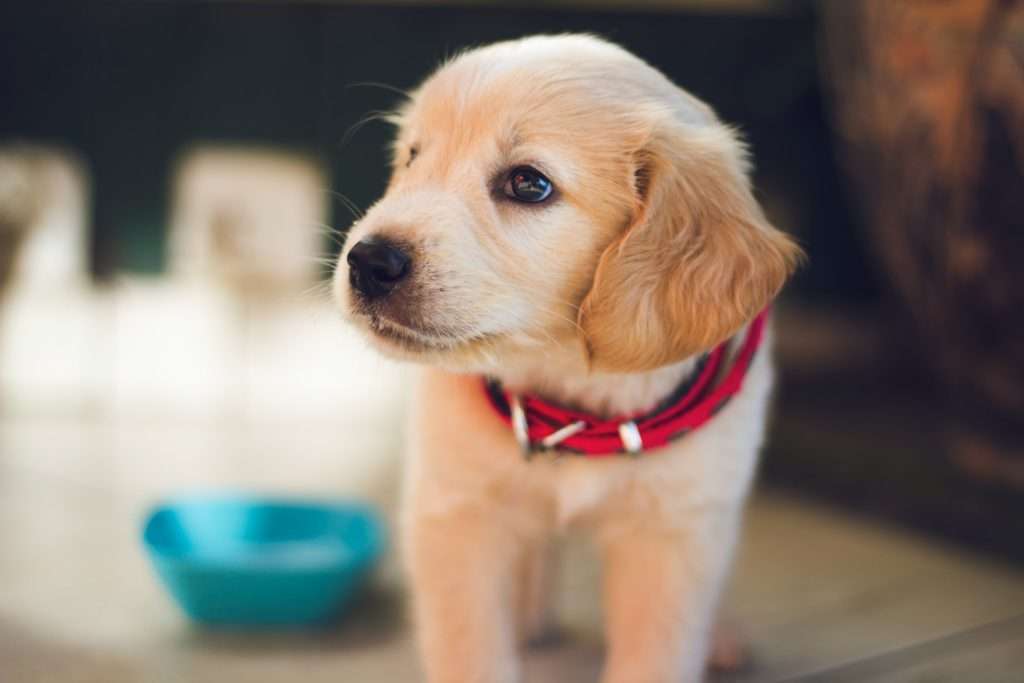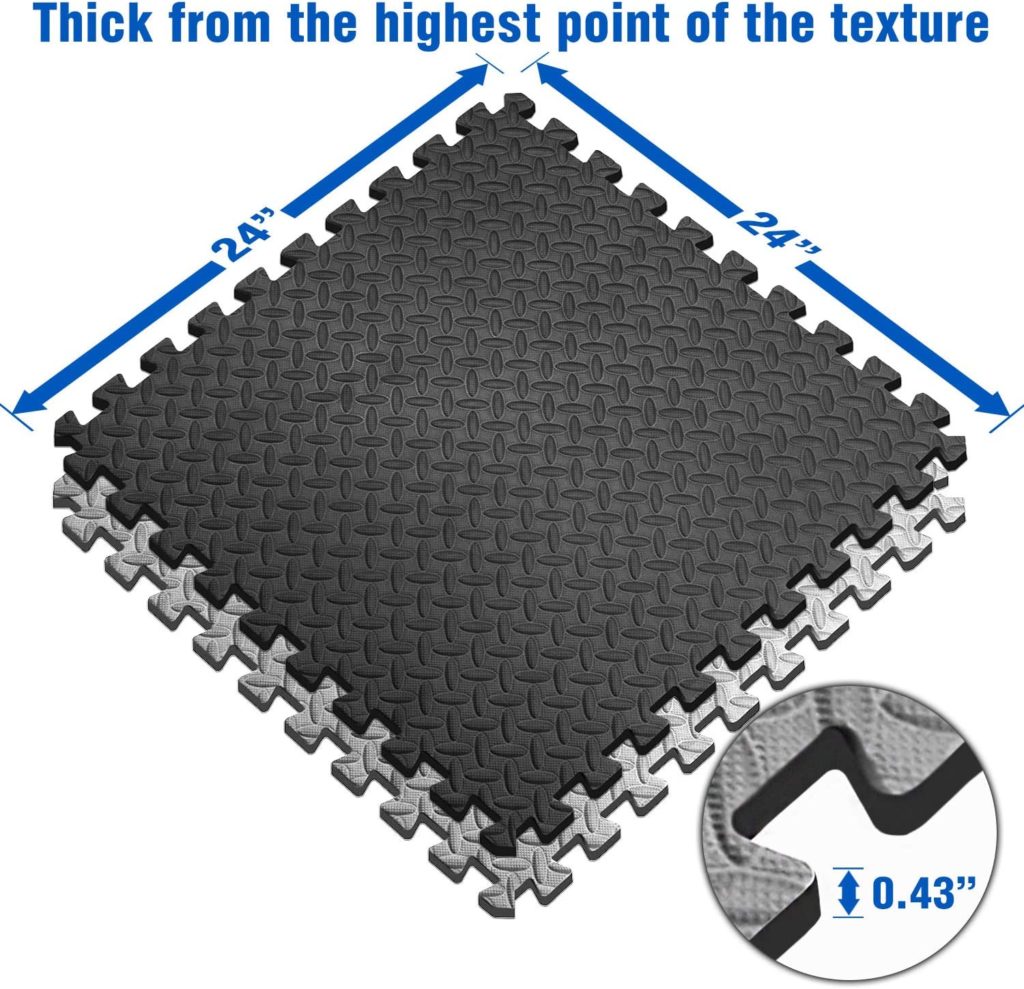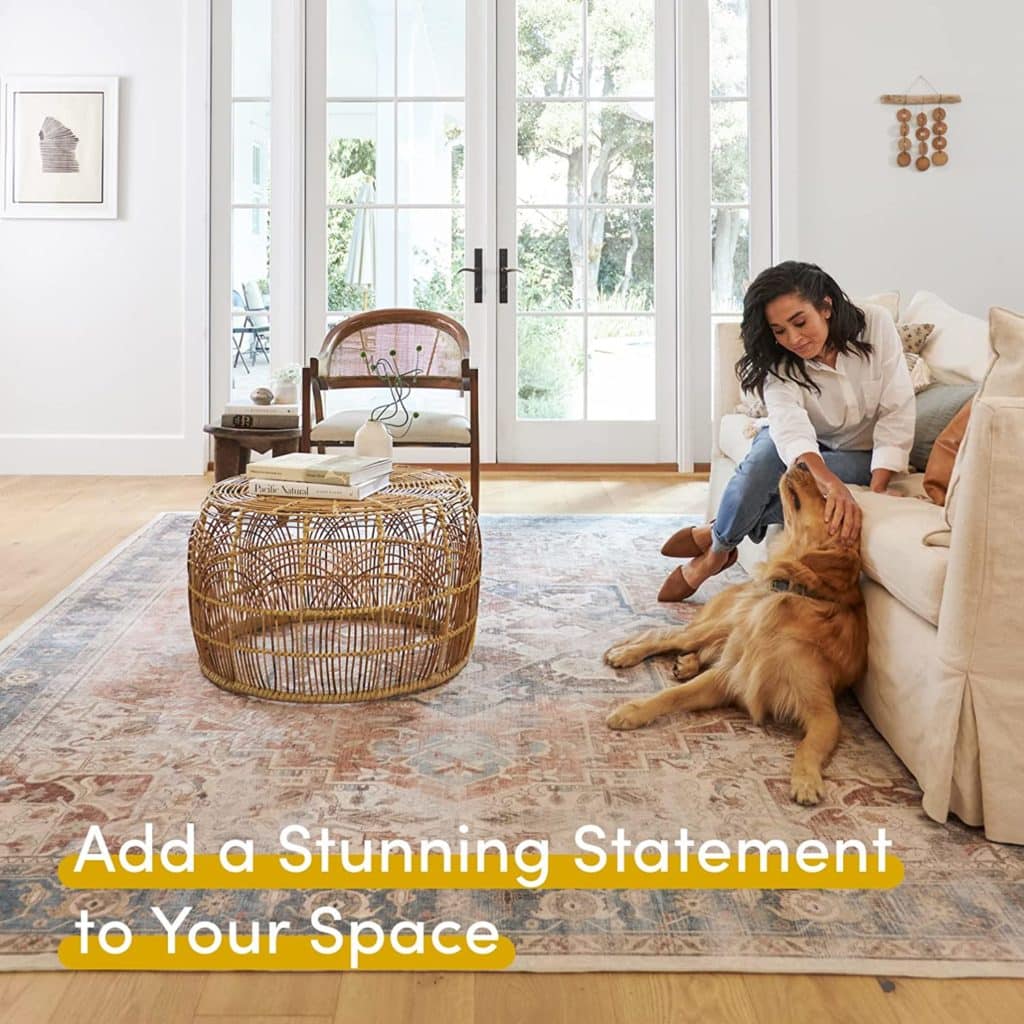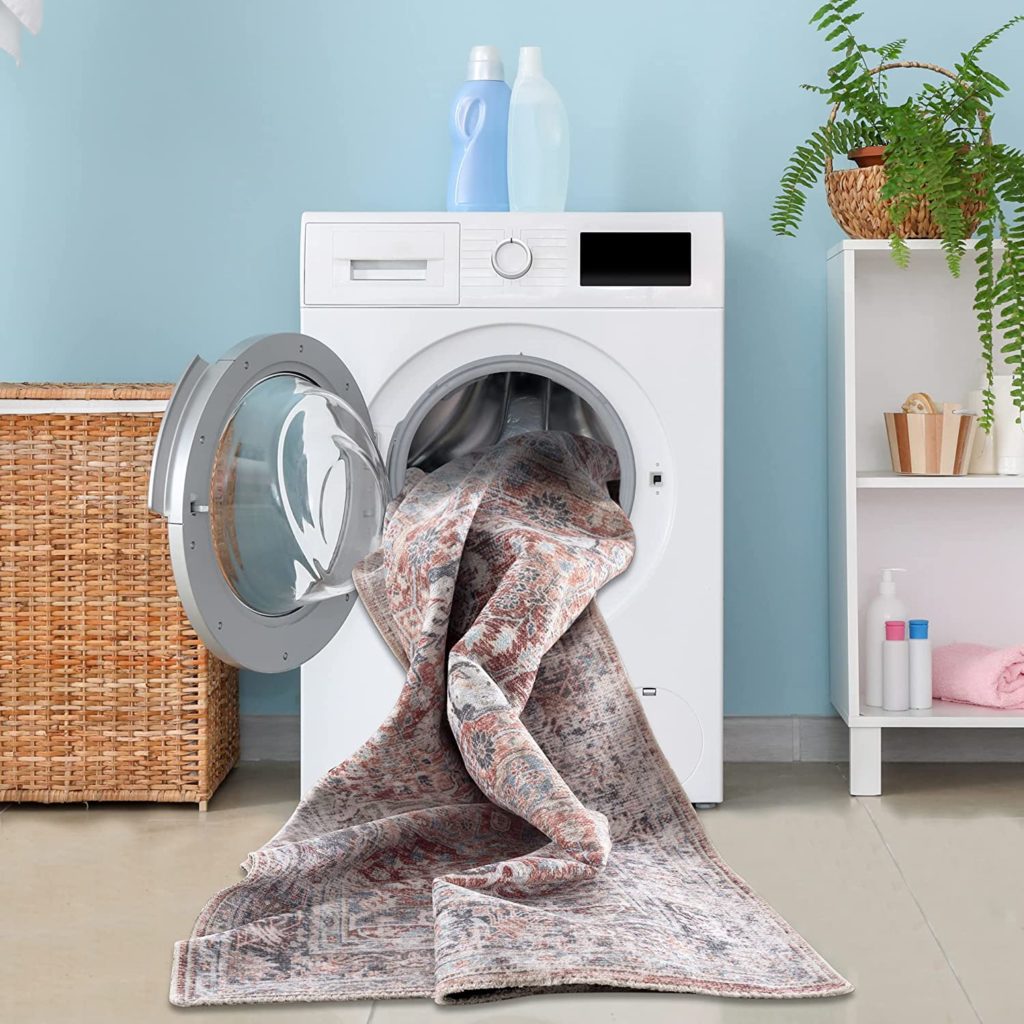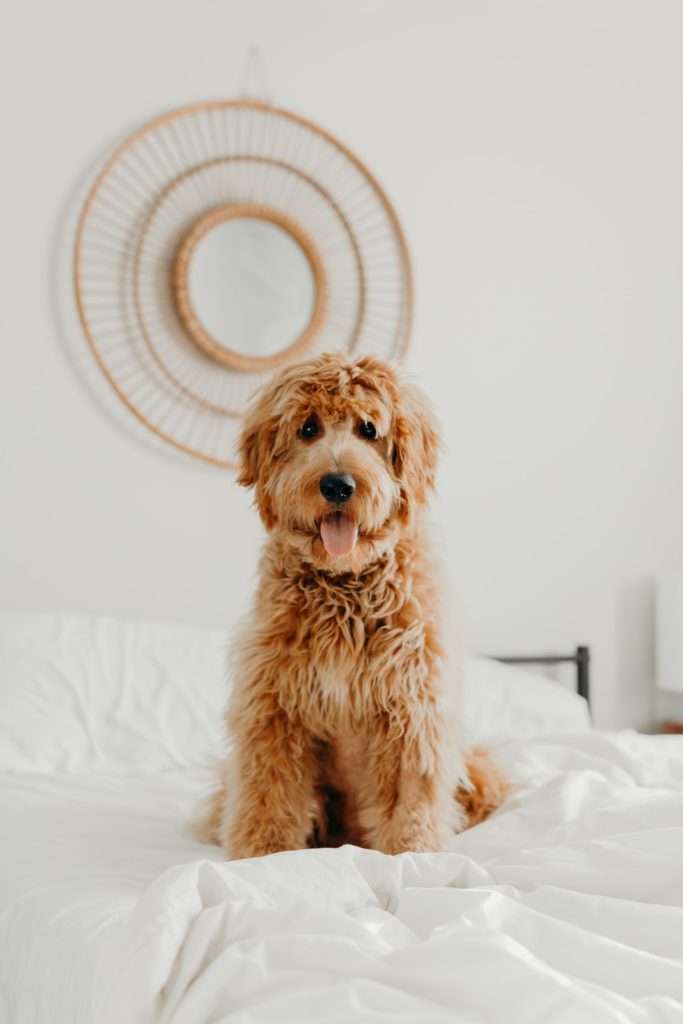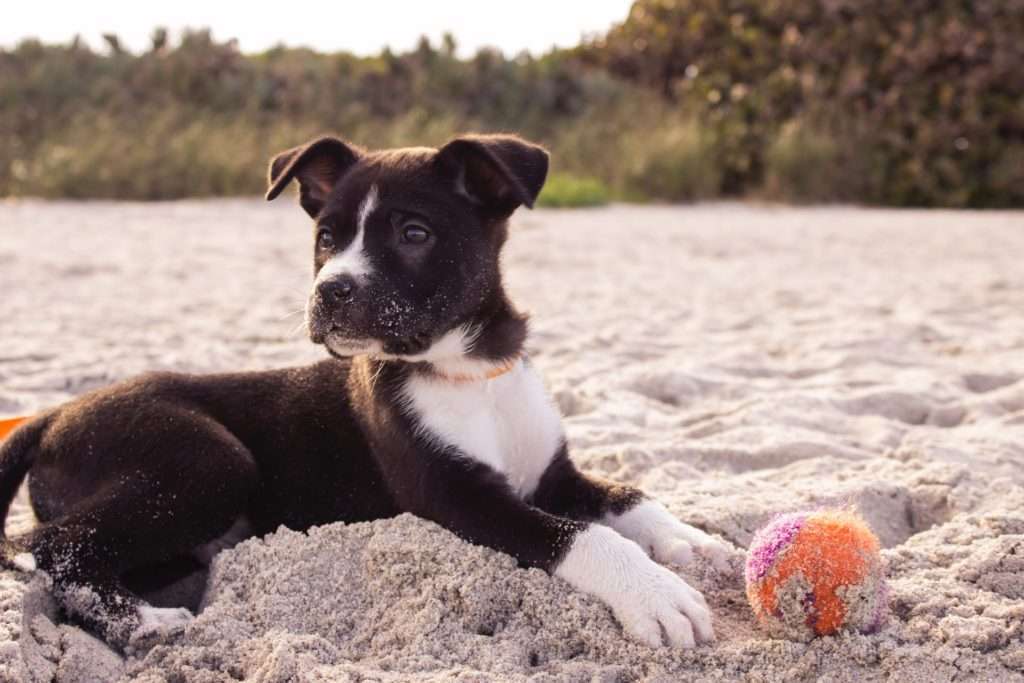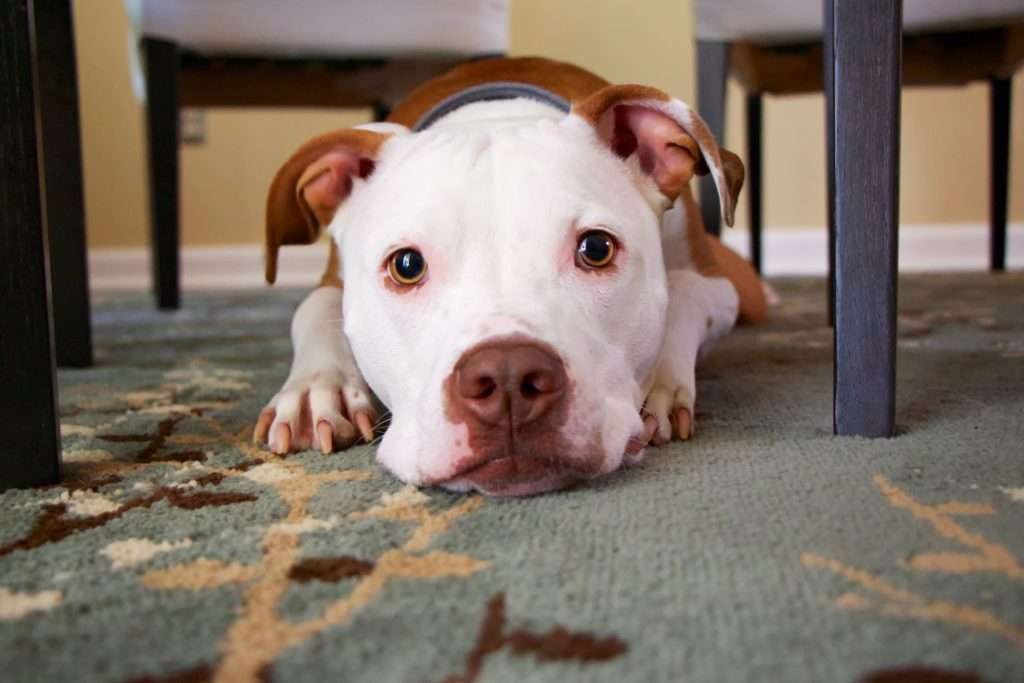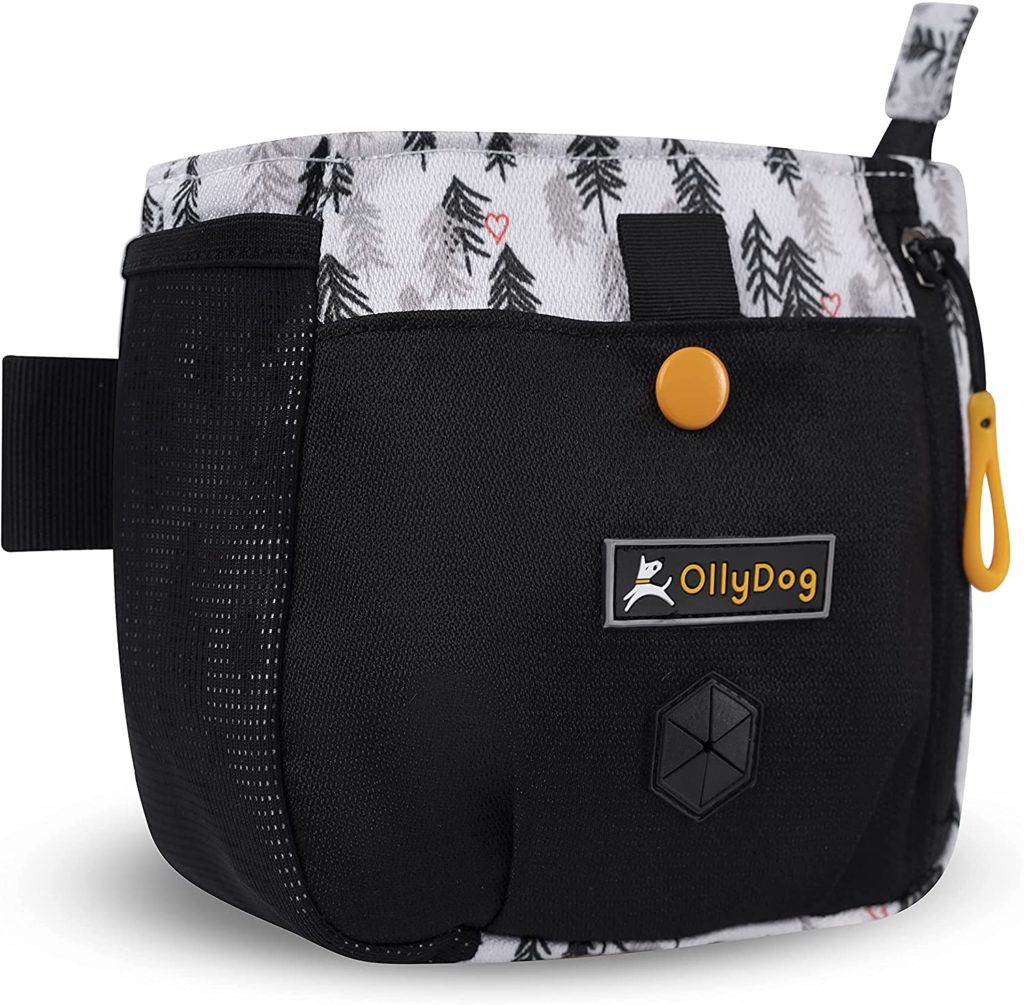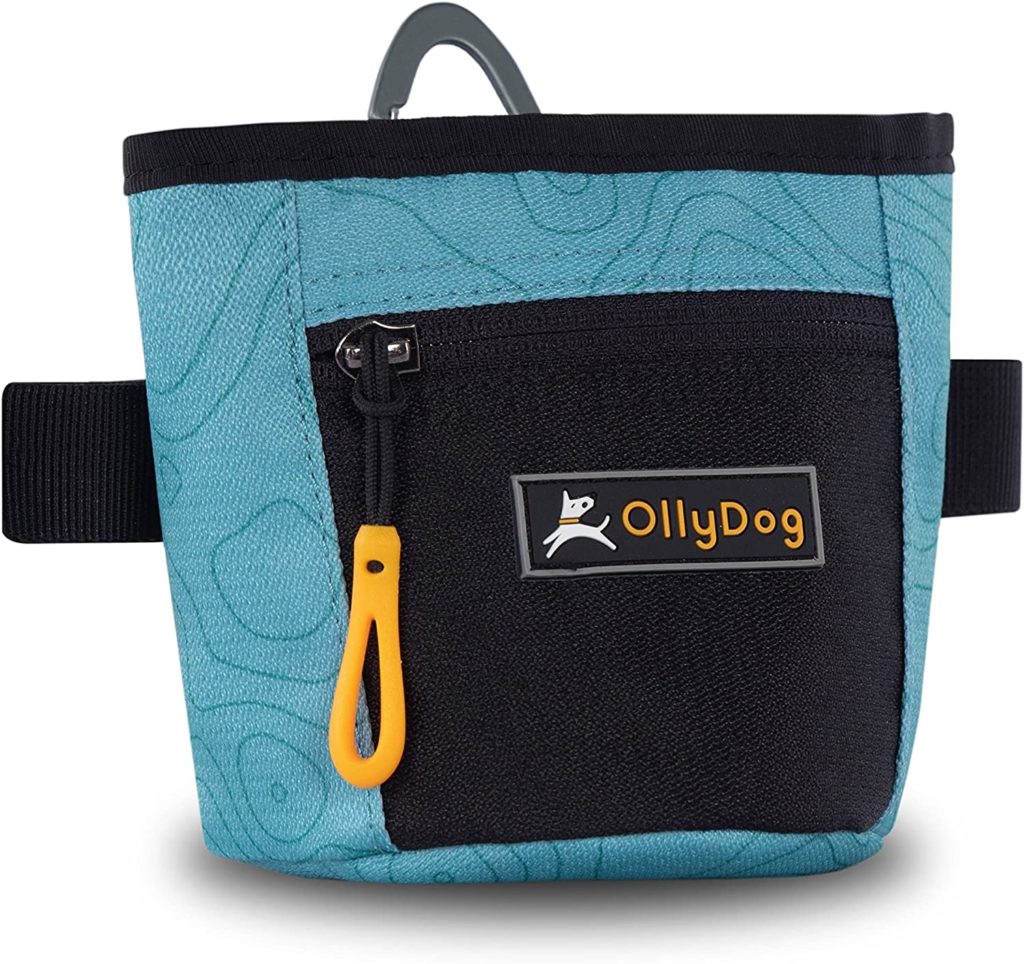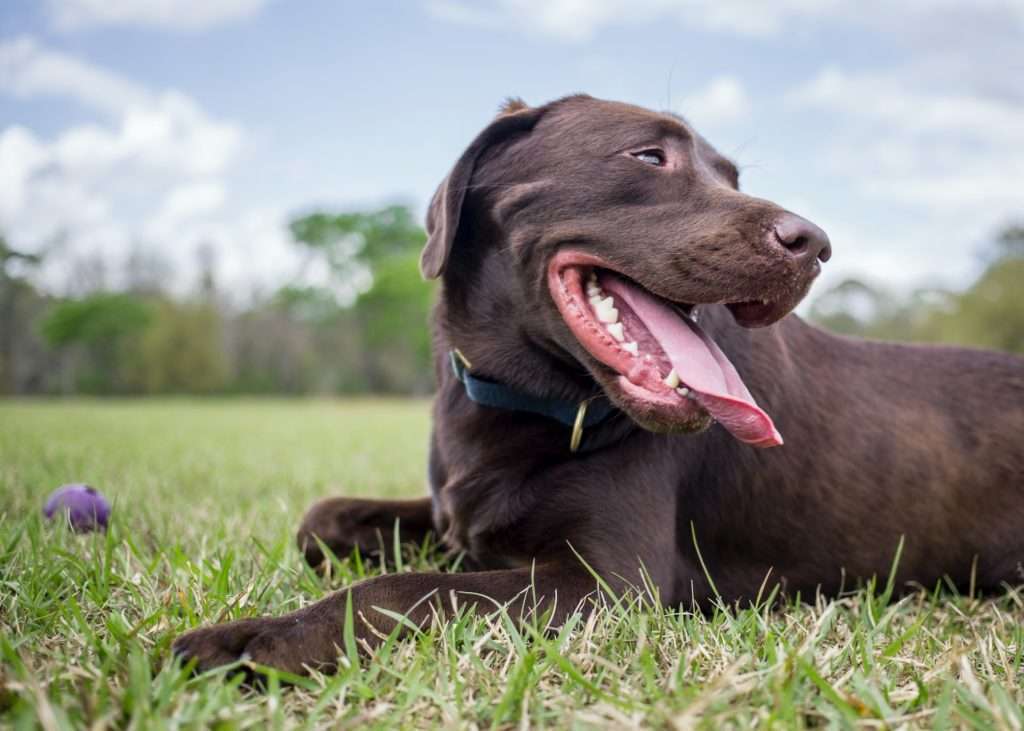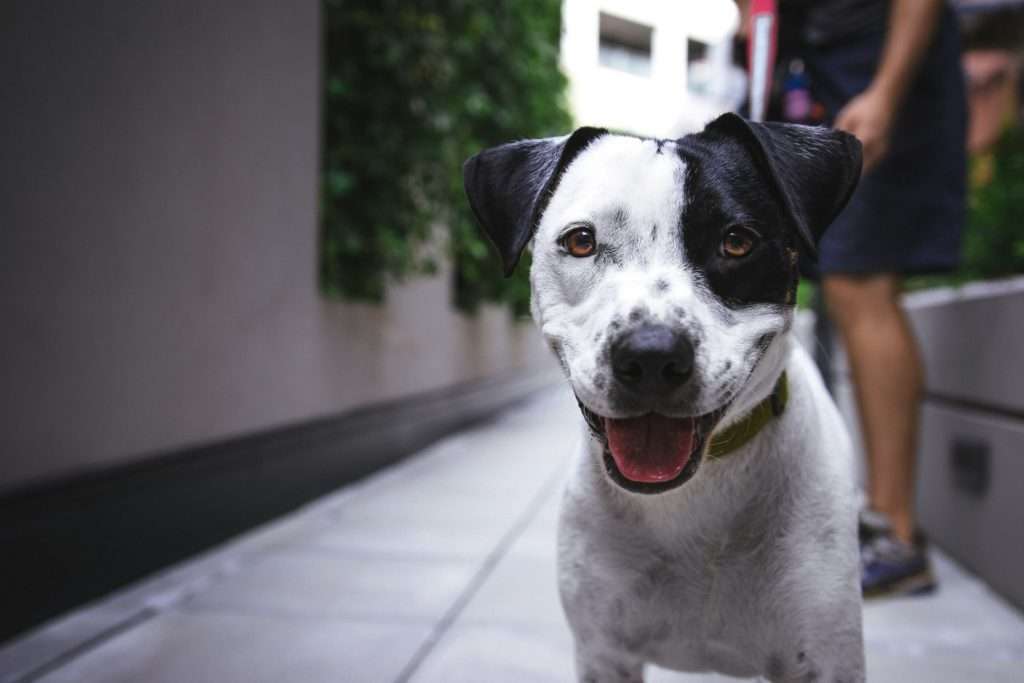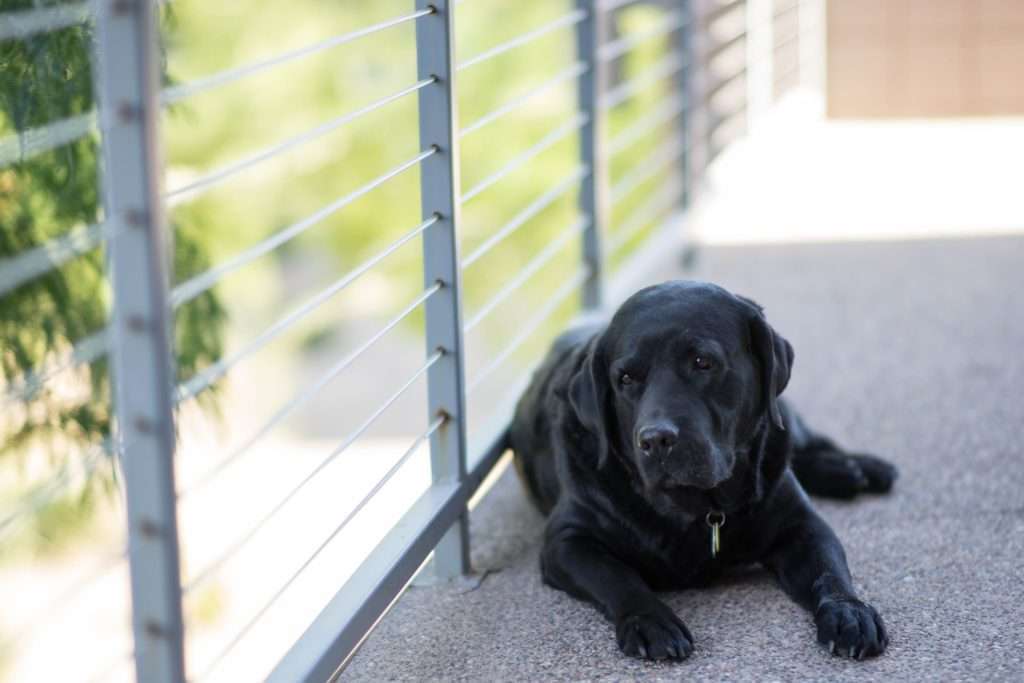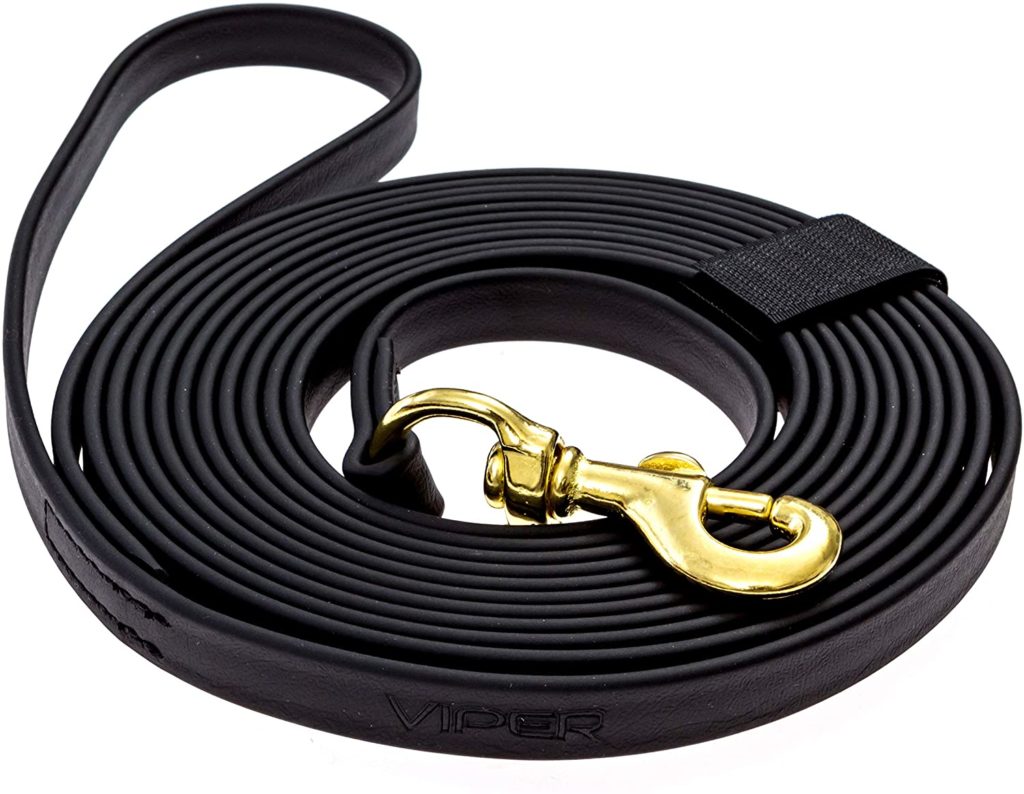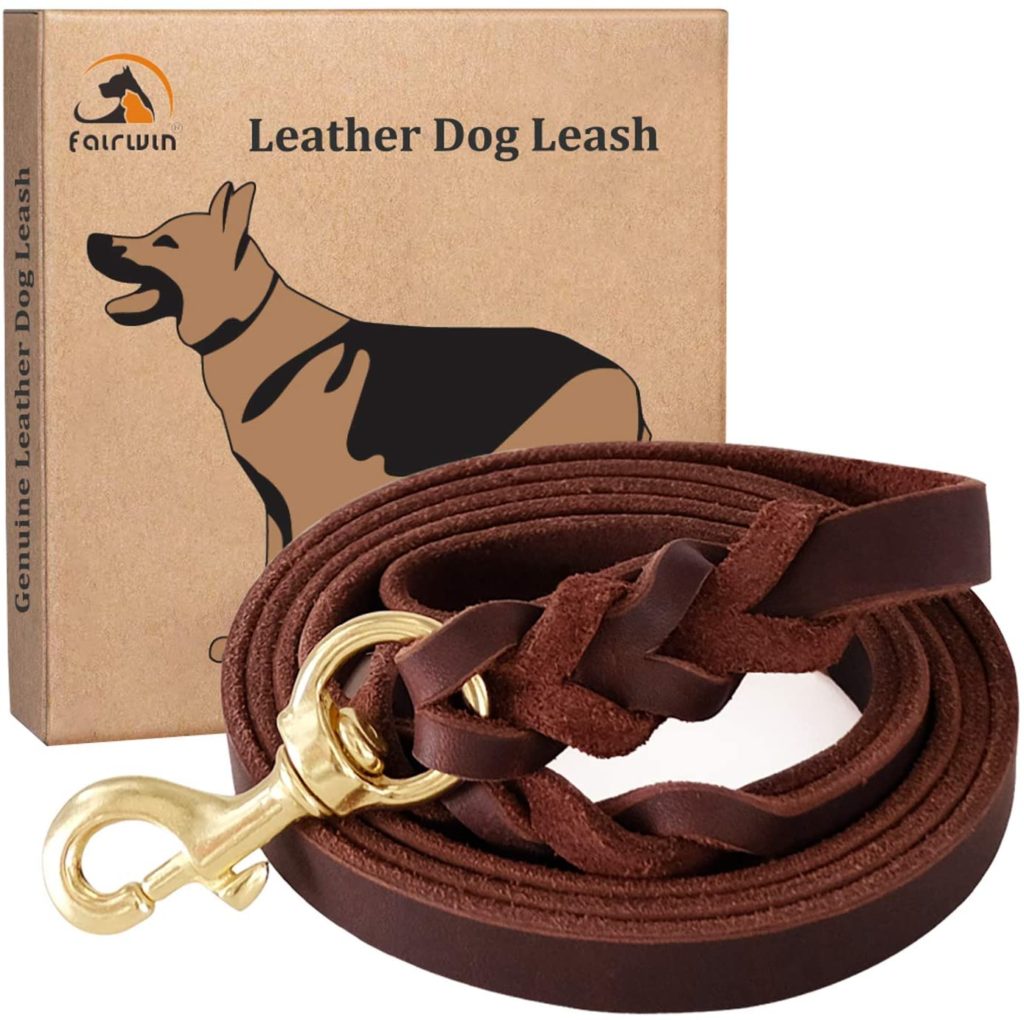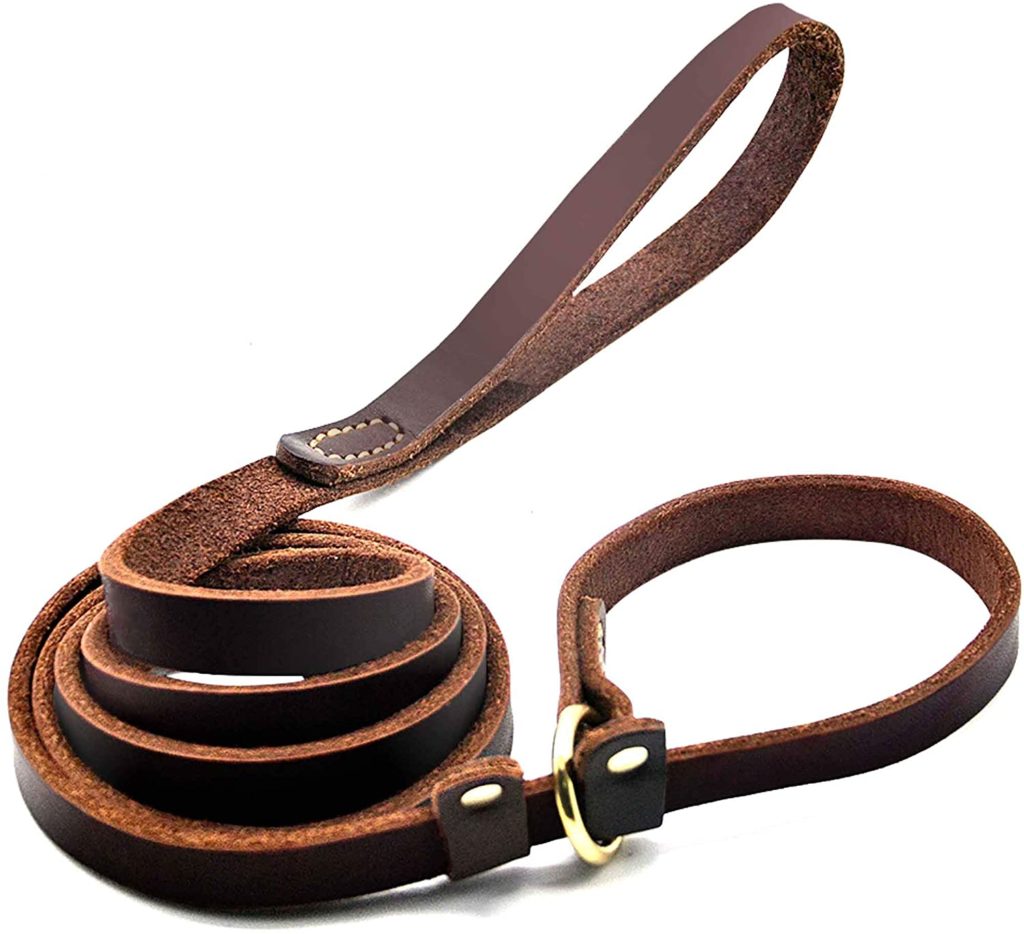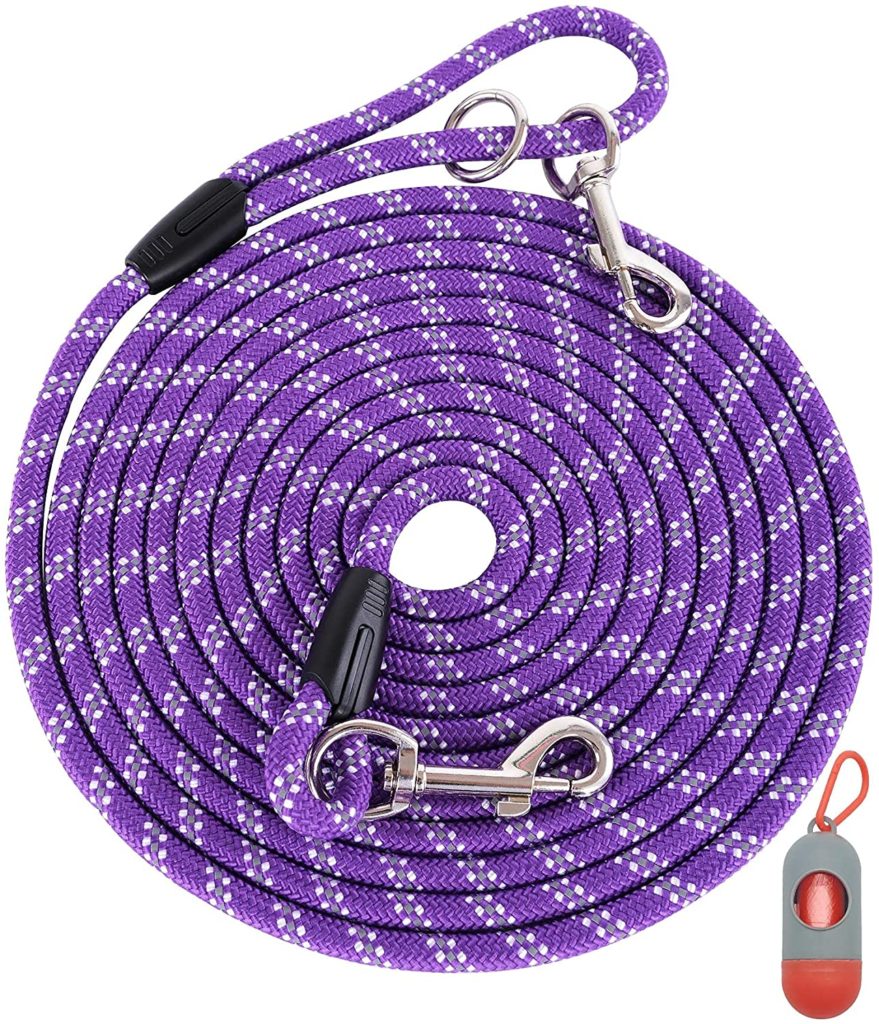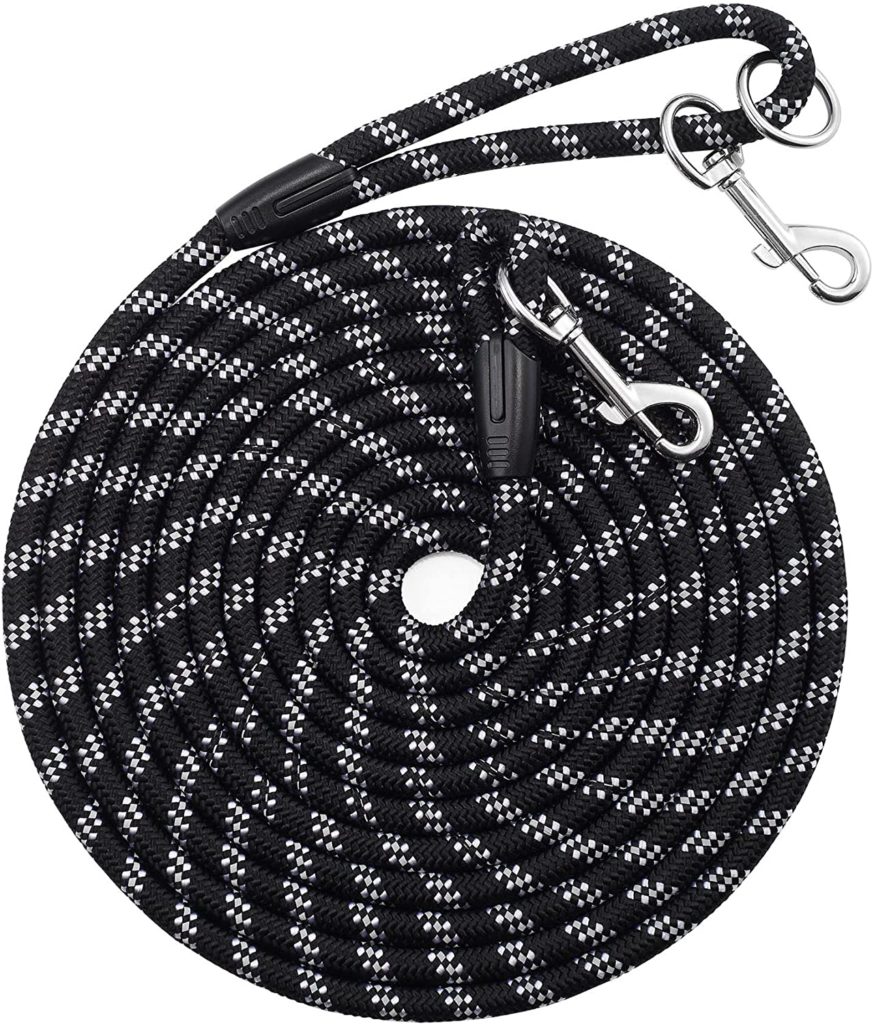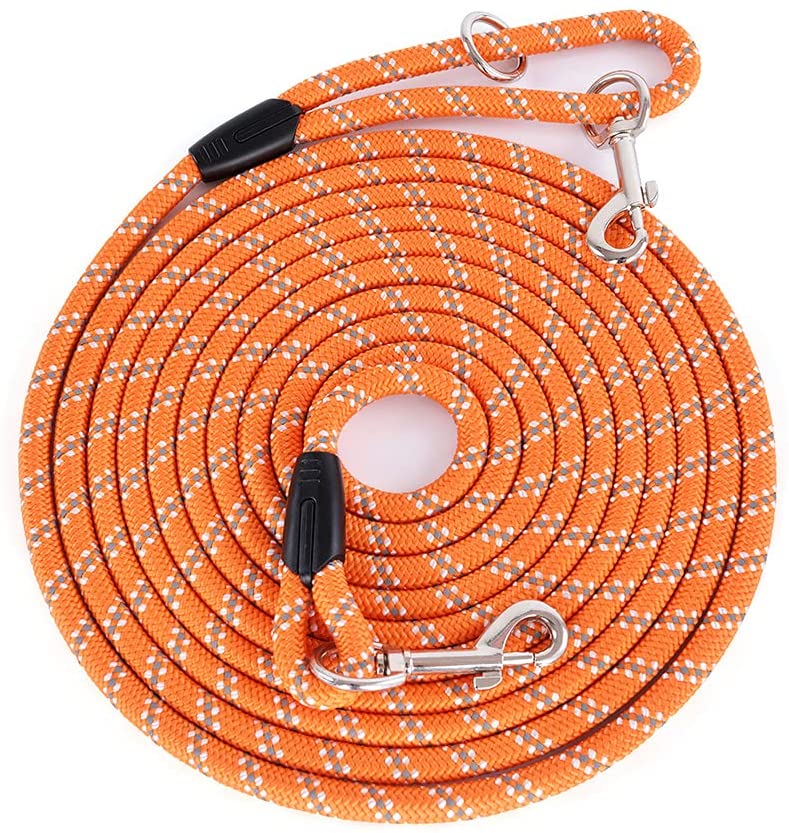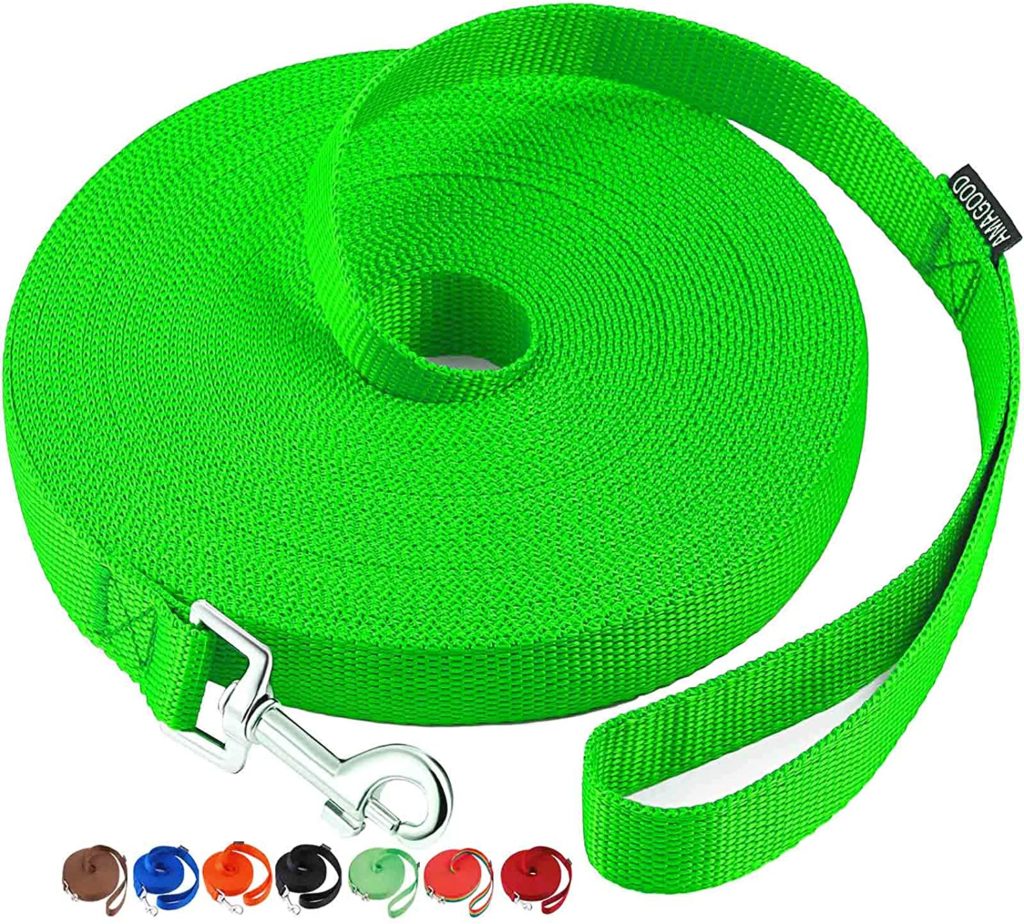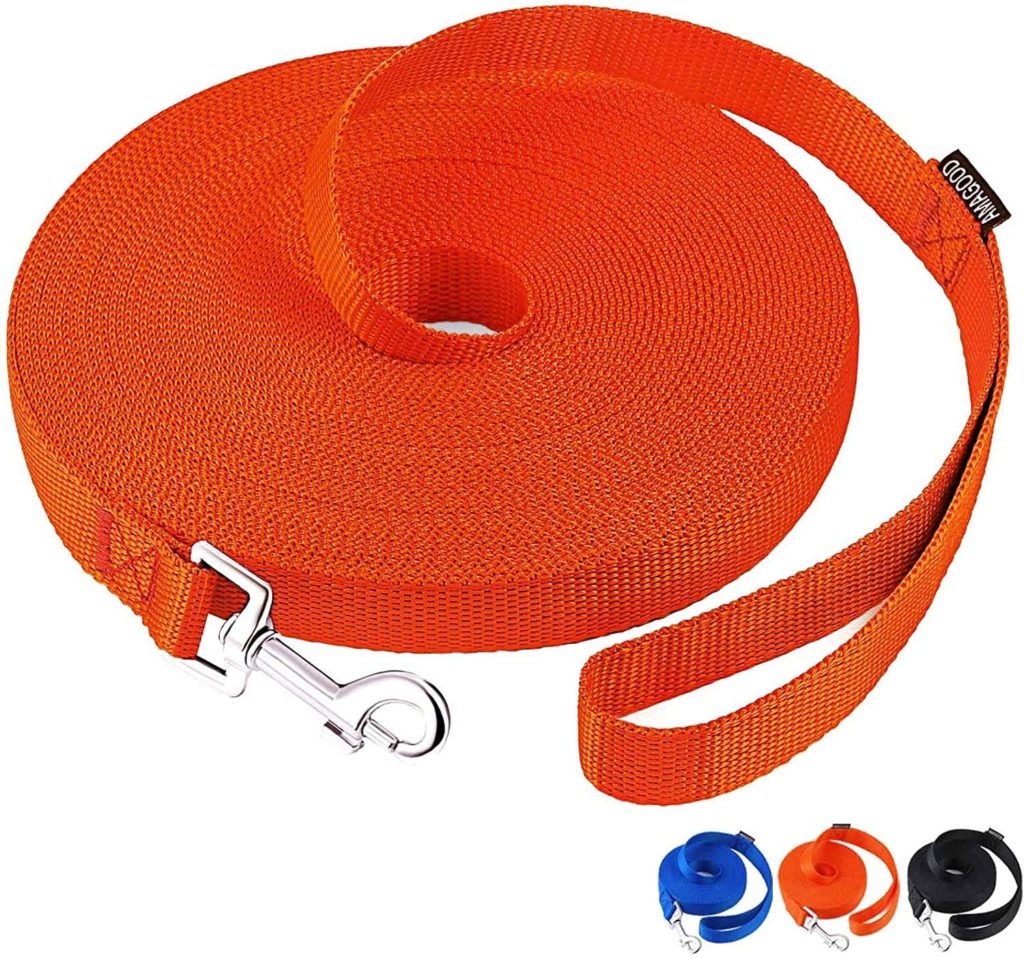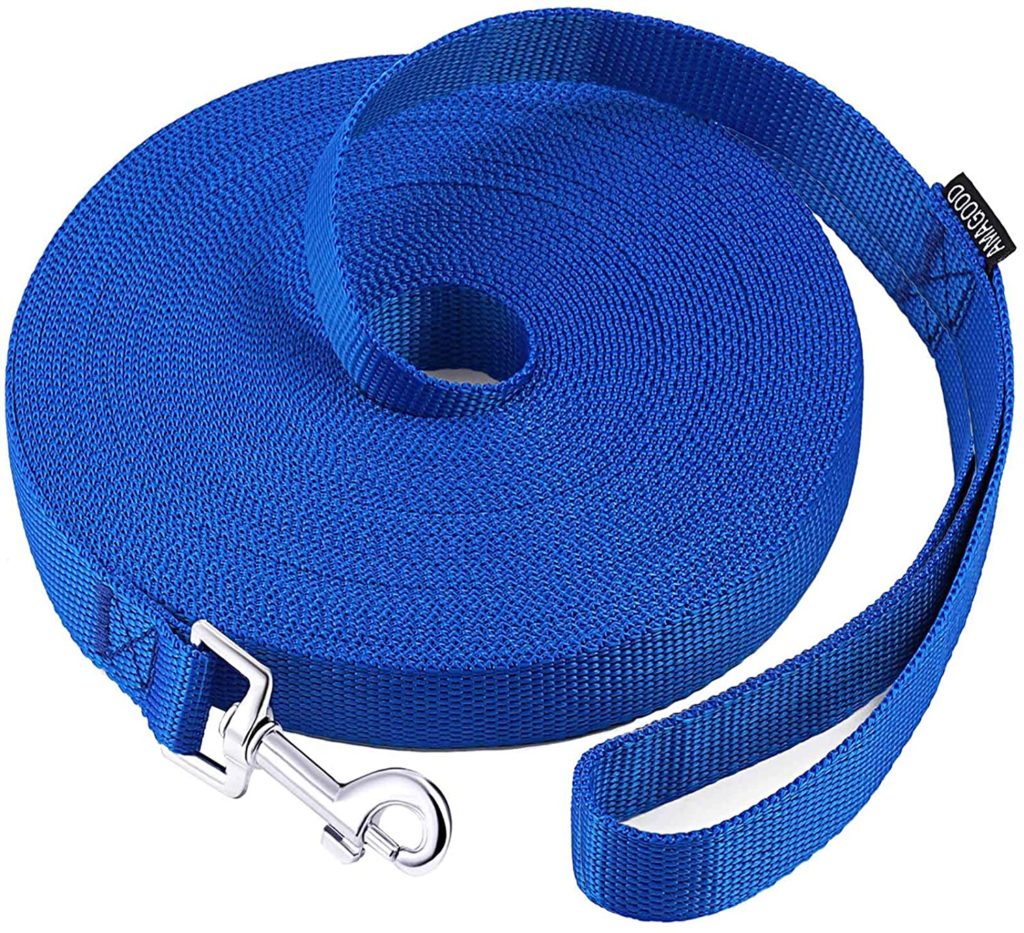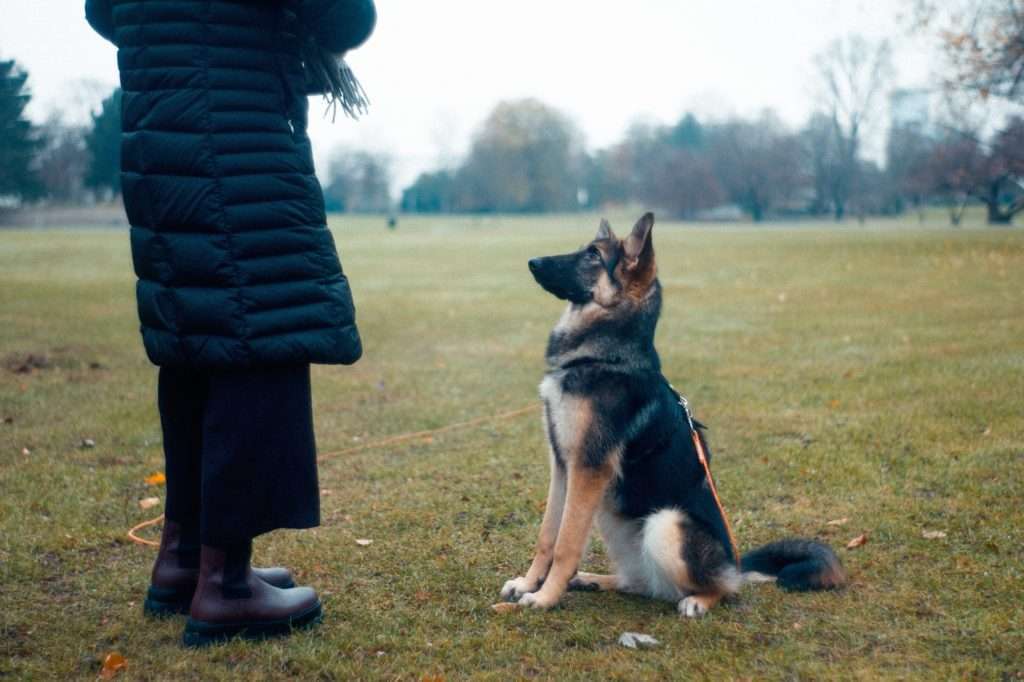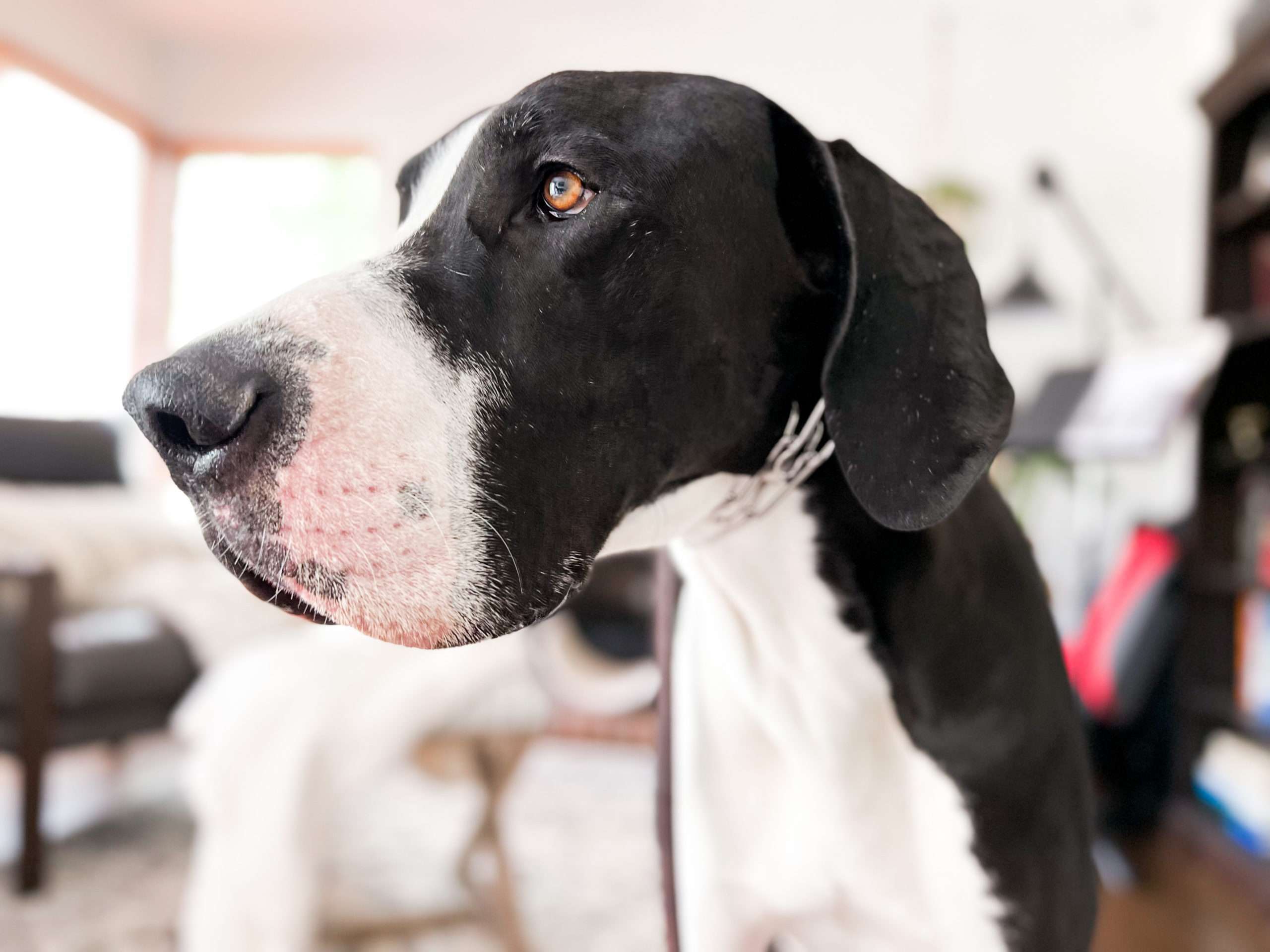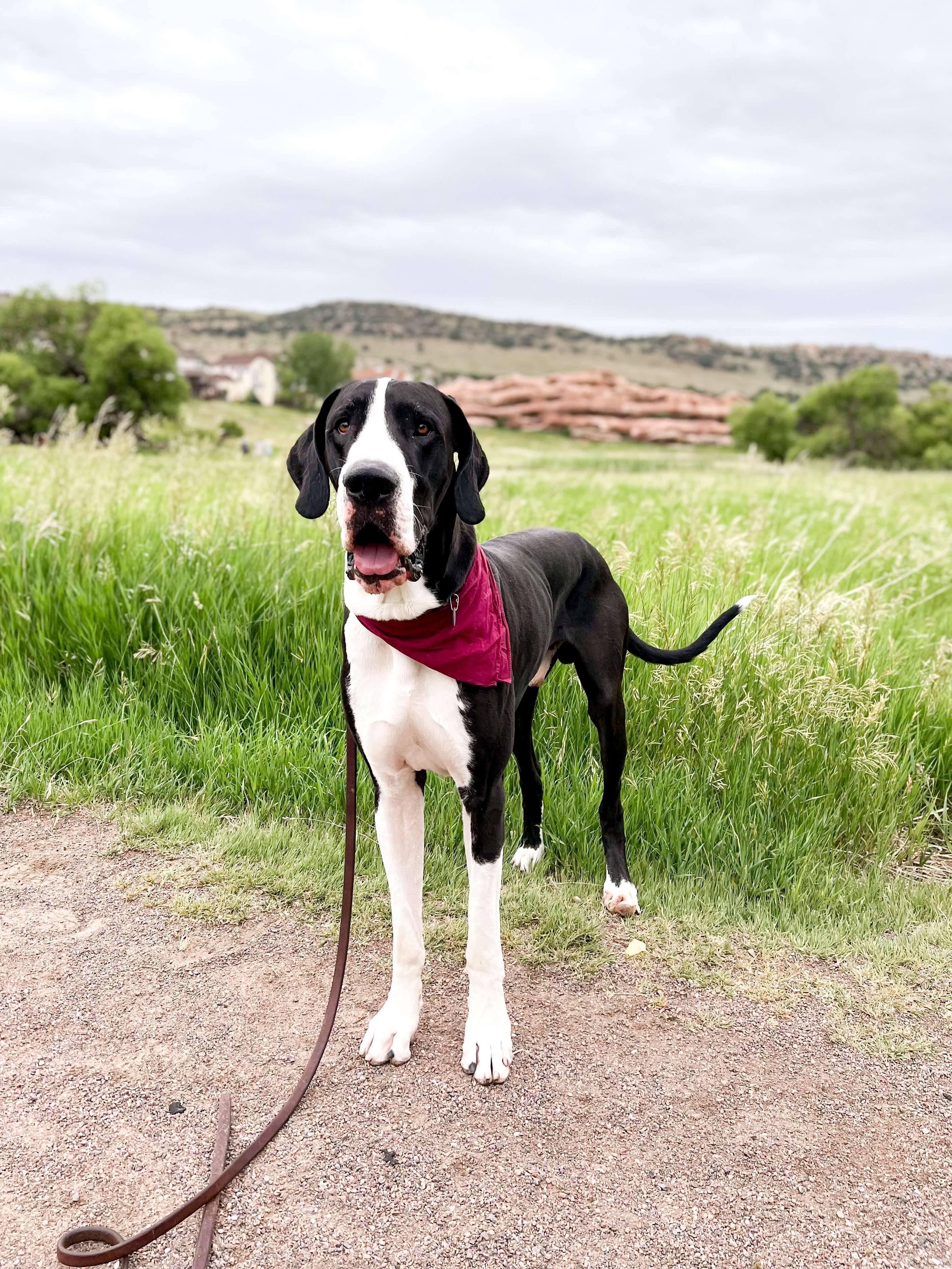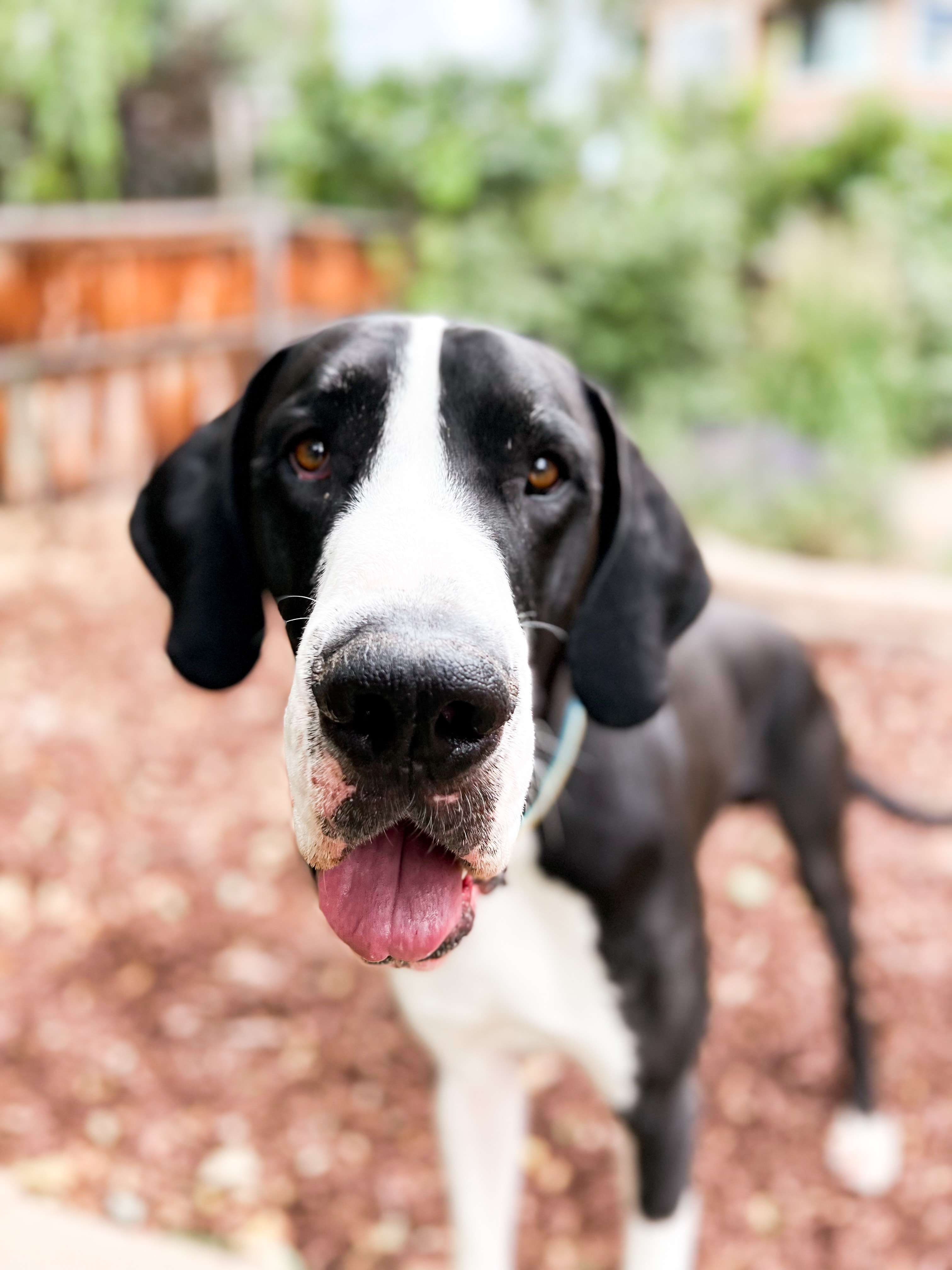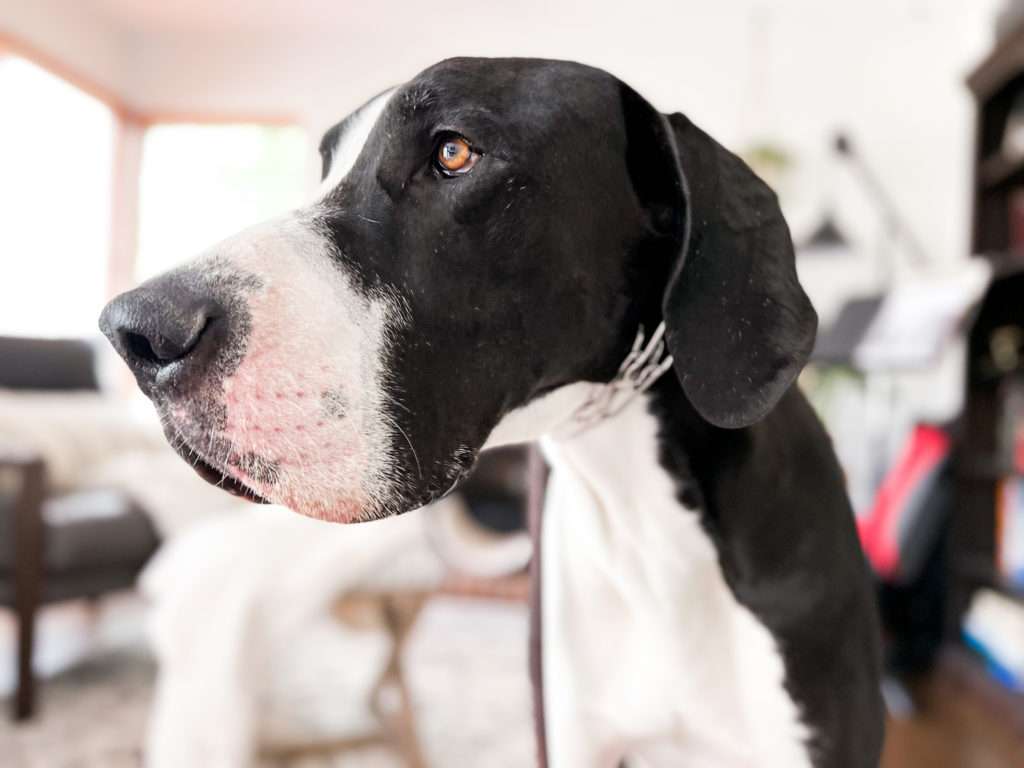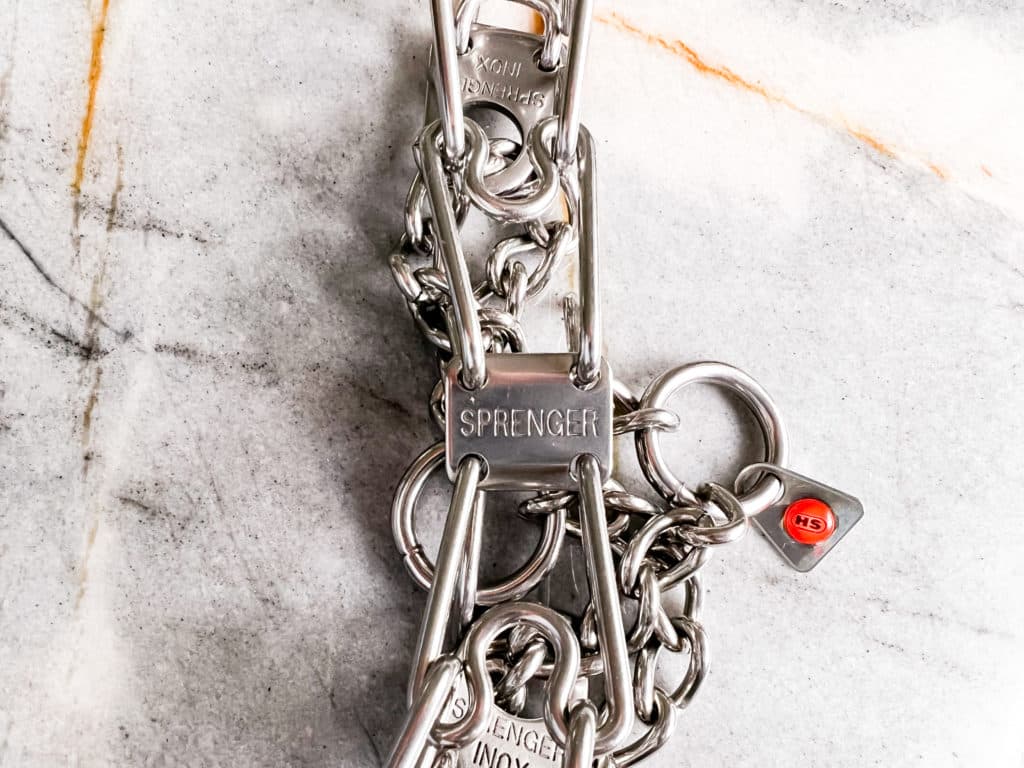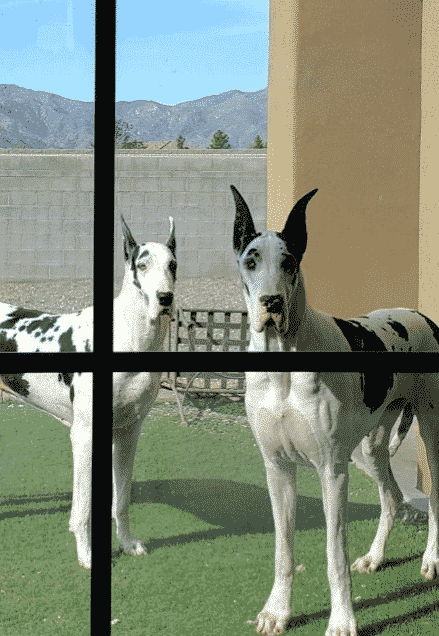When I met my friend Natalie (we have littermates and started this blog together), I was a noisy card-carrying member of the ‘force-free’ dog training club. Both of us were anti-Purina and hated ‘big kibble’, too. I disliked breeders and believed only in rescue. Prong collars and E-Collars? NEVER.
Together, we wanted our blog to be rooted in ethics, not to mention current research, science, and methods.
What surprised me was learning just how much my mind began to change as I researched and shared information from legitimate scientific sources. The more studies I read and the more I learned, the farther I strayed from those original ideas I had about training, food, and breeding.
I have since revoked my membership to the force-free, kibble-hating, breeder-hating dog club.
As a science-backed blogger and dog advocate, here are 5 CONTROVERSIAL ways I raise my Danes. From nutrition to training, to E-Collars, I’m sharing it all!
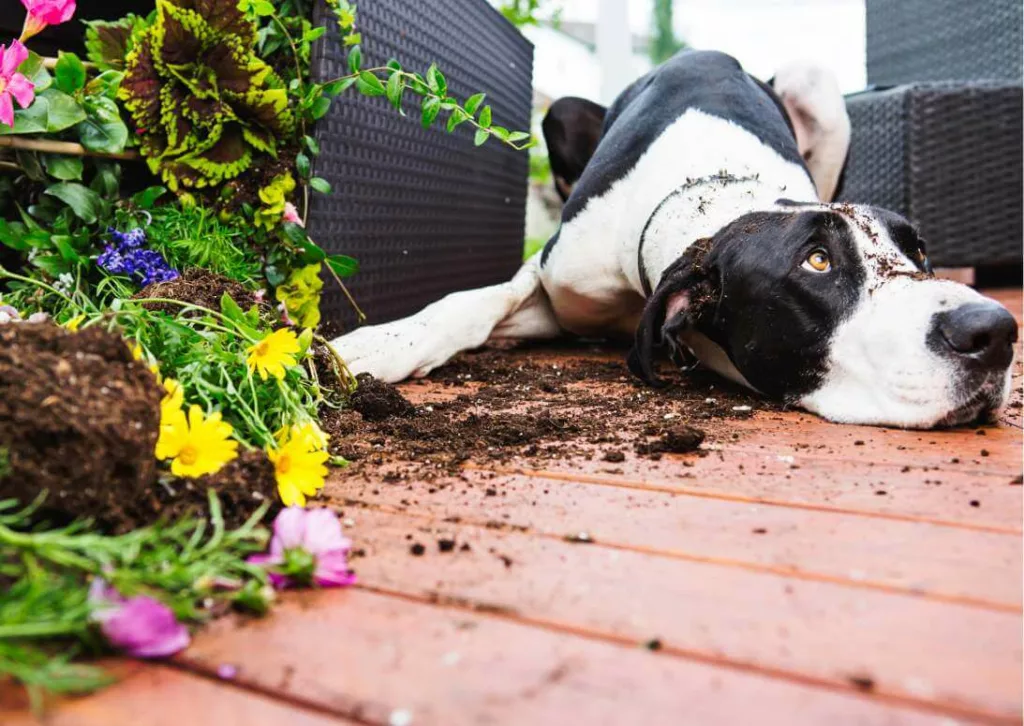
We Don’t Rest After Meals
In the Great Dane community, it’s long been cited that resting before or after meals would prevent bloat.
(Bloat is a deadly condition in large and giant breed dogs where their stomach fills up with gas, fluid, or air. If the stomach flips, the prognosis is grim. This condition is often sudden and may result in death, quickly. There is no known trigger. However, there are known risk factors including genetics, unstable temperaments, and poor gut health).
However, during THIS STUDY at Tufts University, researchers found absolutely no correlation between exercise and bloat. The study indicated that most cases of bloat happen to dogs that are resting, not moving!
There was no correlation of bloat risk to exercise before or after eating, as most dogs bloated in the middle of the night with an empty, gas-filled stomach.
Tufts University Bloat Study
This is not to say that rest will kill a Great Dane. But we need to stop villifying movement and food, too.
There has never been a single study proving that movement caused bloat in dogs or that rest was a legitimate way to keep it from happening. As a matter of fact, bloat rates have increased dramatically in the last 30+ years despite ‘resting’ being cited as a preventative.
I hate to break it to you, but it’s not working.
While it may be smart to take it easy after meals to prevent indigestion or stretching the stomach ligaments out (which CAN lead to an increased risk of bloat over time), movement itself is not likely to be a trigger.
I don’t believe in the false sense of security that this old-school, outdated advice provides.
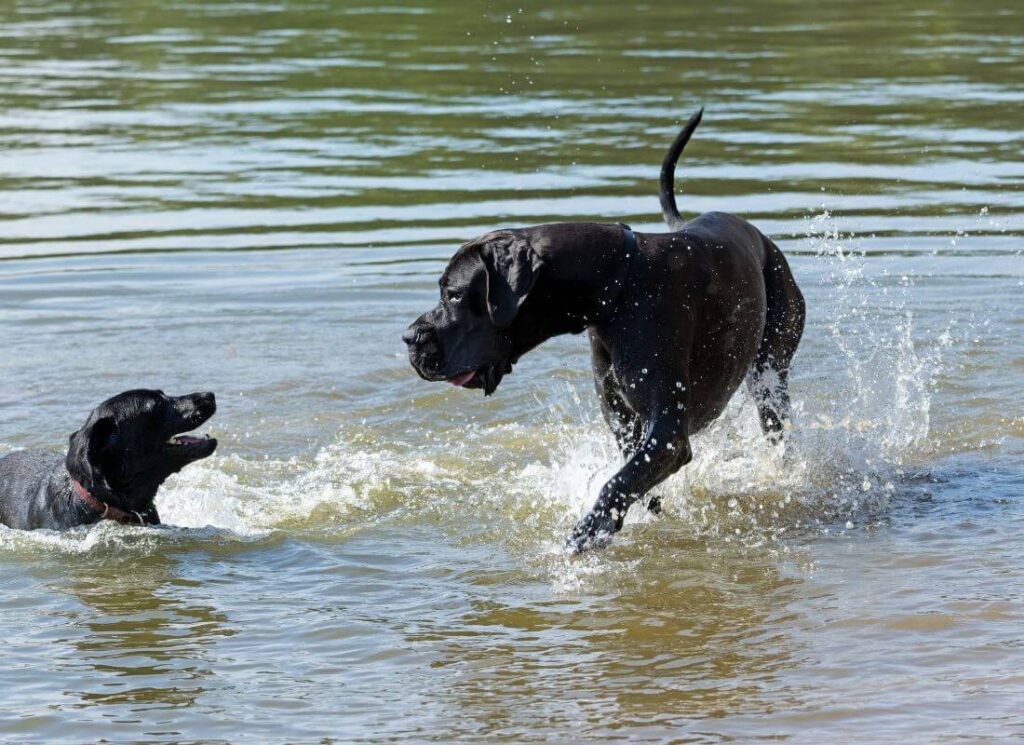
I Use a Prong Collar
Prong collars look awful. They are metal and pokey, which makes people assume that they work by being extremely painful.
Here is the actual reality:
A properly fit, high-quality Herm Sprenger prong collar is less aversive, less frustrating, and more humane than a front clip harness, “Gentle Leader”, or never getting to go out because of dangerous pulling and lunging behavior.
Why is this? Prong collars are built to distribute pressure evenly around the neck. This pressure does not hurt or pinch, but it is uncomfortable.
Coincidentally, the pressure from front-clip “no-pull” harnesses and “gentle leaders” is uncomfortable too. That’s why they work. The difference here is that the prong collar doesn’t rely on restricting movement.
“No-Pull” harnesses restrict shoulder movement and alter the dog’s gait, causing potential damage and pain to the front assembly and joints. “Gentle Leader” type head collars restrict neck and head movement and can potentially damage the eyes, nose, jaw, and spine.
Watch THIS video on YouTube to learn more. ⬅ One of the best parts about this video is that the dog’s body language immediately improves when the trainer removes the harness from her! The harness was causing suppression of her emotion and behavior; a common problem that people don’t notice or care to admit.
Prong collars do not harm dogs, suppress, or restrict them. The amount of pressure needed to communicate with one can be applied with a single finger. With proper training, the dog learns to remove this pressure by turning back to you for a reward.
The prong collar offers a simple, painless, on-off sensation that solves a LOT of problems for millions of people struggling with their dogs.
Look, these are GIANT breed dogs. Even the most well trained animal is stronger than most humans. Lunging, pulling, and reactivity are dangerous behaviors in Great Danes, and it’s not fair to lock them up for life because we cannot trust them to be polite, calm, and gentle on a leash.
Click HERE to read my story about why my well-trained Great Dane sometimes wears a prong collar when in public.
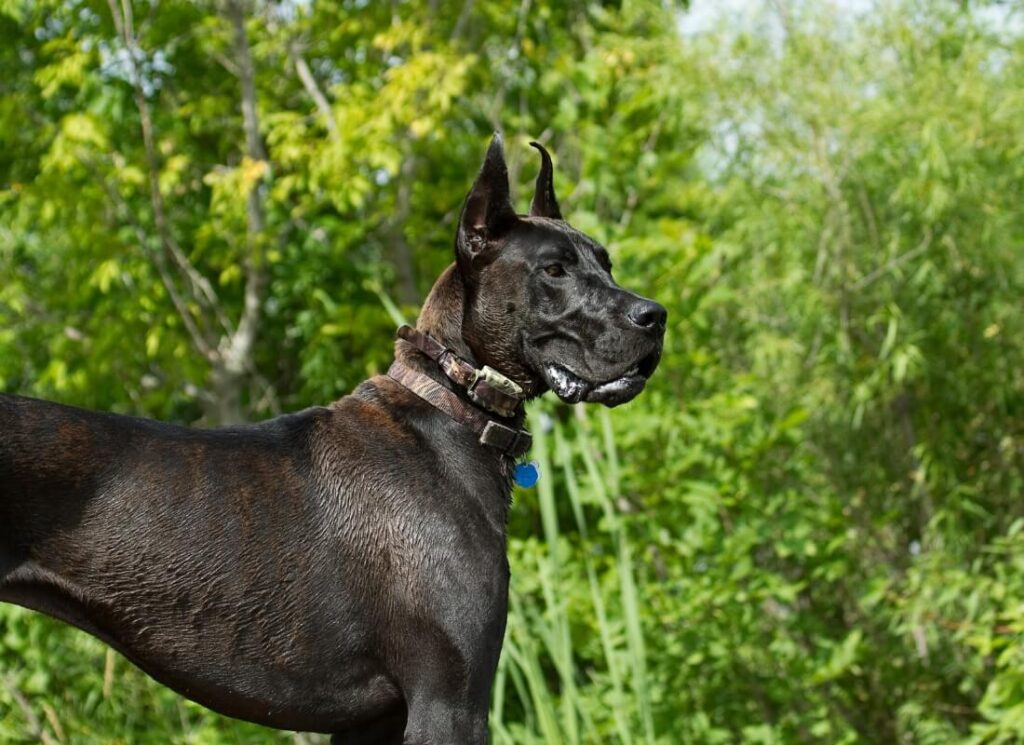
My Dogs Eat Purina & Royal Canin
As I mentioned above, I revoked my card to the anti-Purina club. I used to be a rabid hater of all things Purina. As far as I was concerned, Royal Canin was trash, and Hill’s Science Diet? Don’t get me started.
So how did I go from that negative mentality about the ‘Big 5 Foods’ to telling people who feed kibble that those brands are actually among only a small handful of acceptable choices?
Story time!
I spent years flip-flopping between food brands to find “something that worked“. I received advice from pet store employees, dog owners, blogs, and social media. Who doesn’t want to feed their dog a more holistic, natural food?
All three of my dogs were struggling in some way or another. Chronic loose stools, swollen paws, itching, heat intolerance. Then one of my dogs became very, very sick. She was lethargic, had become weak, had no muscle tone, and had developed some concerning health problems.
My veterinarian implored me to put her on Hill’s Science Diet or Purina, a suggestion that I thought was appalling and gross. I thought, “She is literally dying, why would I put her on that food and make it worse?”
So I took her bloodwork into Chuck & Don’s and asked a pet store employee to look it over and give me advice.
Read that again. I asked a pet store employee, with no qualifications, to tell me how to treat my dog.
He told me to choose a “high-quality” diet from their shelves, and “steer clear of that nasty Hill’s Science Diet trash“.
In telling me this, he validated my own misguided beliefs, and generated sales. ?
It made ME feel good to buy that $90 bag of ‘Holistic Super-Premium” kibble, but it did not make my dog feel good. As a matter of fact, it did nothing for her.
Do you know what did make her feel good and ultimately saved her life? PURINA PRO PLAN.
Within weeks of feeding Purina, she was developing muscle tone again. All of her symptoms reversed completely and her energy level skyrocketed. My other dogs were suddenly thriving, too. It was nothing like I had been told.
Many dog food brands use sneaky tricks and marketing tactics including ‘Ingredient Splitting’ to make you think the food has a higher meat content or is healthier. Everything they say is to get you to make a purchase.
The more ‘holistic, natural, and premium’ the kibble seems, the more likely it is that they are better at marketing than they are at making truly nutritious and balanced food.
READ MORE at the Tufts University Petfoodolgy blog. This is the most scientific, modern source for nutrition information and is run by veterinarians with board certifications in nutrition. One of the veterinary nutritionists is even a consultant for BalanceIt, where you can create safe, balanced homemade food recipes for your dog. Everything they say is backed by actual research, and you won’t find an ad, affiliate link, or financial motivation in sight.
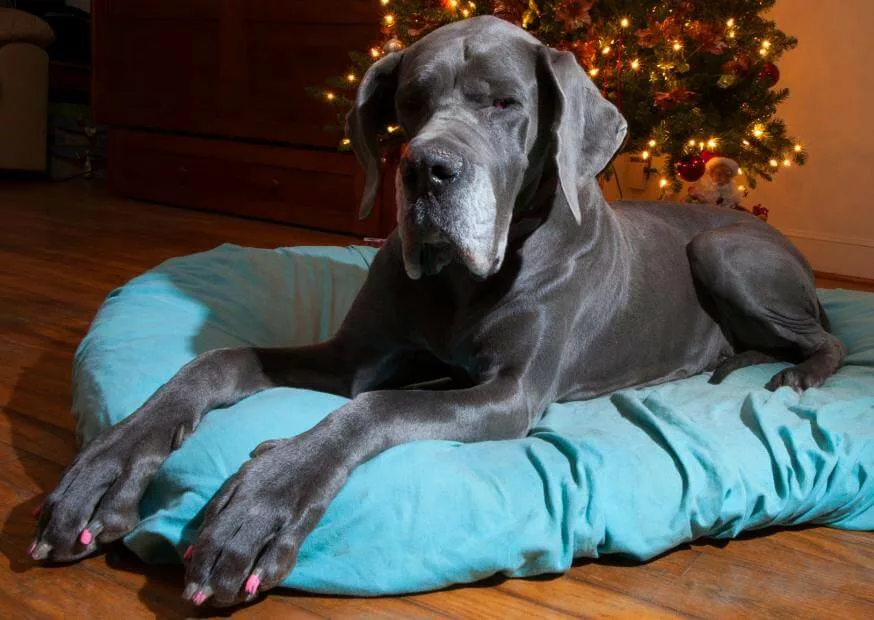
My Dogs are E-Collar Trained
Yup. That’s me. Former “Force-Free” dog training fanatic.
All three of my dogs are now E-Collar trained. The “force-free / R+ / Positive ” dog training community HATES E-Collars, and with good reason.
Too many frustrated people buy cheap shock collars on Amazon and zap the crap out of their unsuspecting, poorly-trained pets. This is not humane and it’s not fair.
E-Collars are different. They first require that the dog has a good foundation in basic positive obedience.
Then, they use a gentle muscle stimulation that is not aversive or painful. This stimulation is often imperceptible to humans and replaces leash pressure. By replacing leash pressure, we can effectively and safely eliminate physical restraint. This is an incredible innovation for giant breed dogs who are strong and powerful!
By eliminating physical restraint, we eliminate the frustration, safety problems, physical power struggles, and potential damage to the head, neck, and shoulders that can be caused by collars, head collars, harnesses, and long lines.
Because I trained my dogs to respond to very low levels of muscle stimulation, they can be off-leash anywhere that it is safe and legal to do so. They don’t have to drag long lines around, I can trust them to be in my front yard, and they would never, ever dream of bolting, jumping a fence, or leaving our property. If they did, the pressure (not shocks! Pressure, like hitting the end of a long leash) from their E-Collar will remind them to turn around.
When they turn around, the pressure is gone; they are 100% in control of their collars and the sensation that comes from them.
Run from any dog trainer who tells you that an E-Collar is always aversive and a harness and life on a long leash are not. They do not understand how behavior science, modern E-Collar training, or how physical restraints of all kinds utilize pressure and punishment in different ways.
Since E-Collar training my dogs, they have more freedom, more choice, and more enrichment than ever before.

I Let My Dogs be Dogs
What does it mean to let a dog be a dog?
It means letting them get dirty. Allowing them to roll in mud pits, dig holes, crawl through the grass, and explore the world around them to their heart’s content.
Letting a dog be a dog means treating them like dogs, not people or children. Giving them boundaries and saying NO to keep them safe, so that I can tell them YES as much as possible.
It means letting them sniff the ground on walks, or better yet, be allowed to run naturally and freely off-leash as much as possible. That off-leash privilege begins with training, lots of boundaries, and yes, an E-Collar.
All three of my dogs have orthopedic issues related to injuries from before I got them. Two are missing legs, one has a very deformed foot. I do not coddle them. They are allowed to run, play, tumble, struggle, fall, and get up again like any other dog. I take them to training classes. We go hiking. We walk. We play.
With Boundaries, of Course…
Educated dog ownership means never humanizing their emotions.
Dogs are not spiteful or jealous or ‘dominant’, they are however often insecure, pushy, or rude and desperately need our guidance and understanding, not our assumptions and judgments.
I have a no-tolerance policy when it comes to teeth, nails, and baths. My dogs get their spa treatments on a regular basis whether they like it or not. This is one place where I don’t let them just ‘be dogs’, because if I did, I would be neglecting needs that aren’t met naturally in the typical suburban home.
We see the veterinarian regularly. I don’t coddle them there but we do make it a good experience – so much so that even my more timid rescue girl will willingly go with the veterinarian and lay down politely for her exams. They step onto the scales because I made it clear that it was not-negotiable.
To some extent, I believe that the ‘force-free’ and ‘fear-free’ movement is harmful. Dogs who never face stress don’t learn to cope with it either, and it’s not uncommon for frustration, reactivity and fear to increase with those methods.
As a reformed ‘force-free’ person, I now realize just how much science is cherry picked to fit that belief system.
Dogs are not babies. We don’t have to coddle them or remove every single stress from their lives. Being isolated and restrained in the name of avoiding all forms of stress is no life for a dog at all. That said, we don’t have to be jerks to them, either! Force and harsh physical handling are not cool. Find some middle ground.
Because I have high expectations of them, they are happier, calmer, friendlier, and stronger as a result!
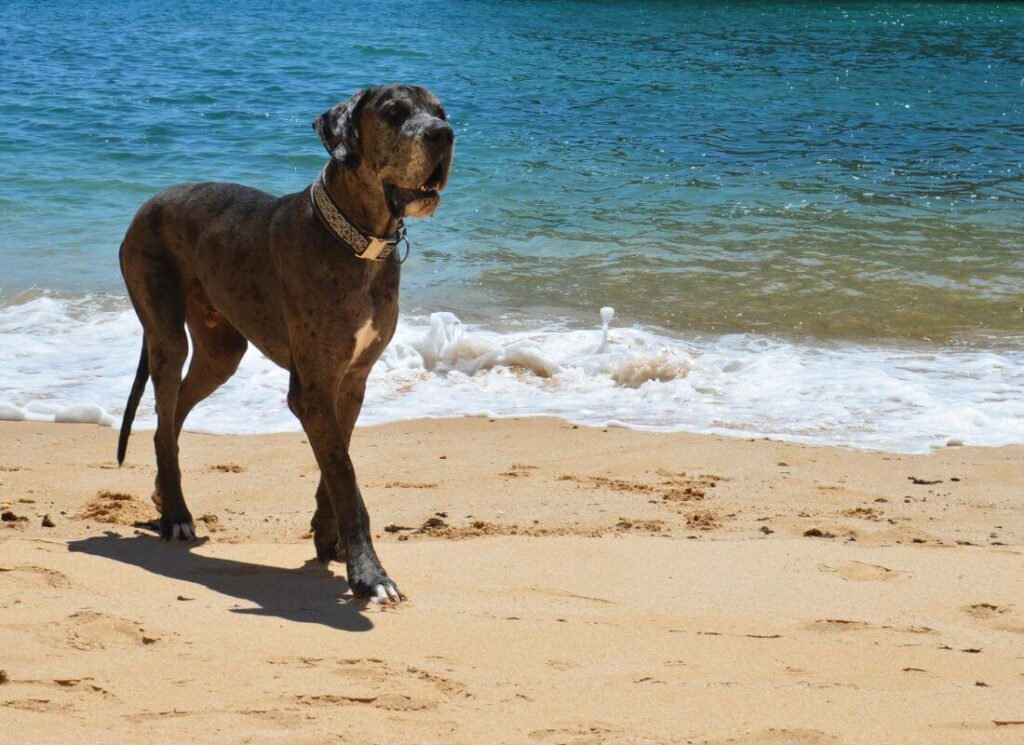
Bonus: I Keep My Dogs LEAN
If I had a dollar for every person who asked me if my dogs were starving, I’d be rich. They are not starving. They are covered in muscle and have tons of energy. Starving dogs can’t say the same.
We are SO used to seeing overweight dogs, that a healthy-weight dog covered in muscle can appear alarmingly thin. Our perception has been skewed.
Truth time: overweight dogs have shorter lifespans (2 years, on average). They are more likely to suffer from arthritis, joint problems, cancer, heart problems, and complications related to anesthesia, among other things.
Danes are a lean breed. They take forever to mature, too. This photo is of my intact male at around age 2. He still has some filling out to do here, but not in terms of fat! His head, chest, and hips continued to broaden from this point on.
If you want to reduce cancer risk, keep your dog lean! That’s step one.
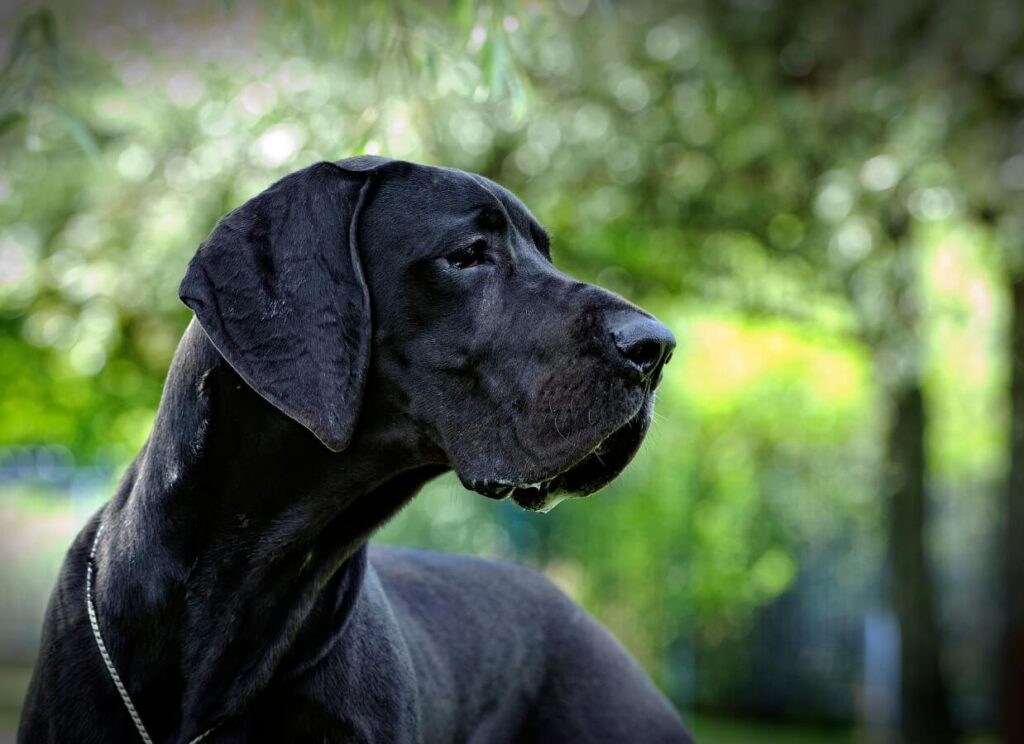
I really could add a 7th item to this list about spaying and neutering, but I’ll stop here and save it for another day 🙂
What controversial ways do you raise your dogs?

